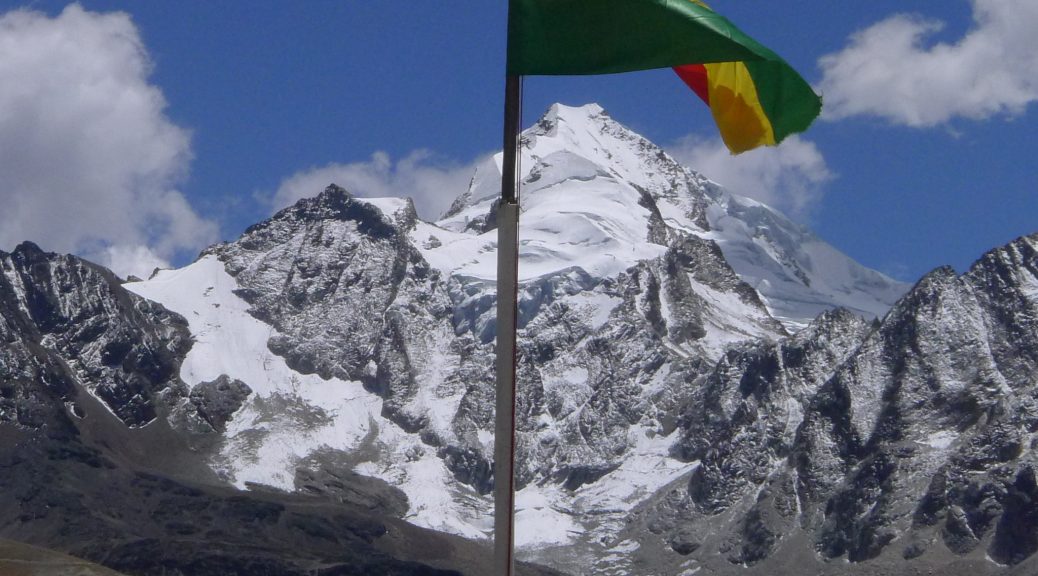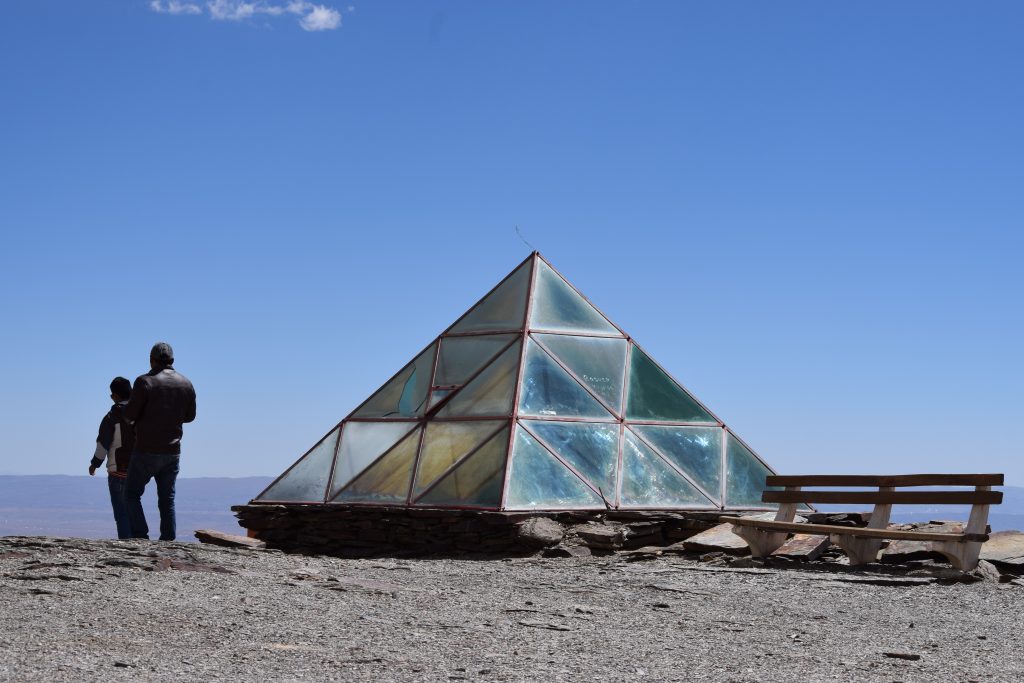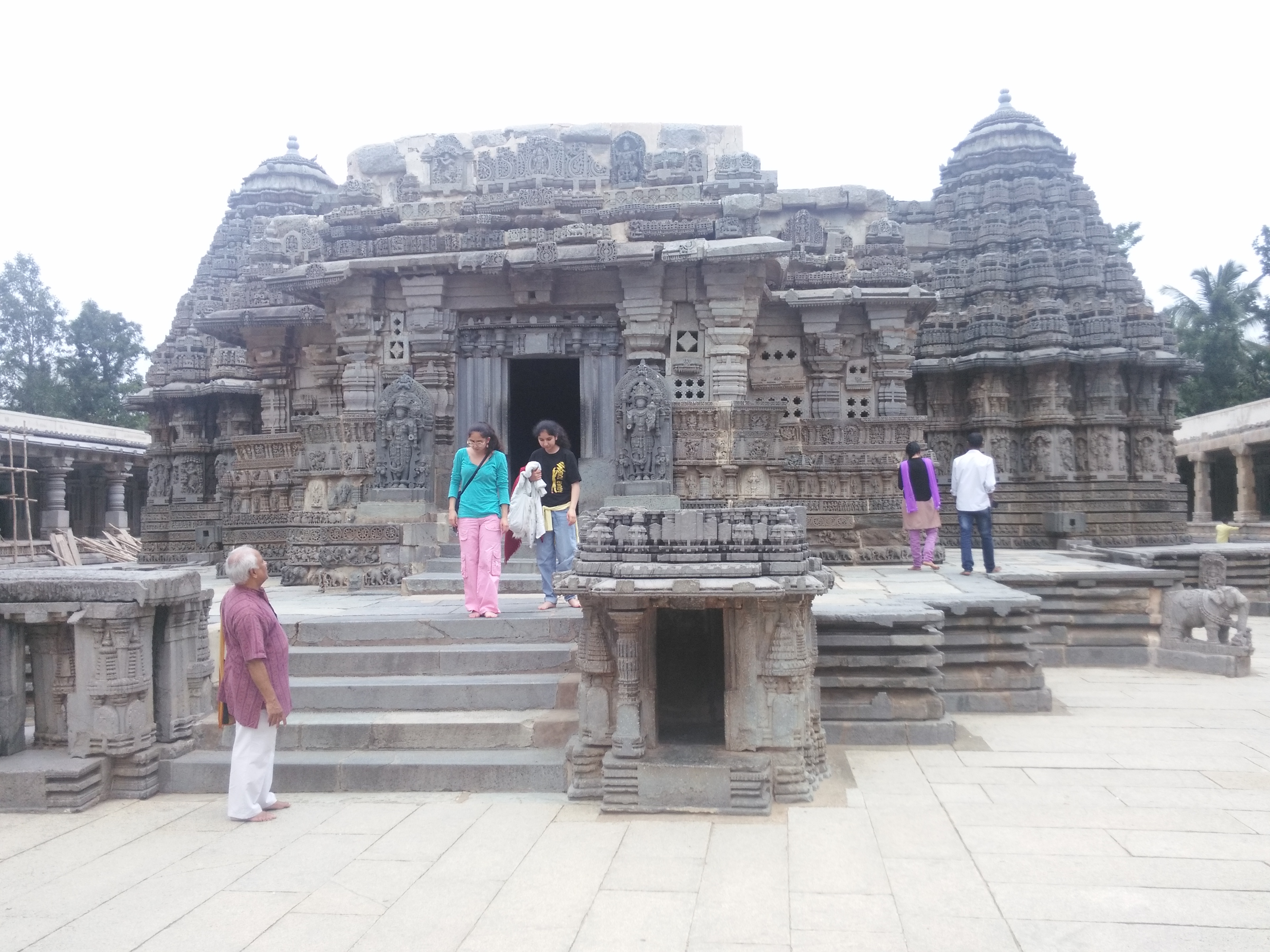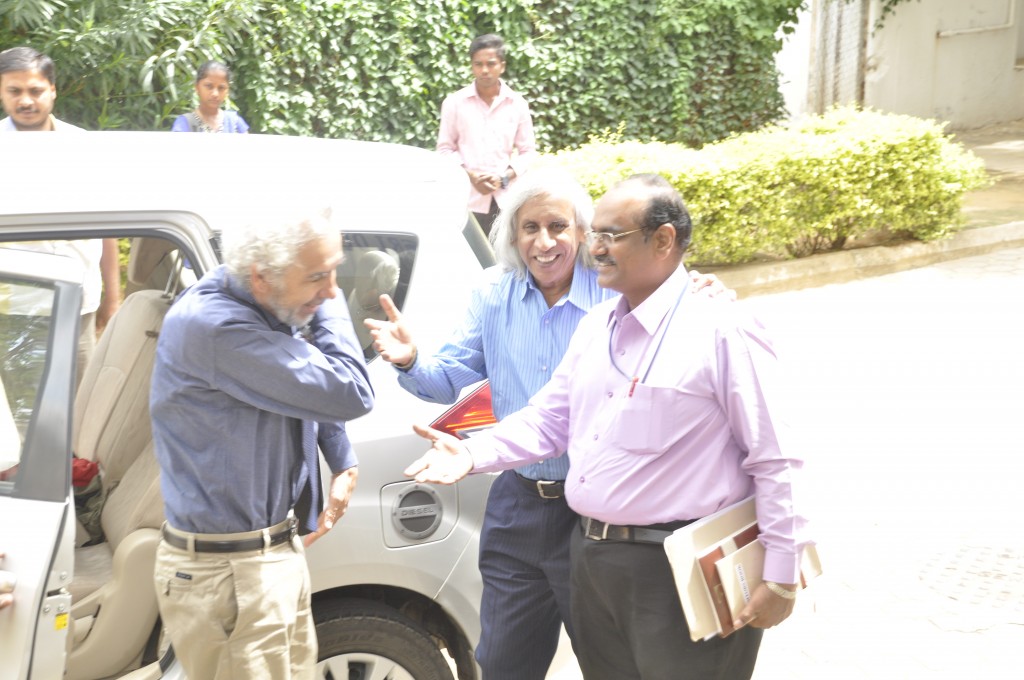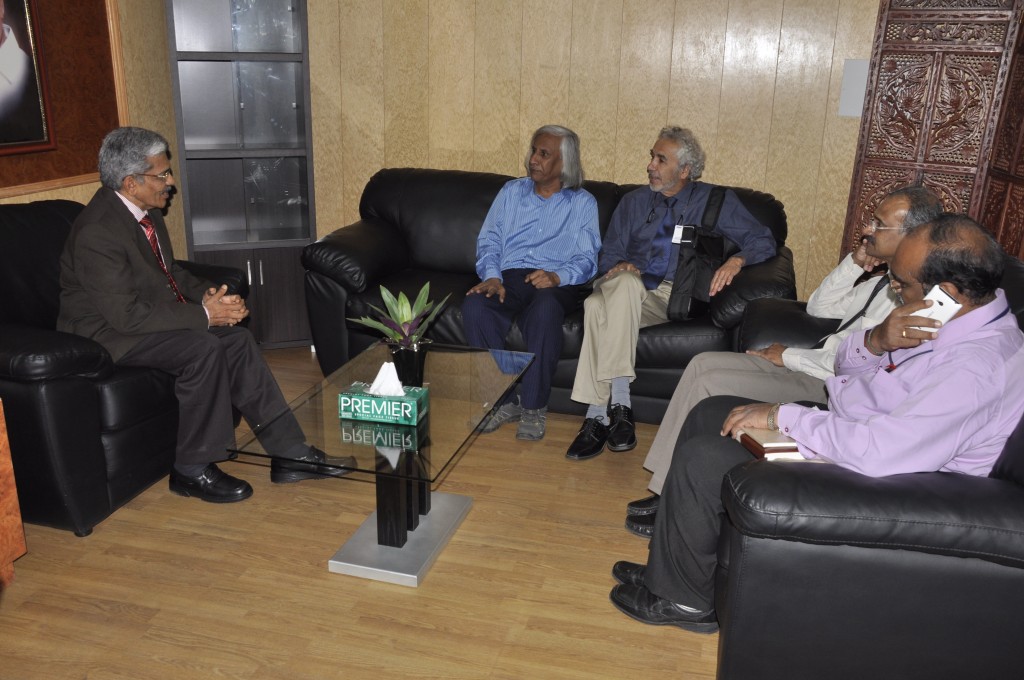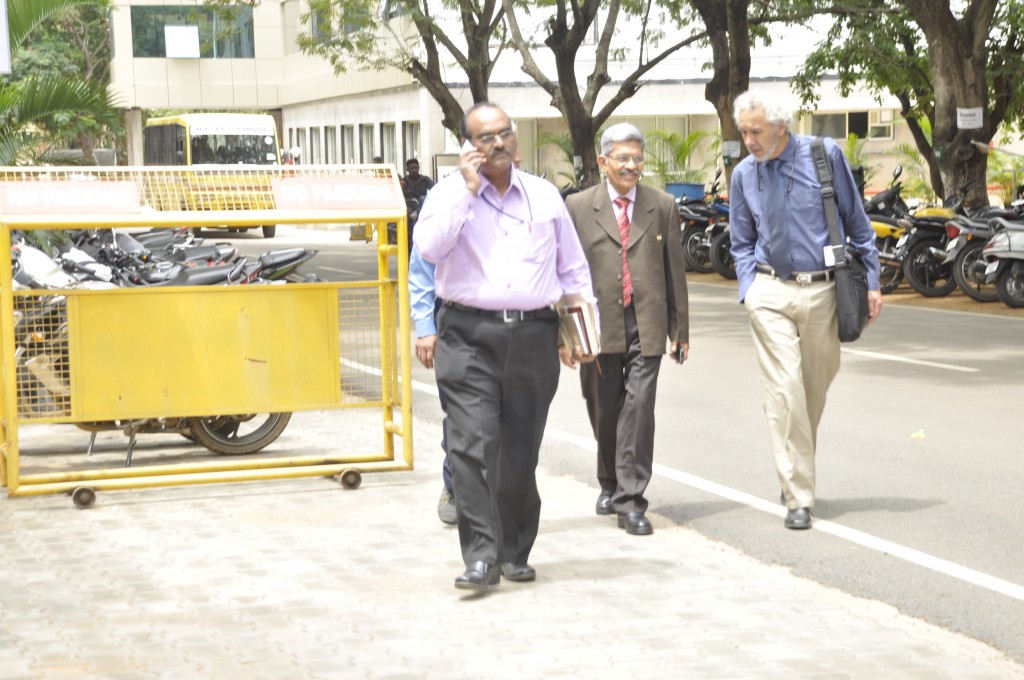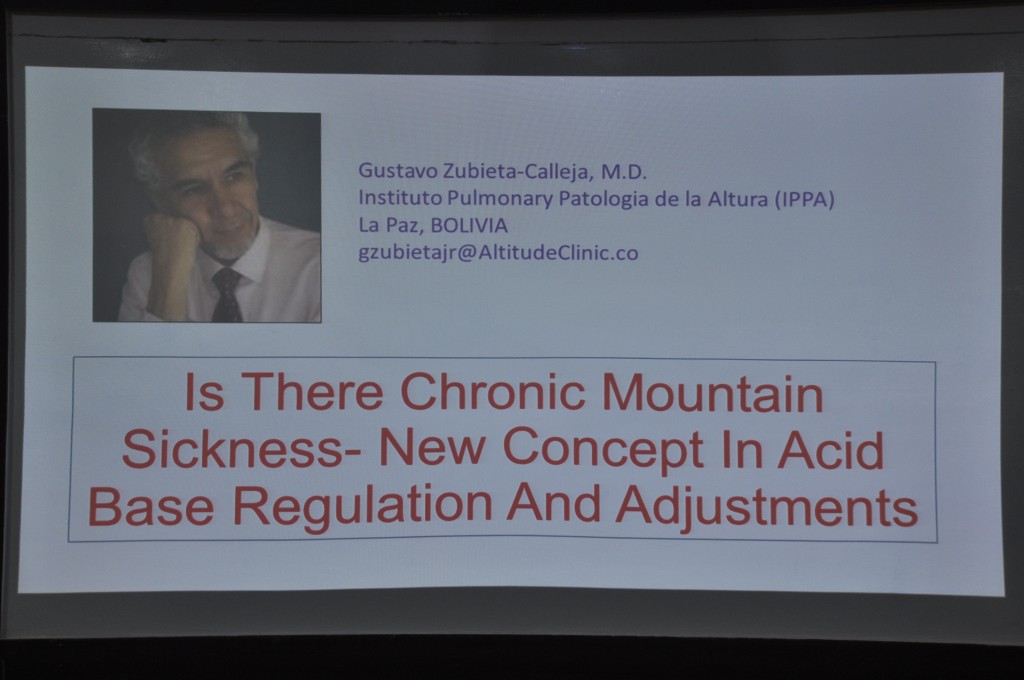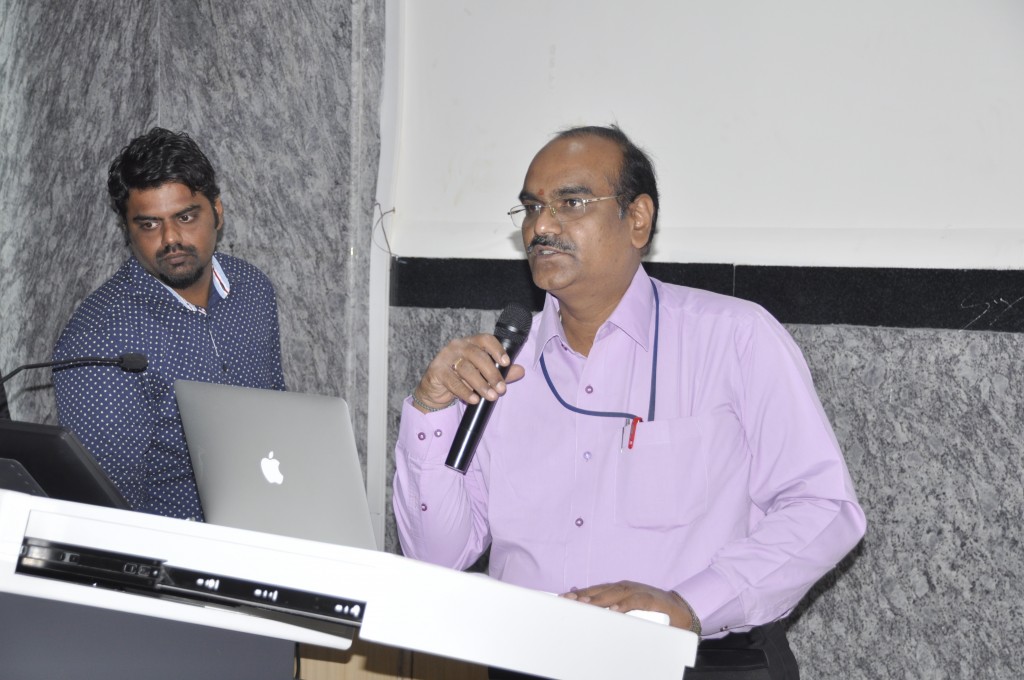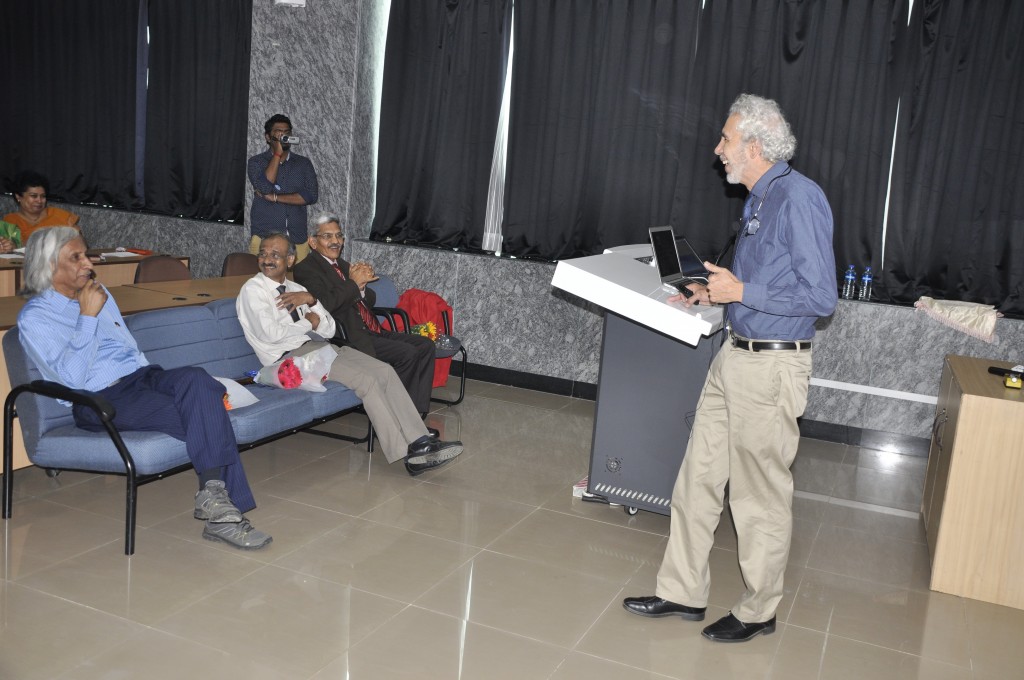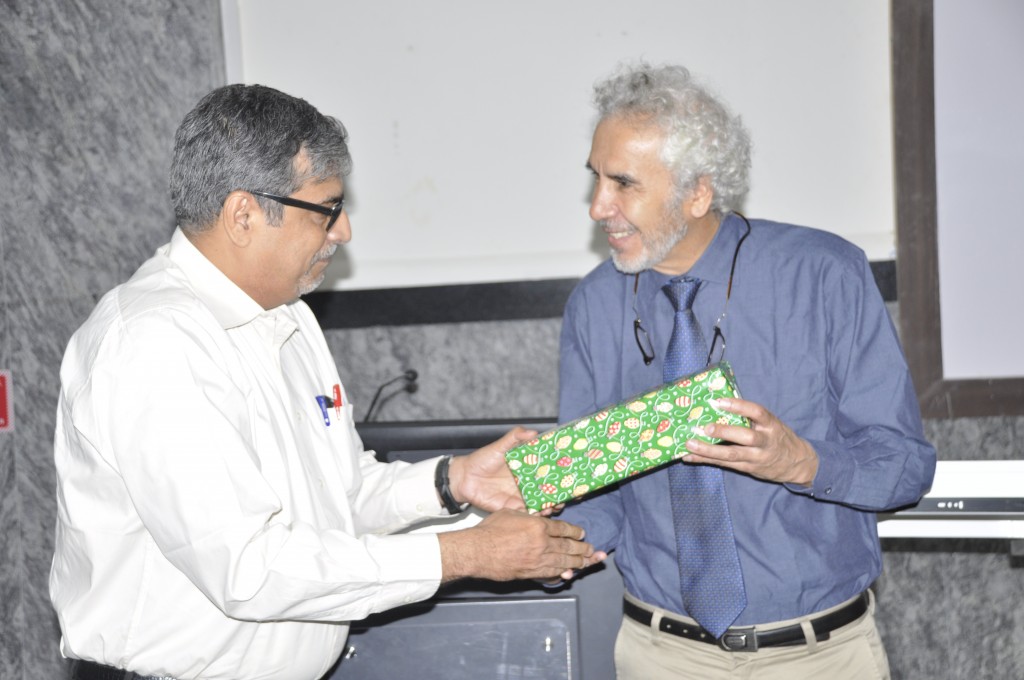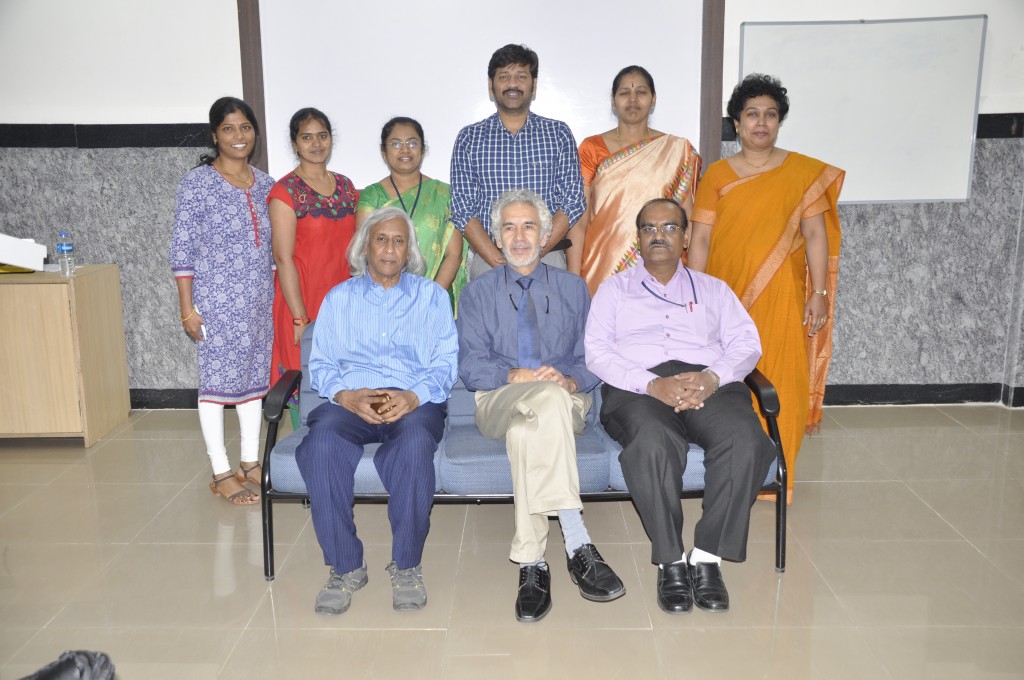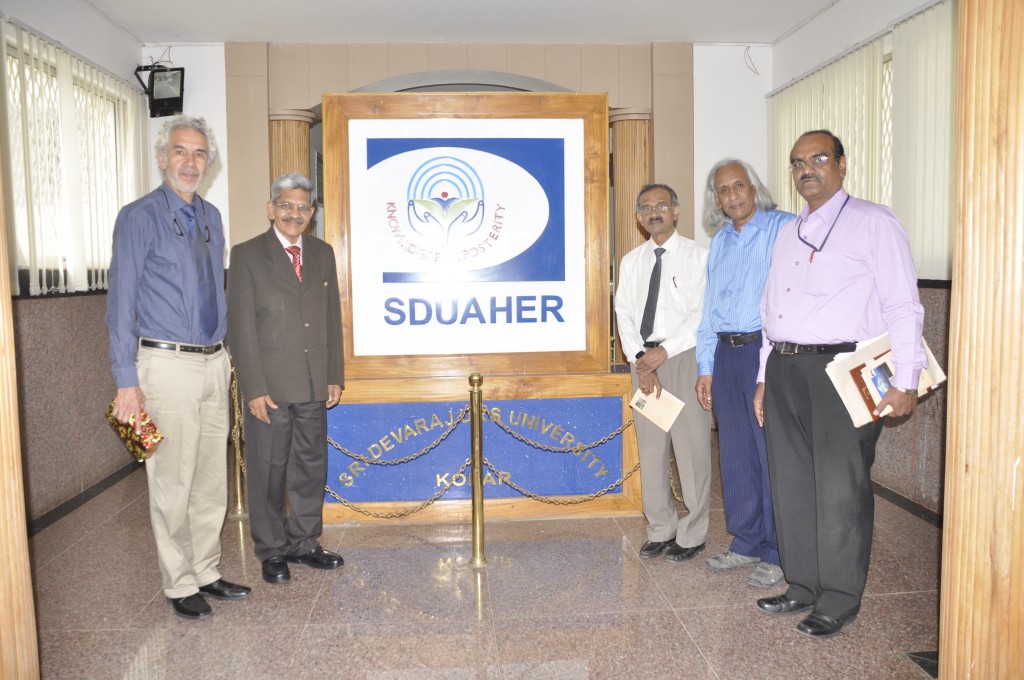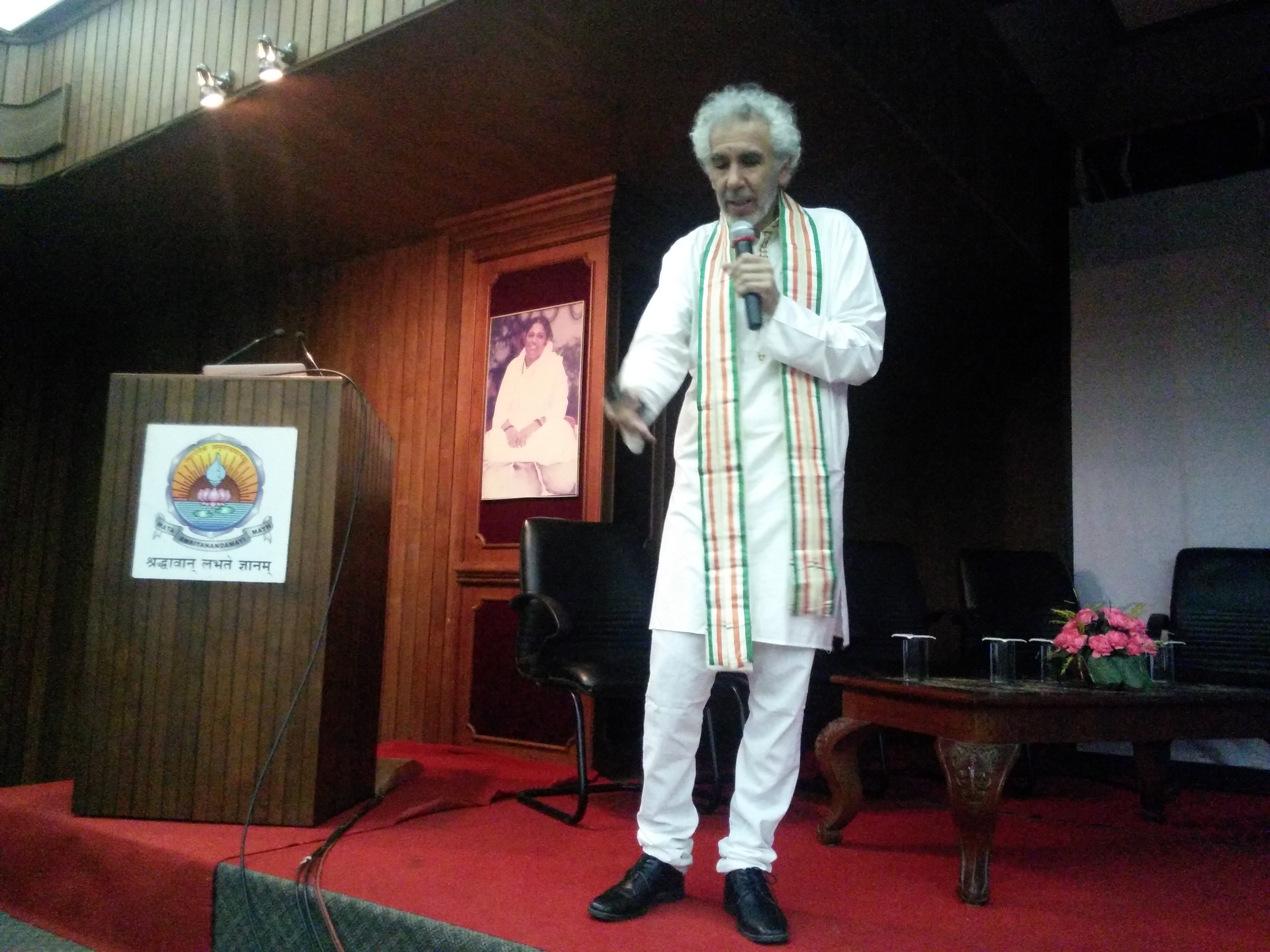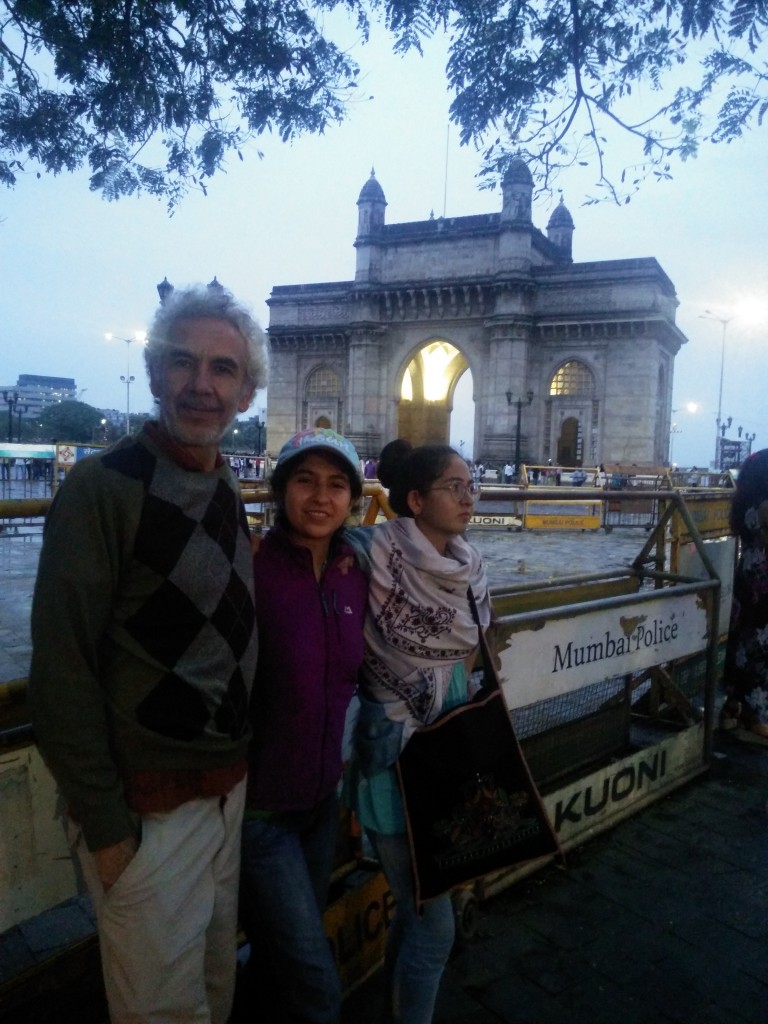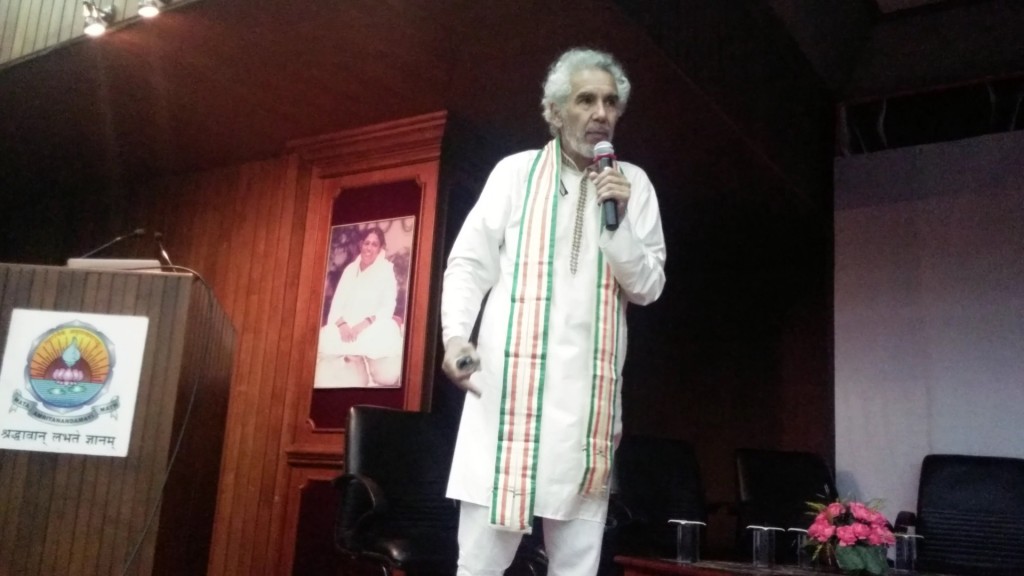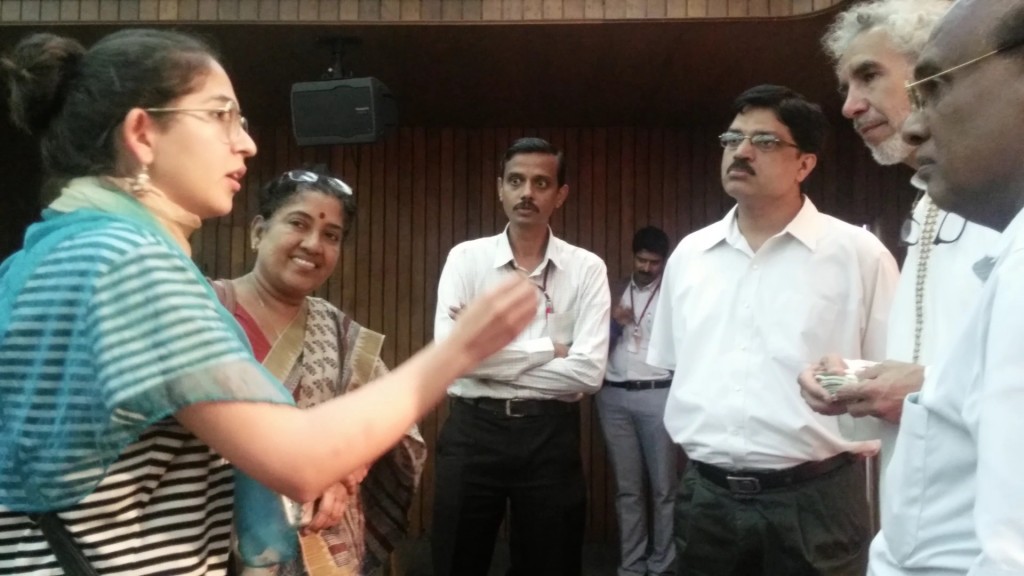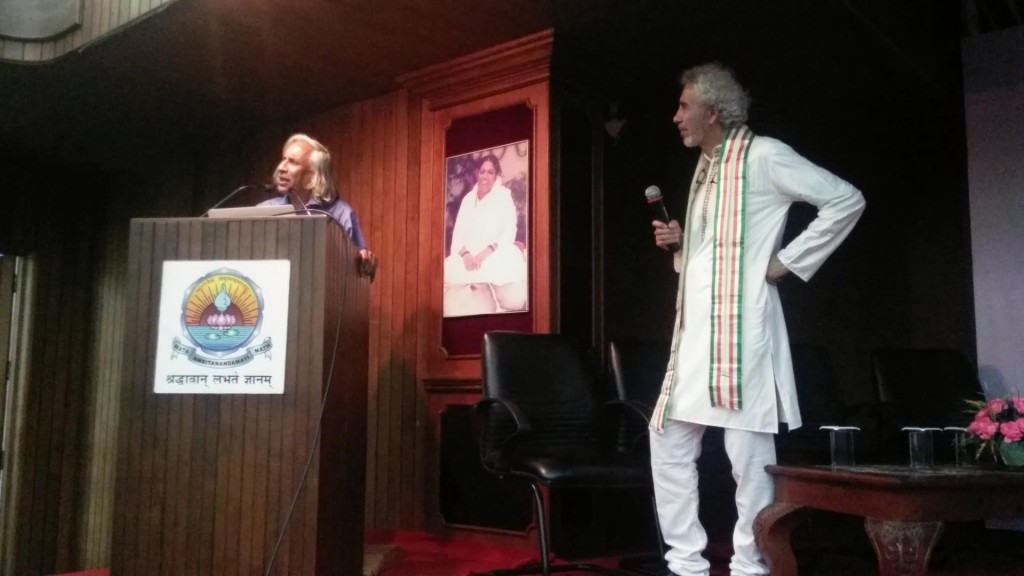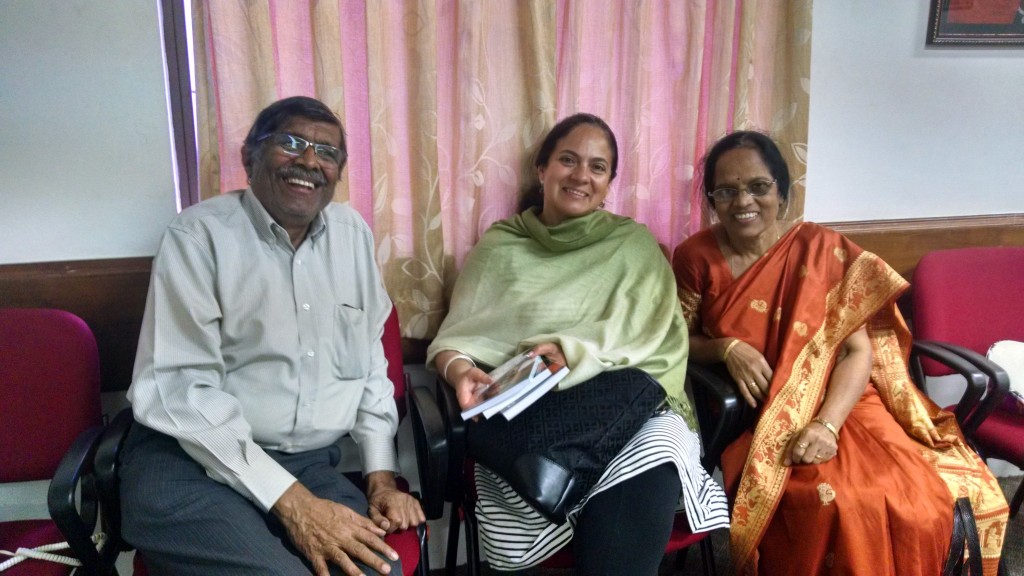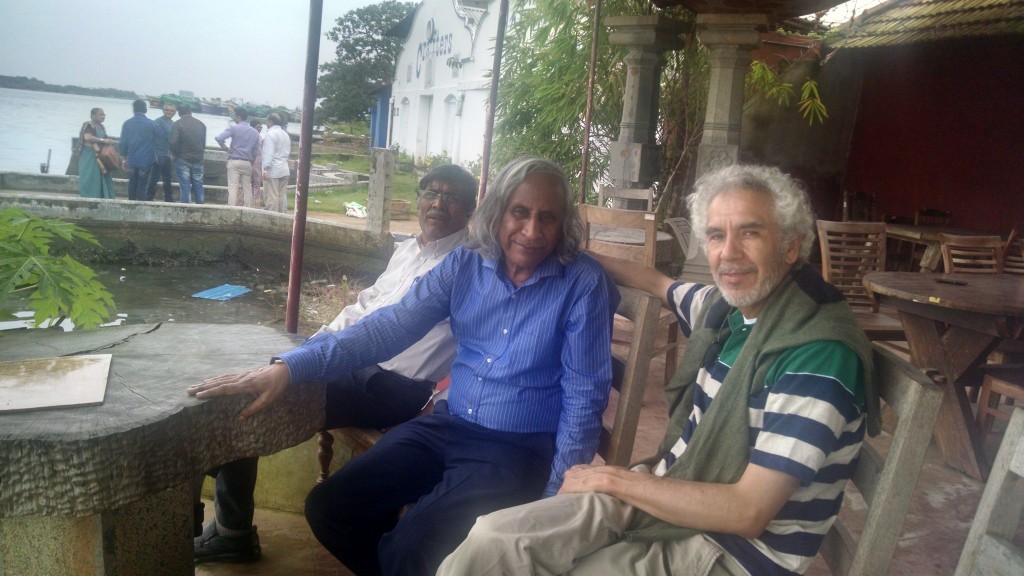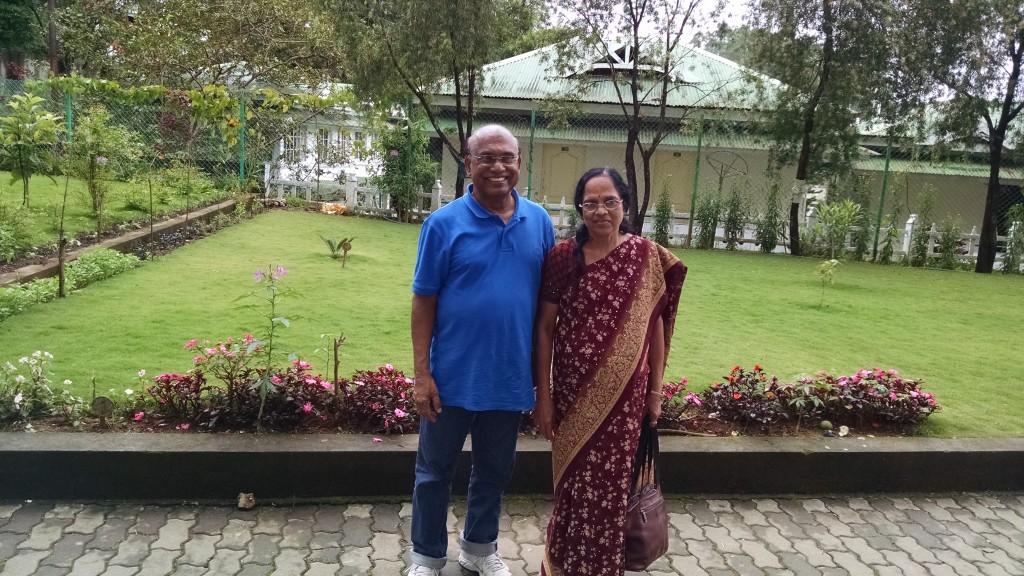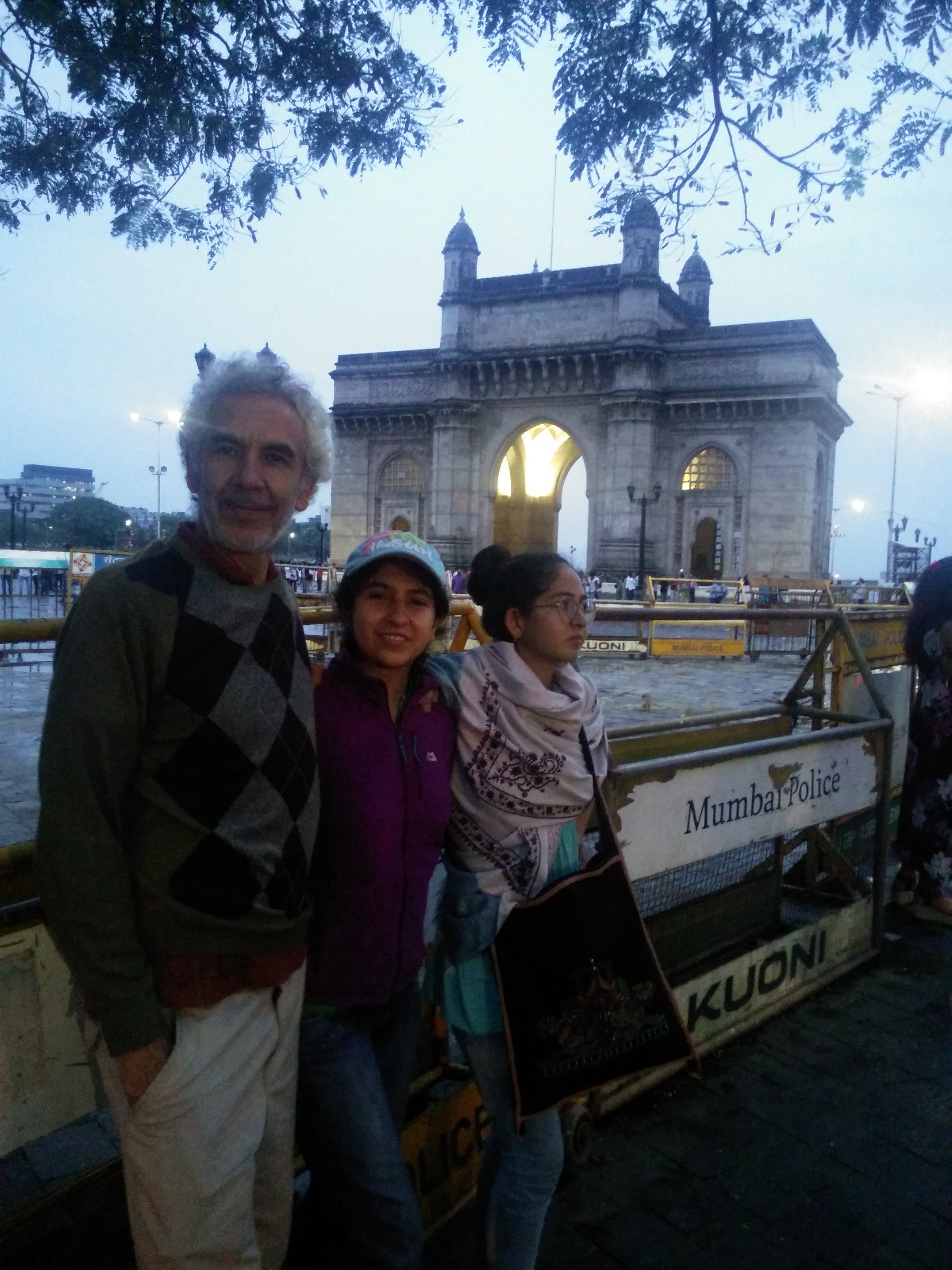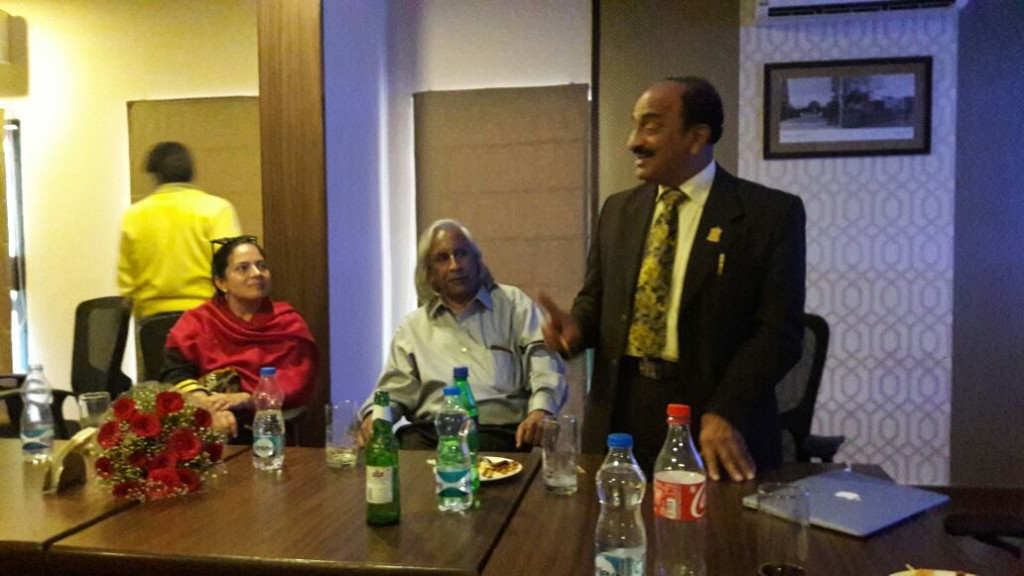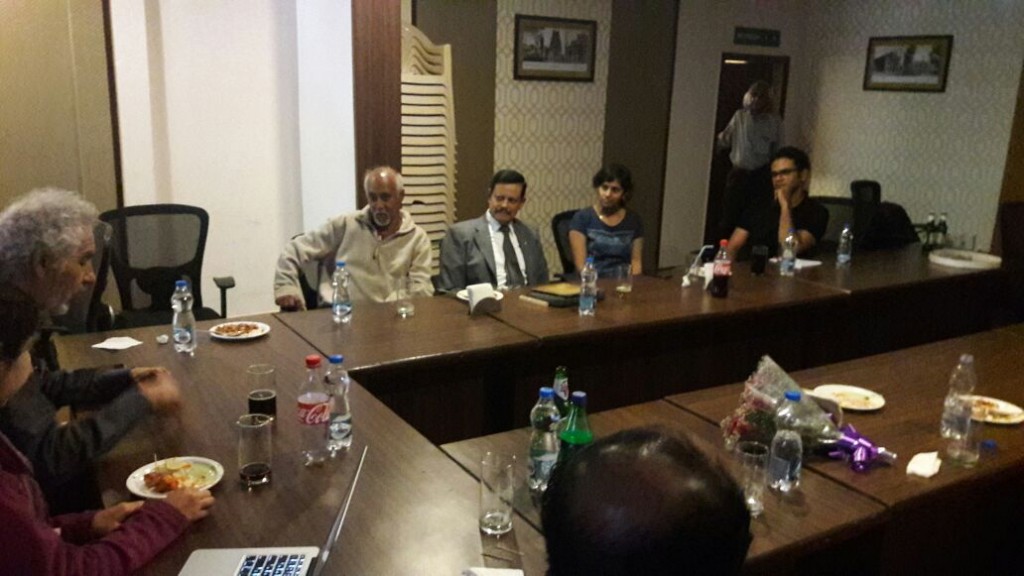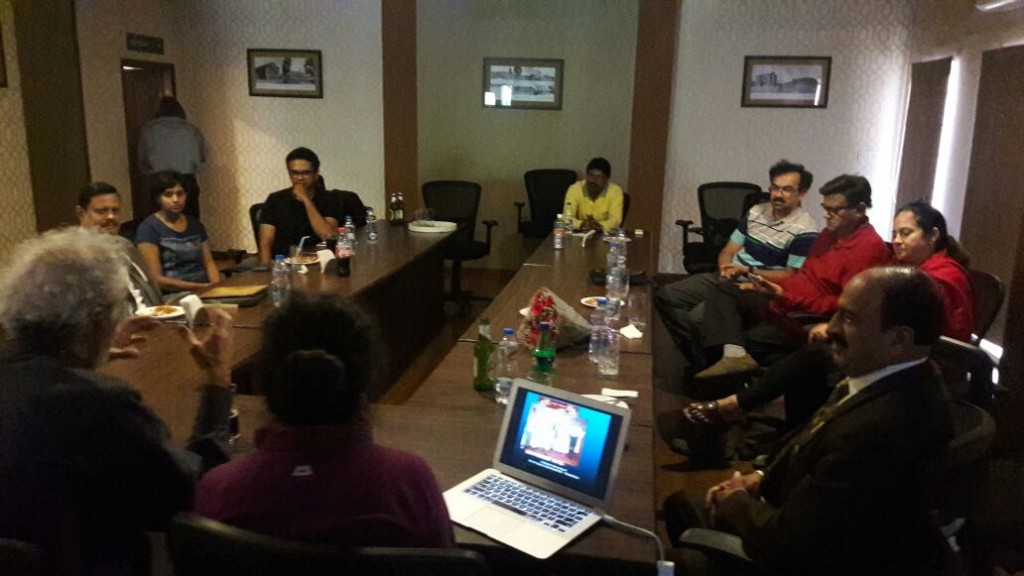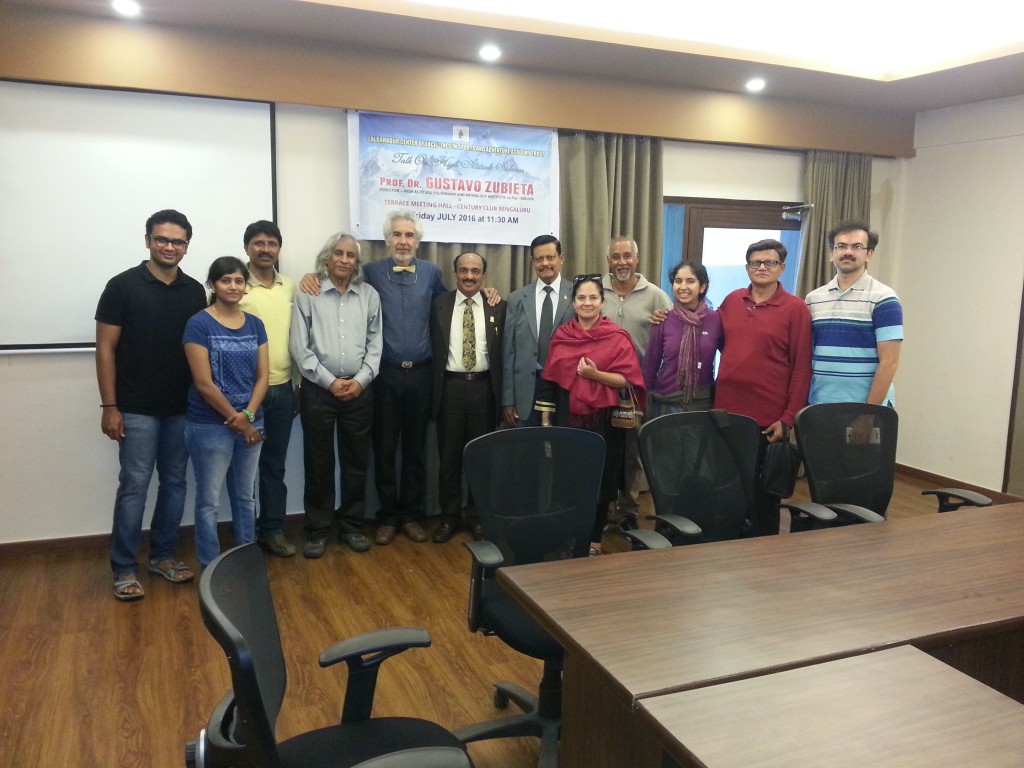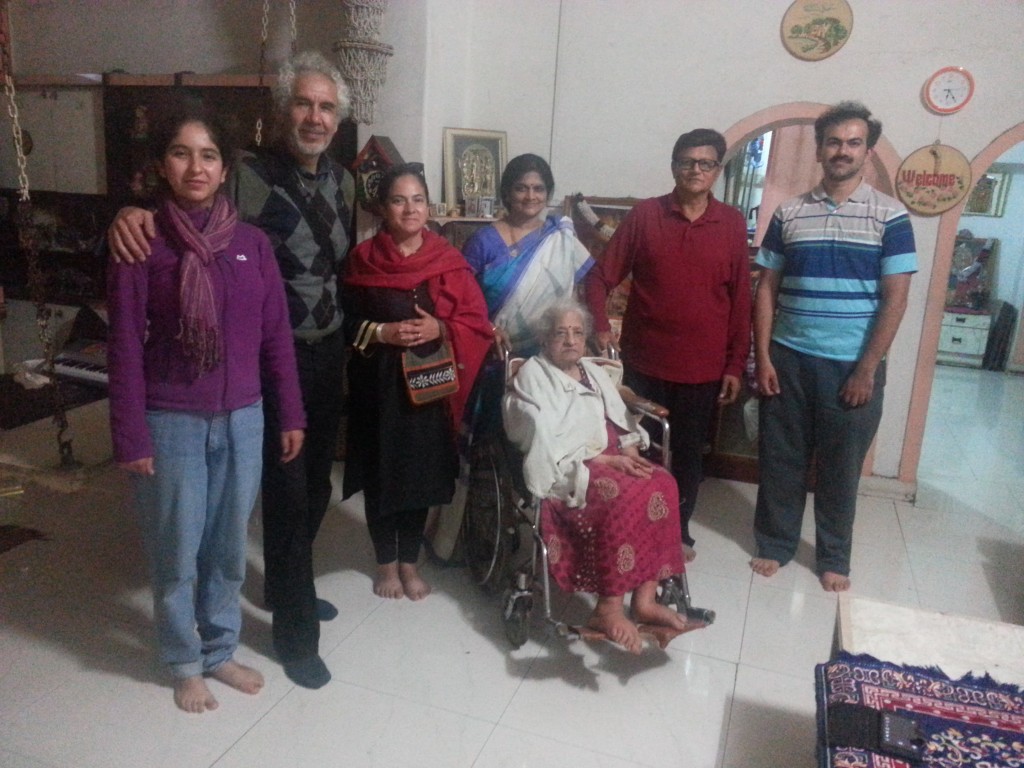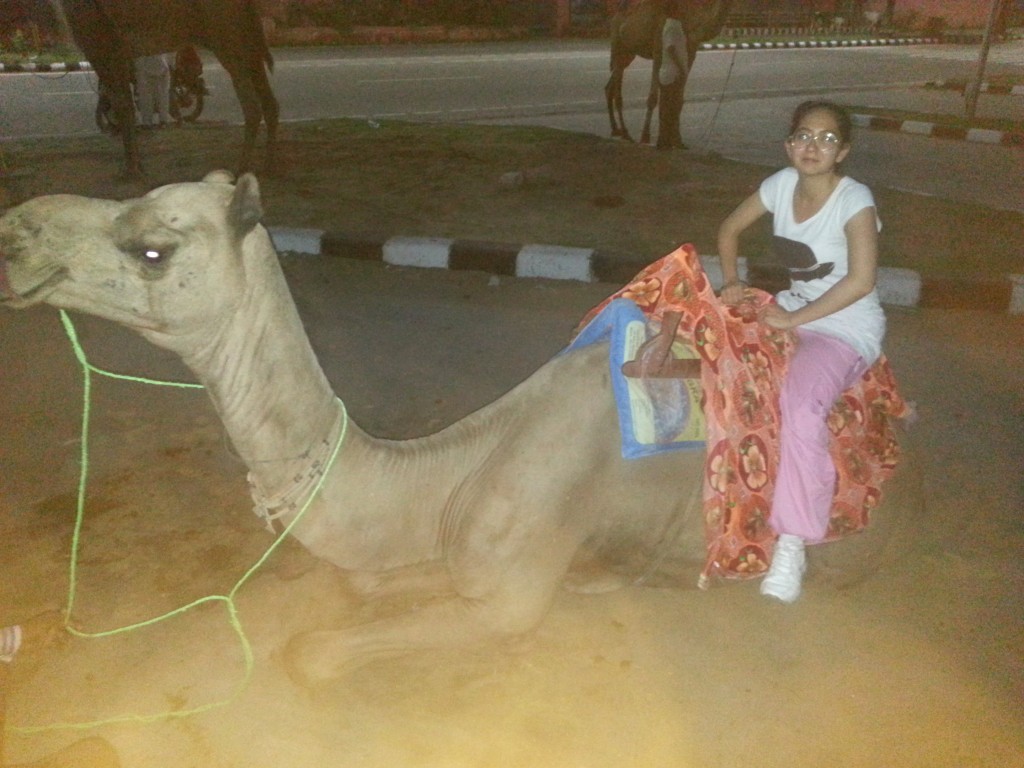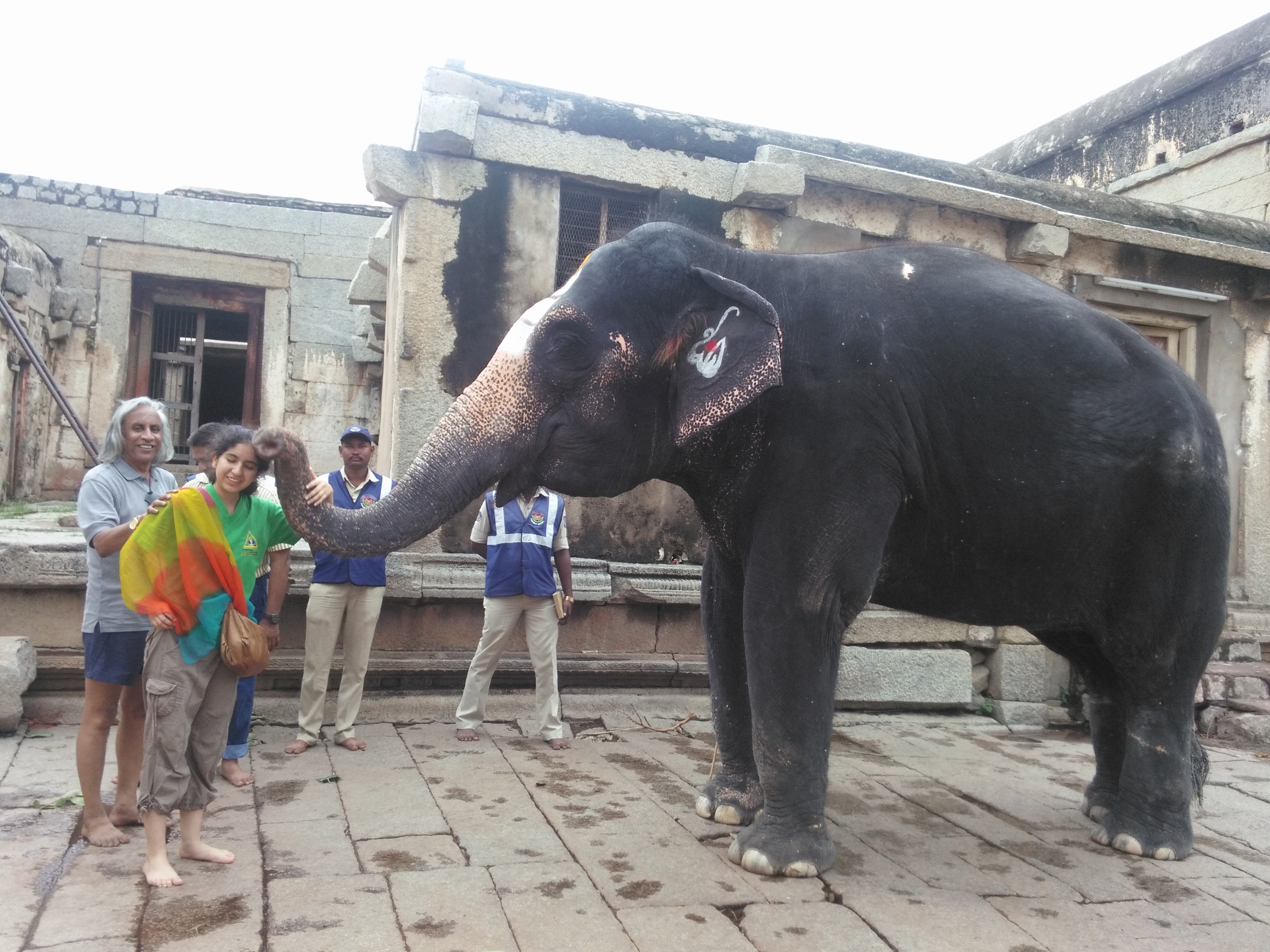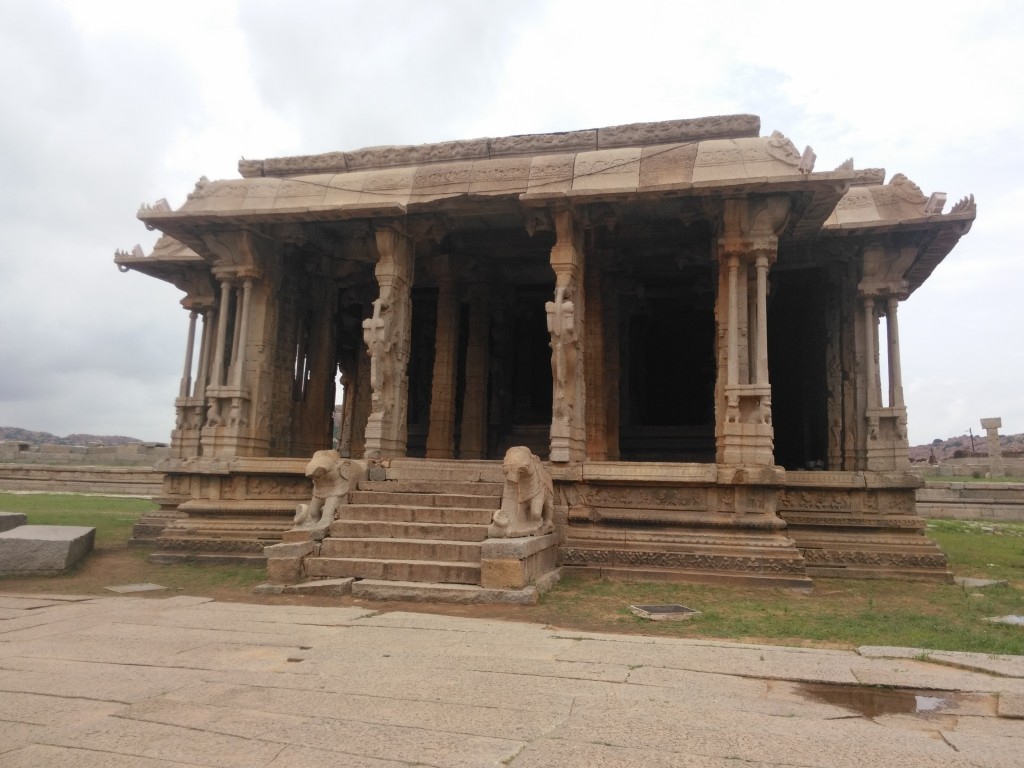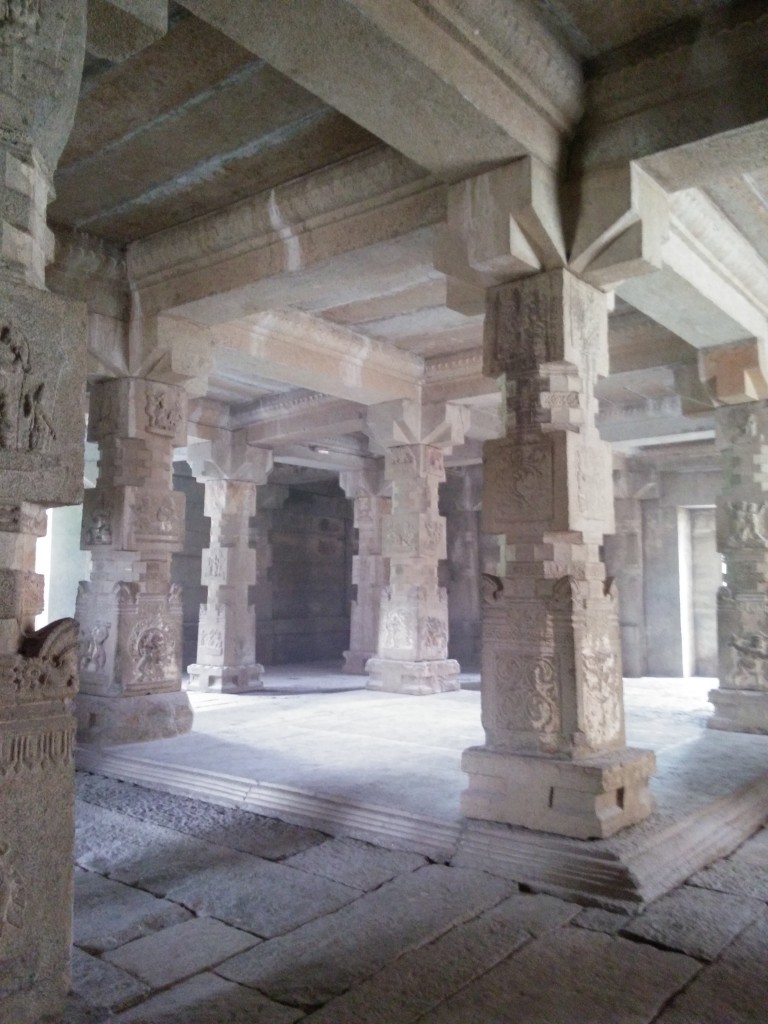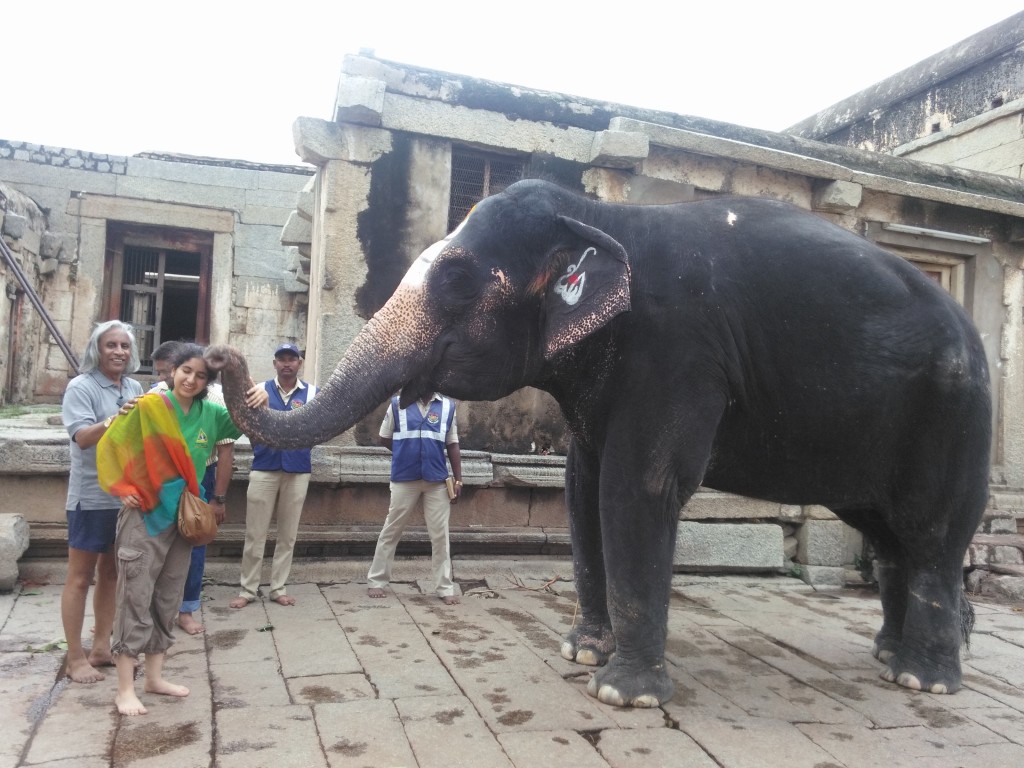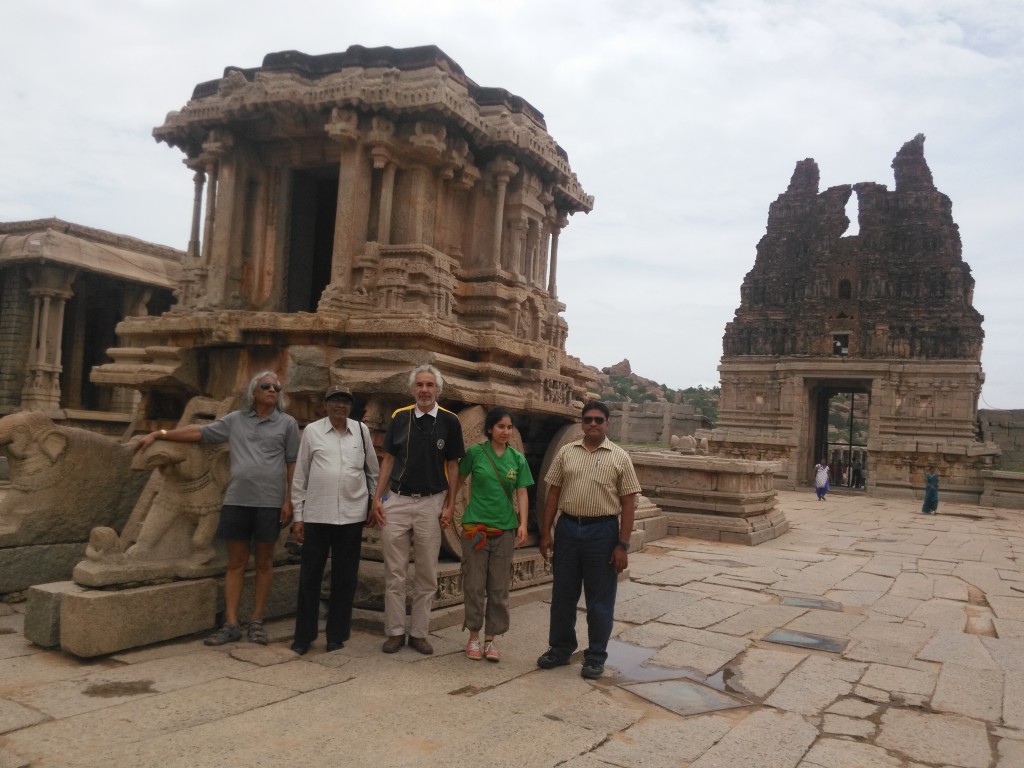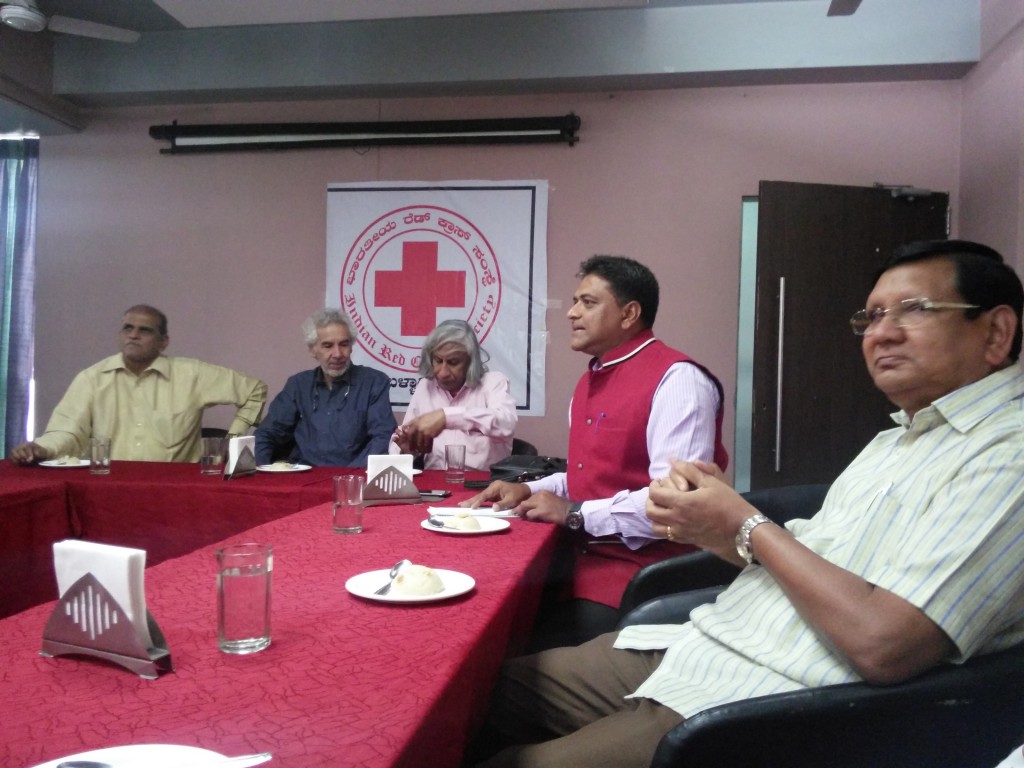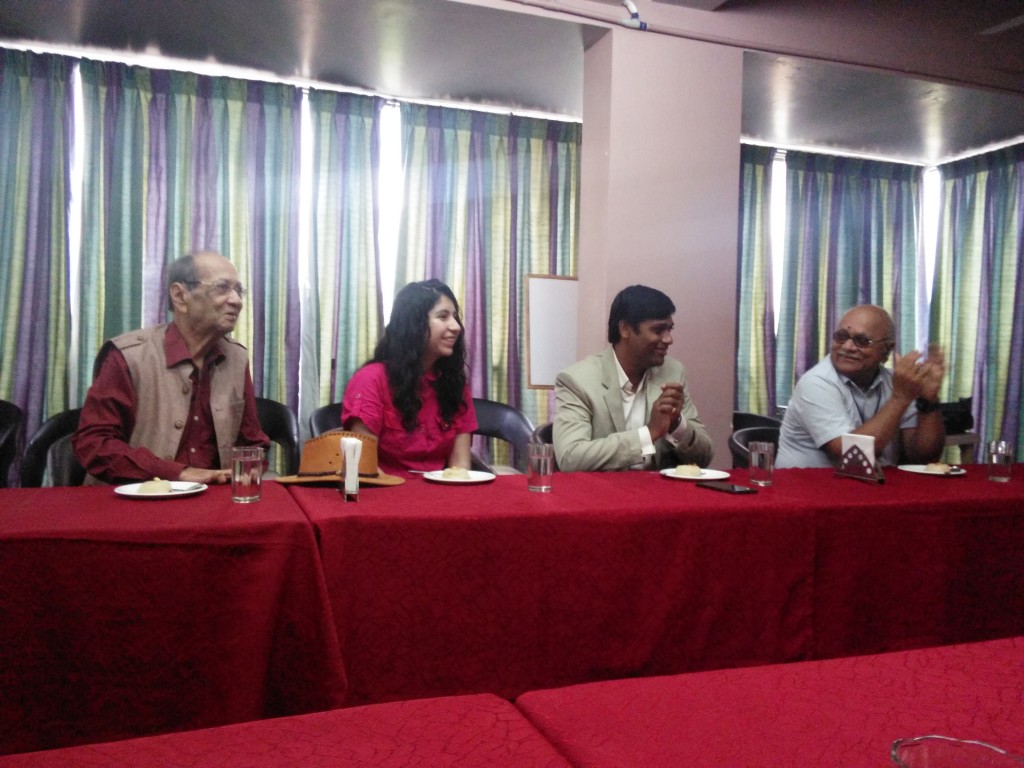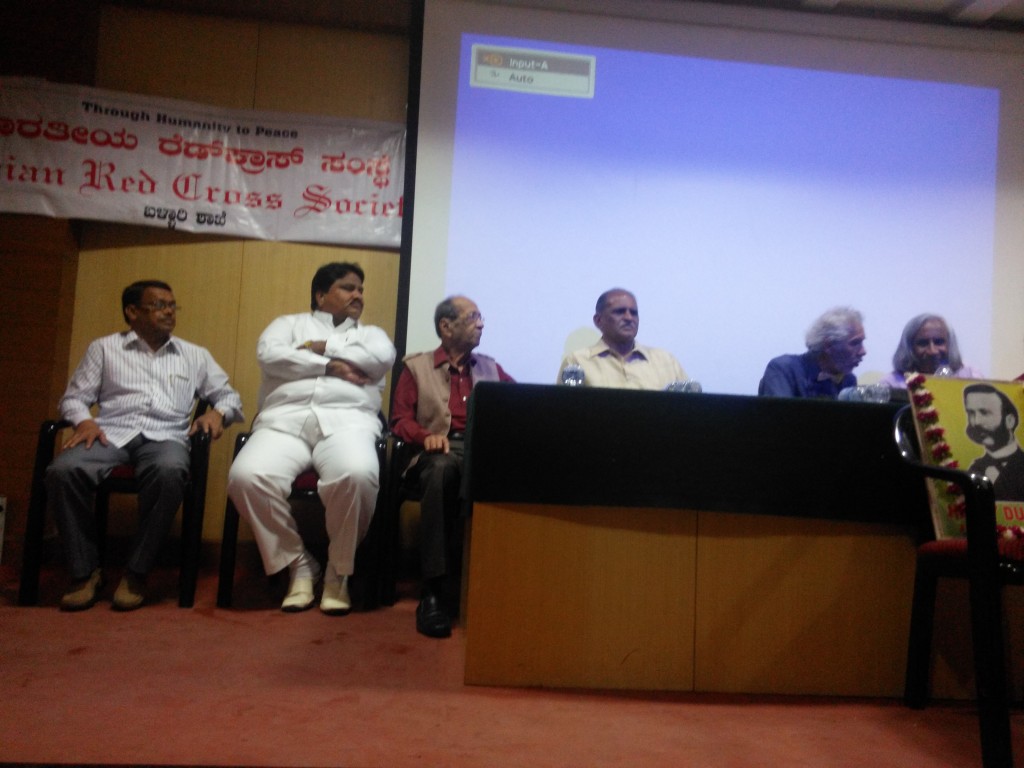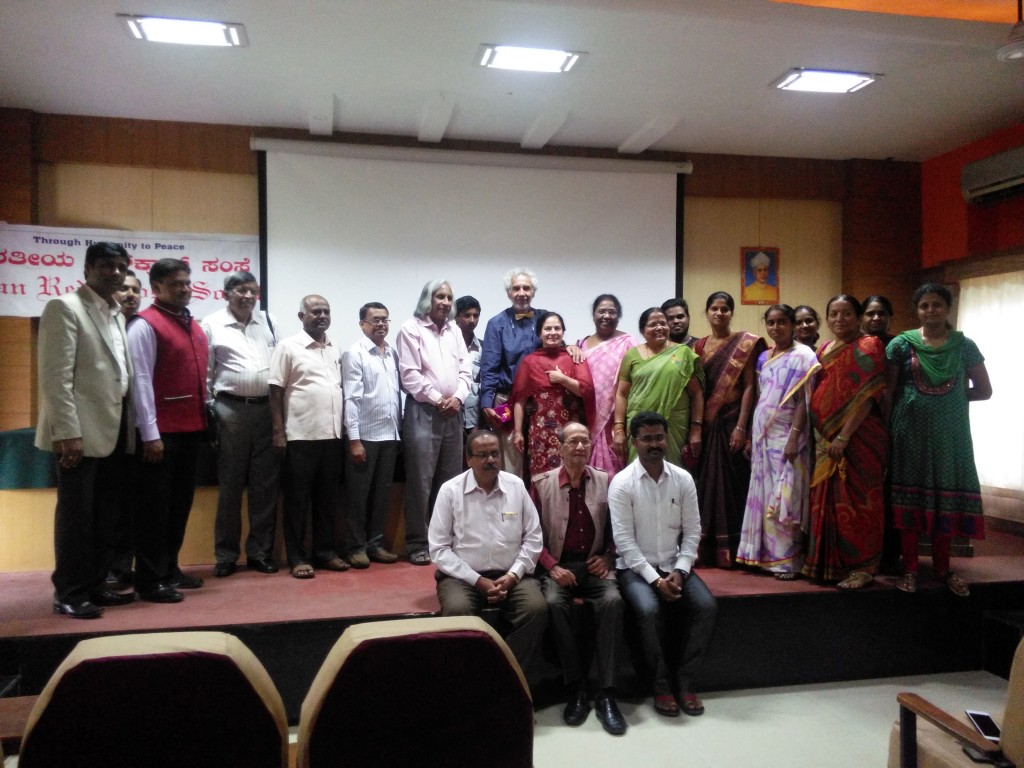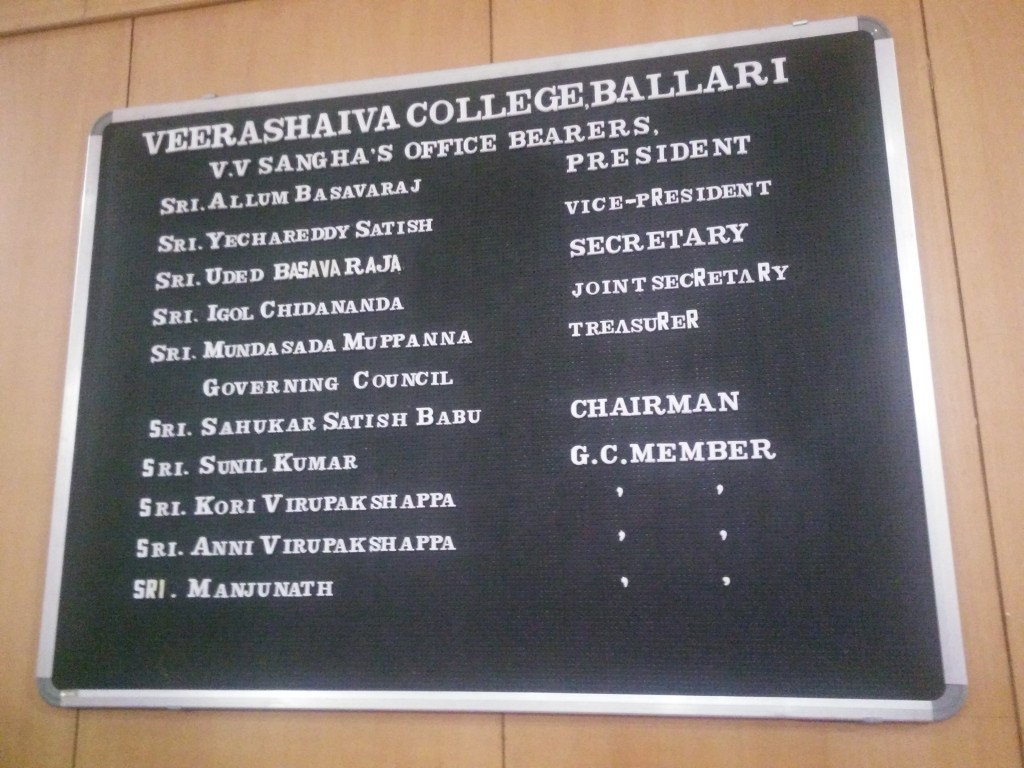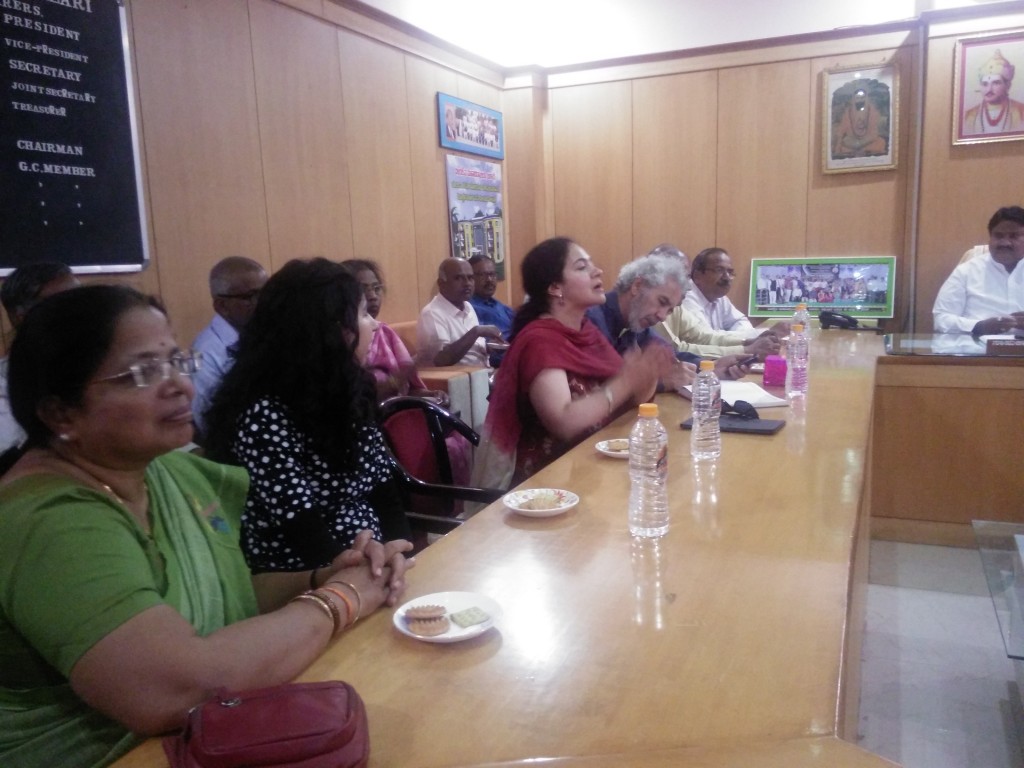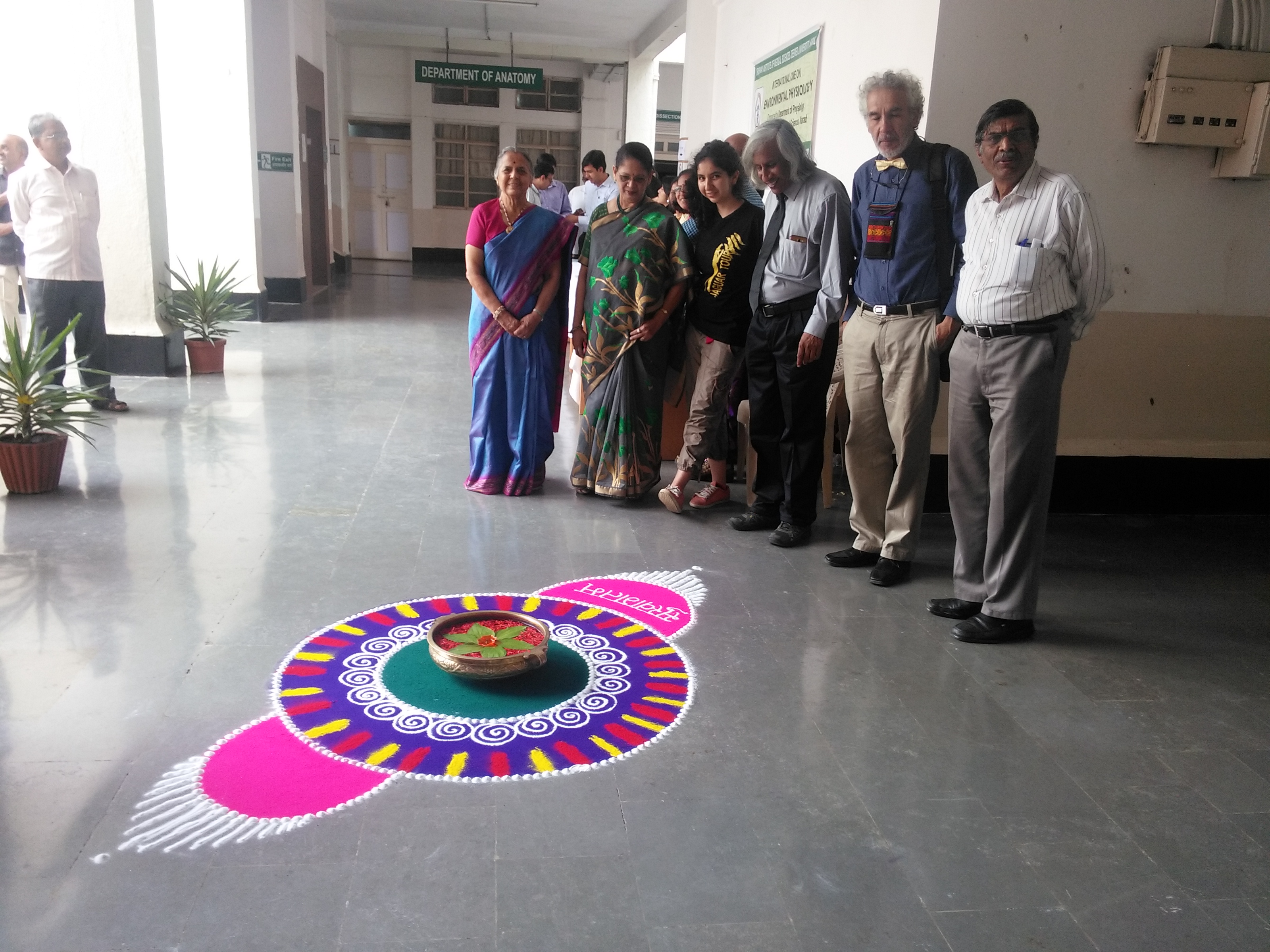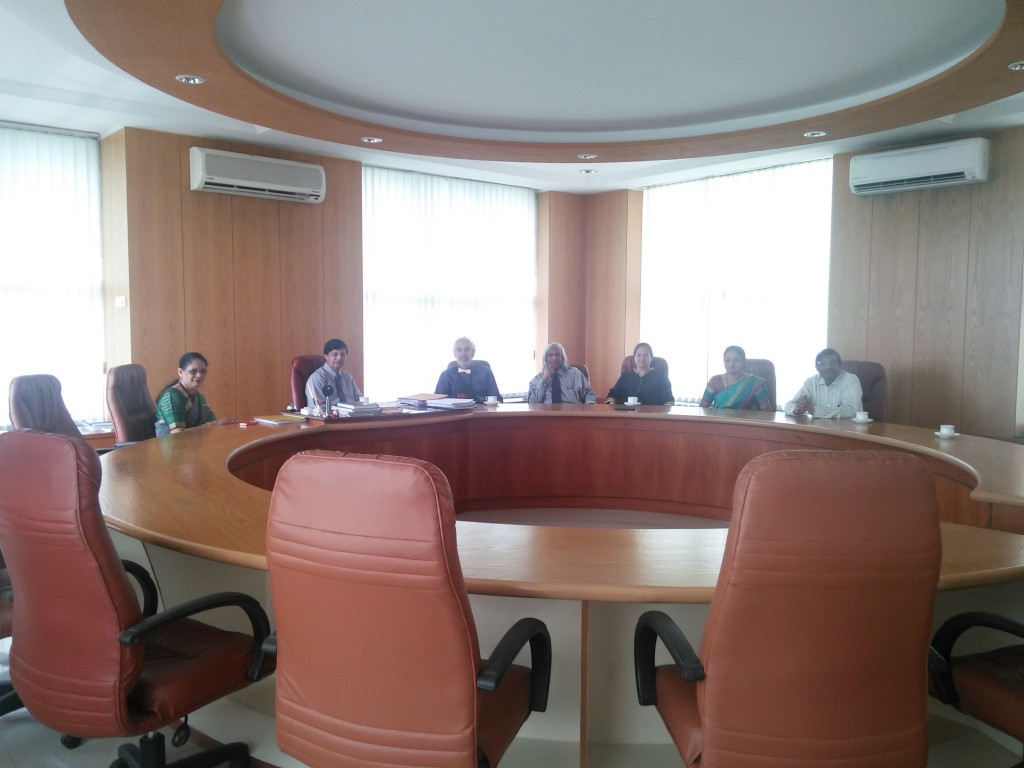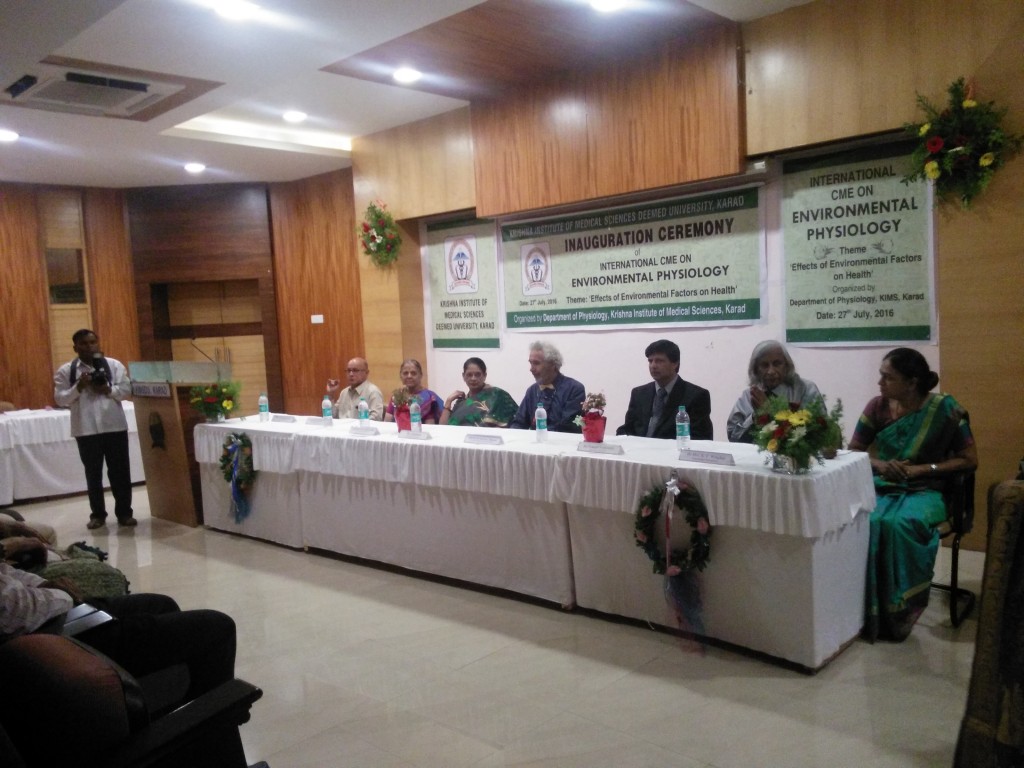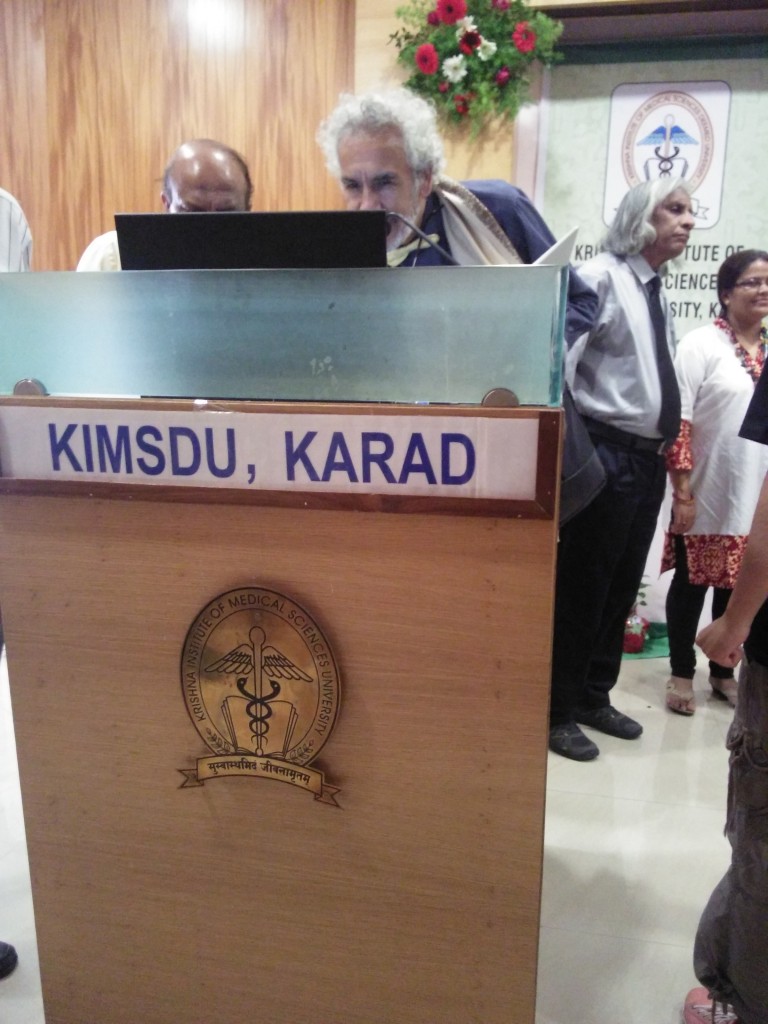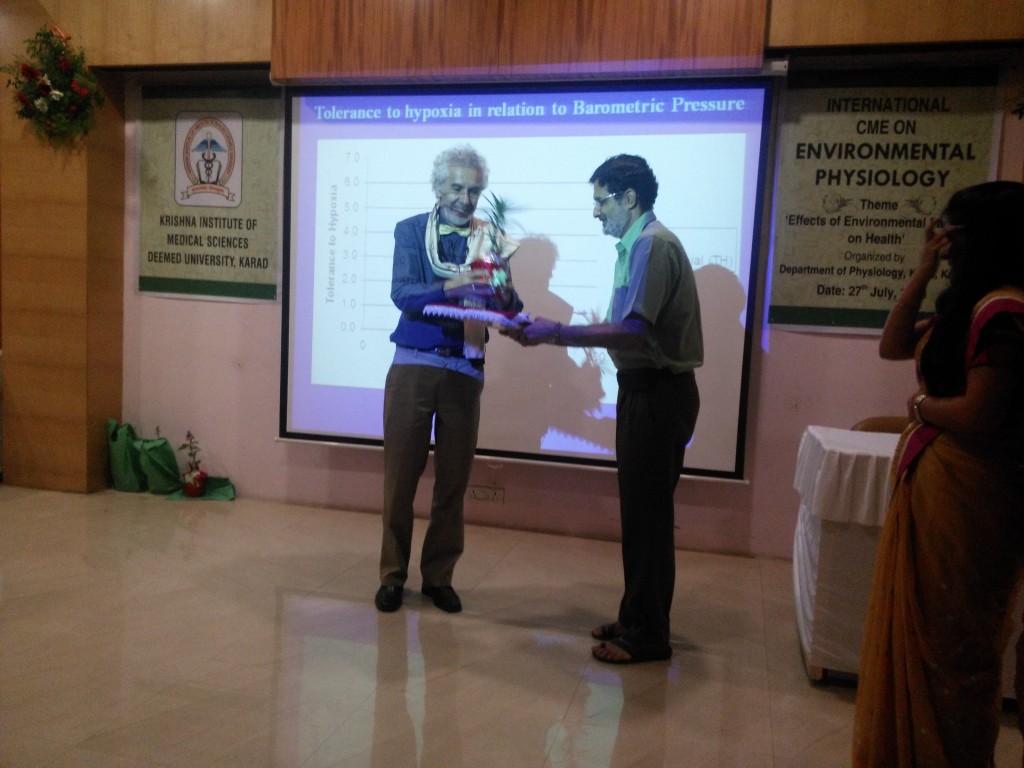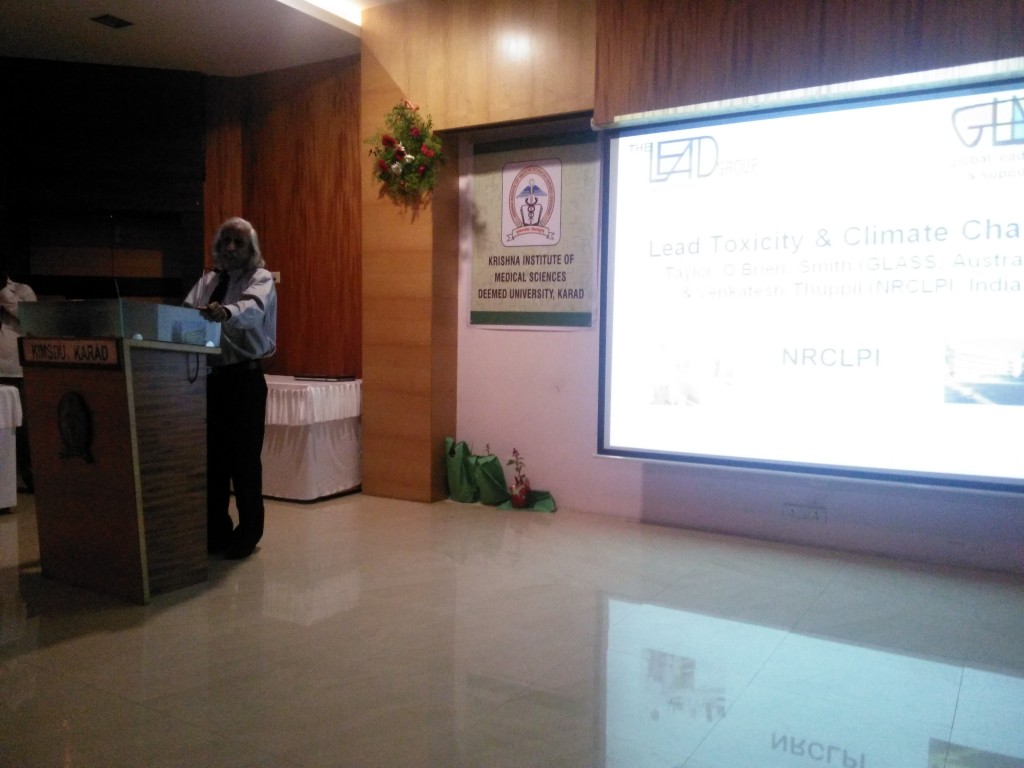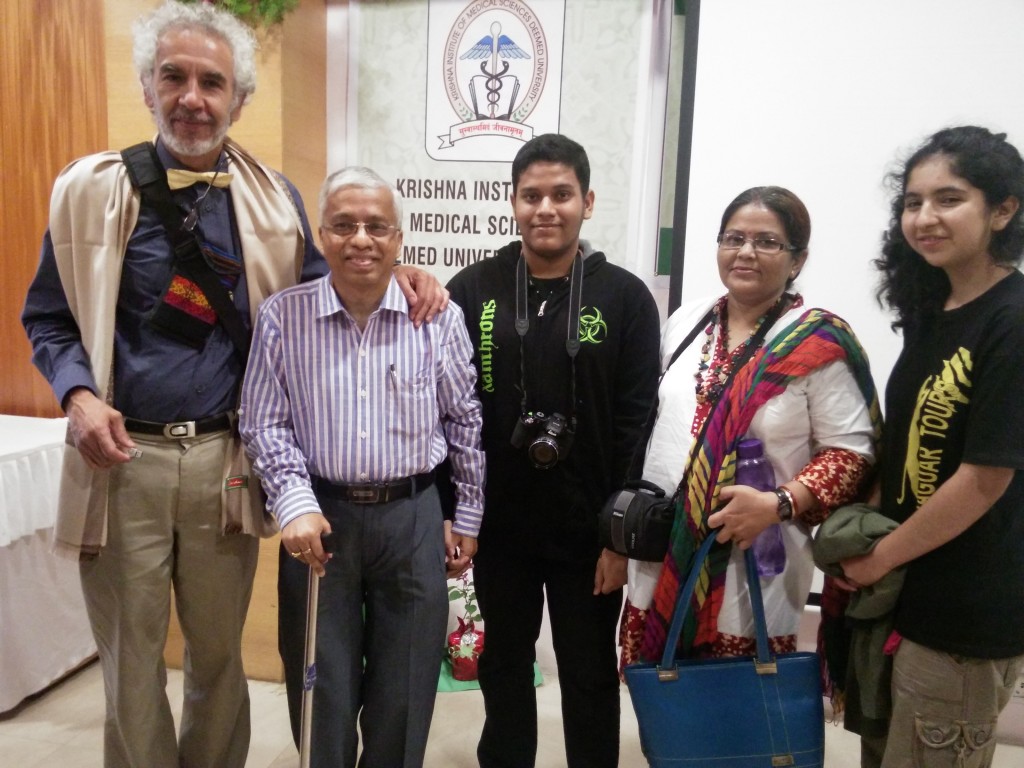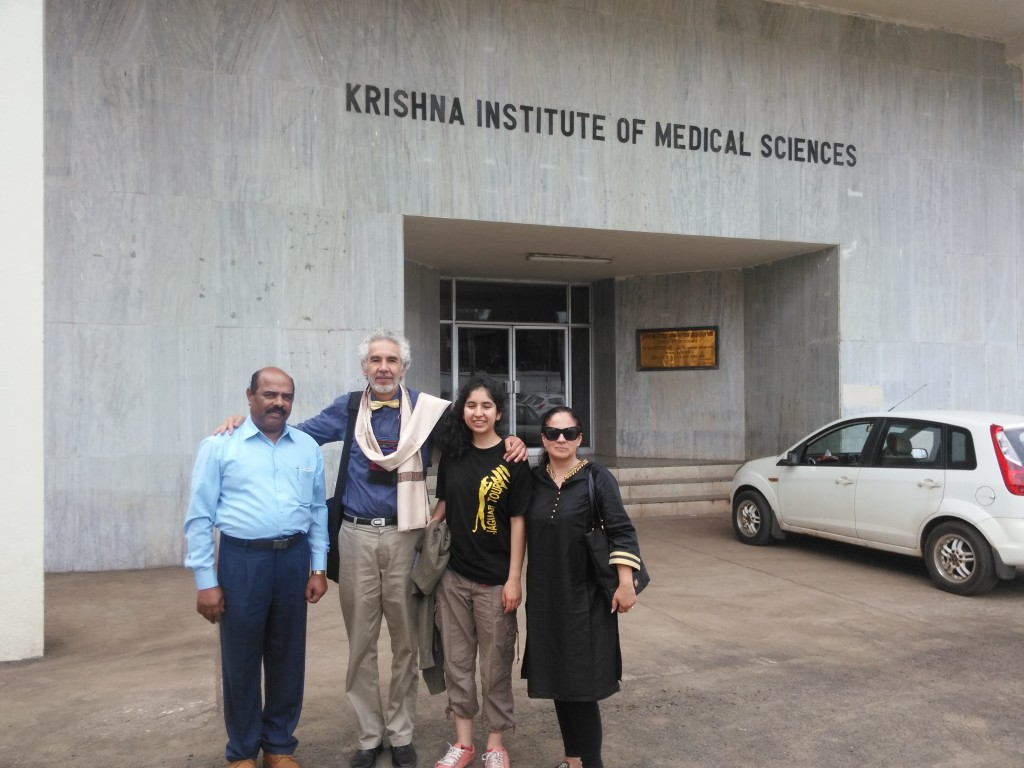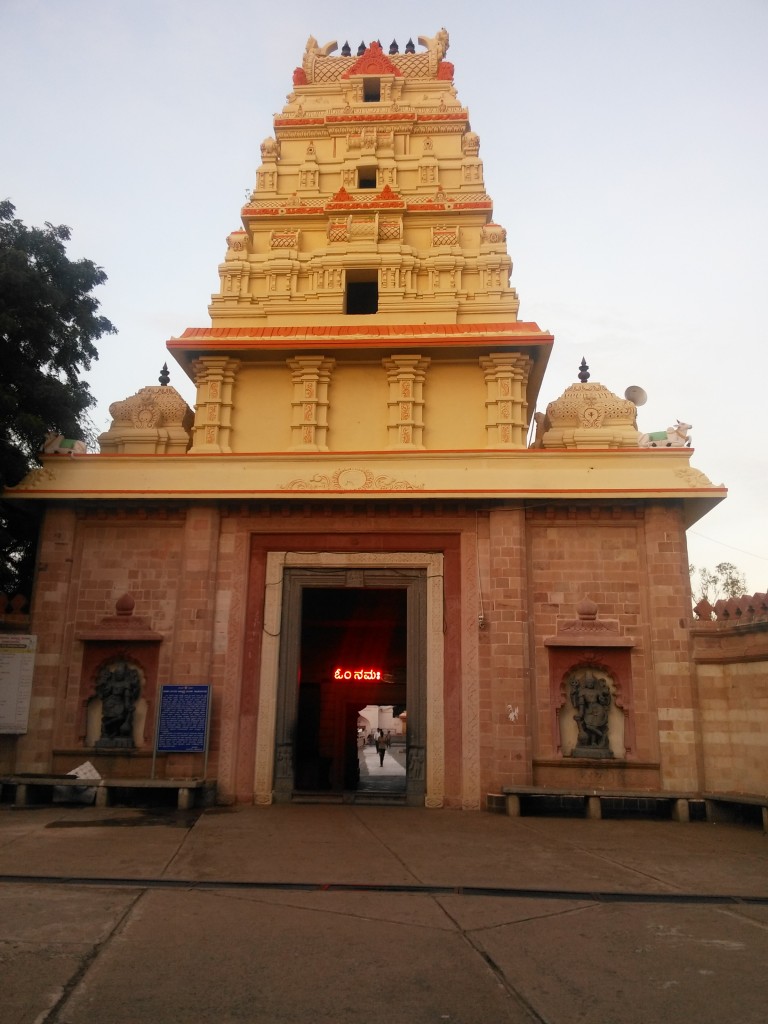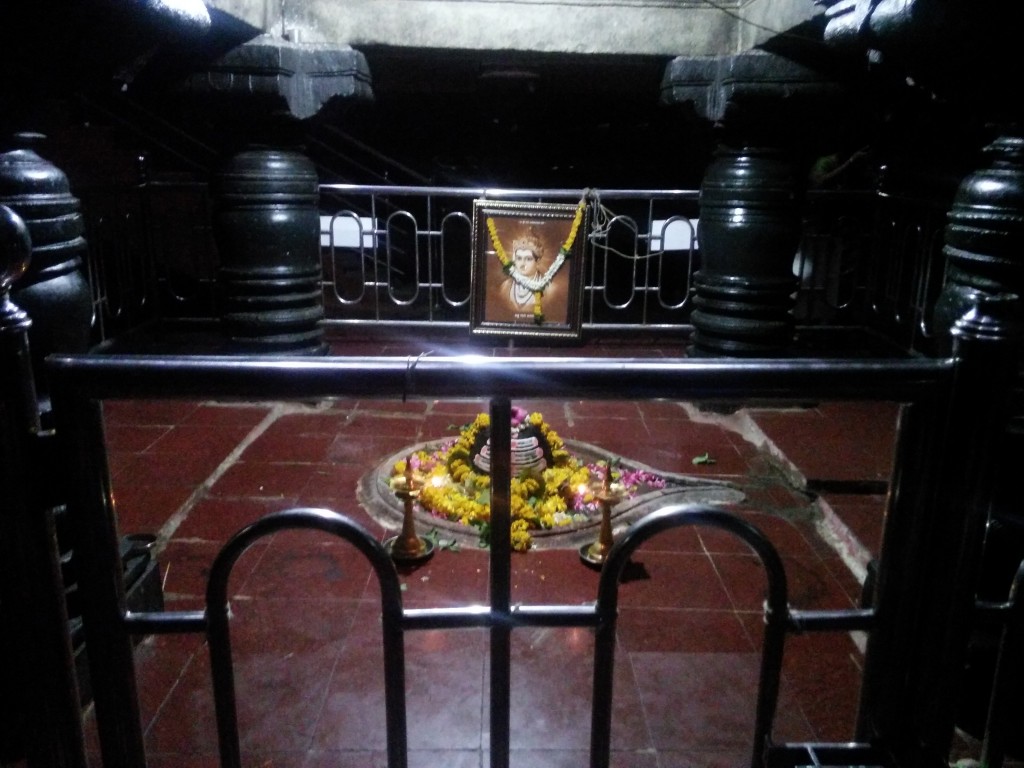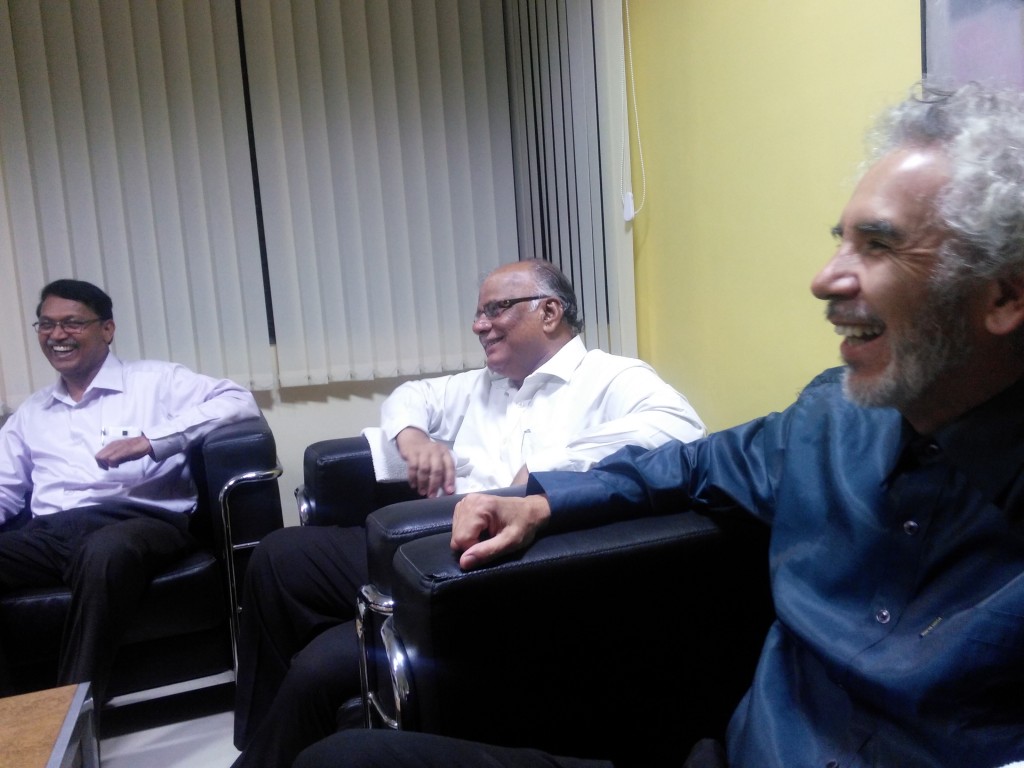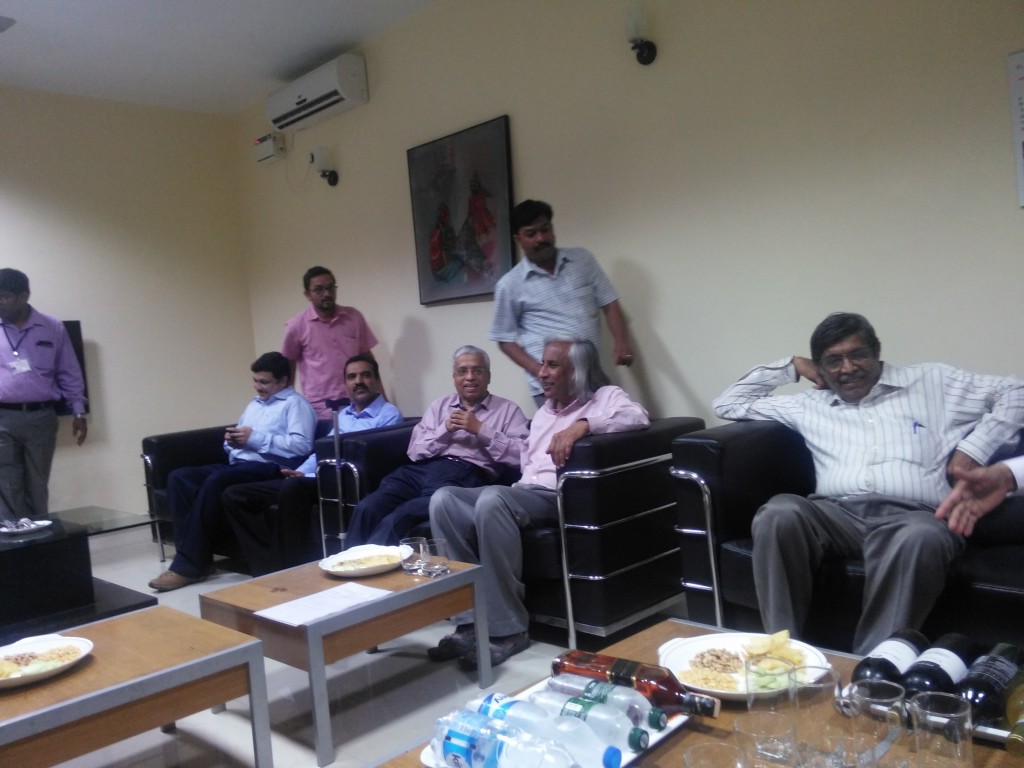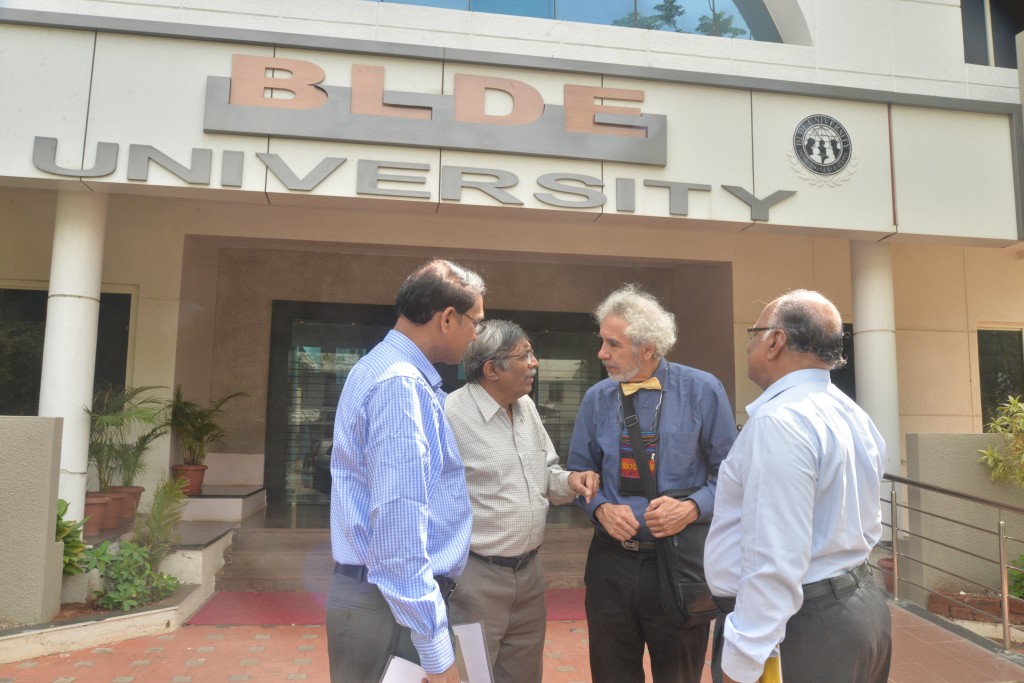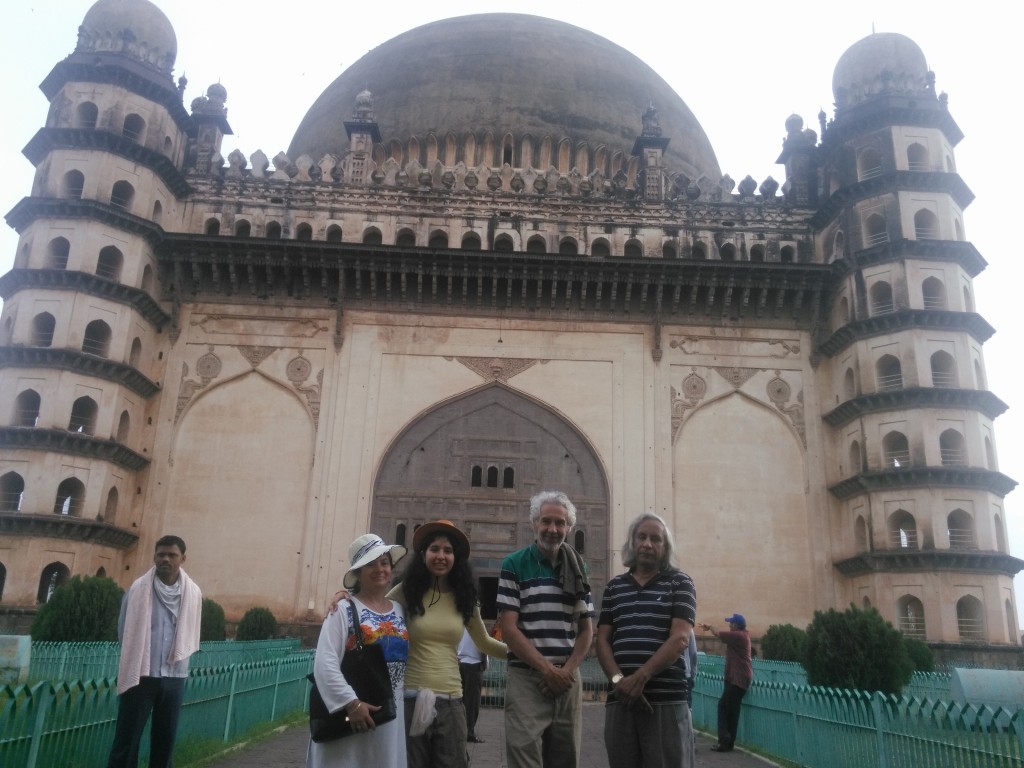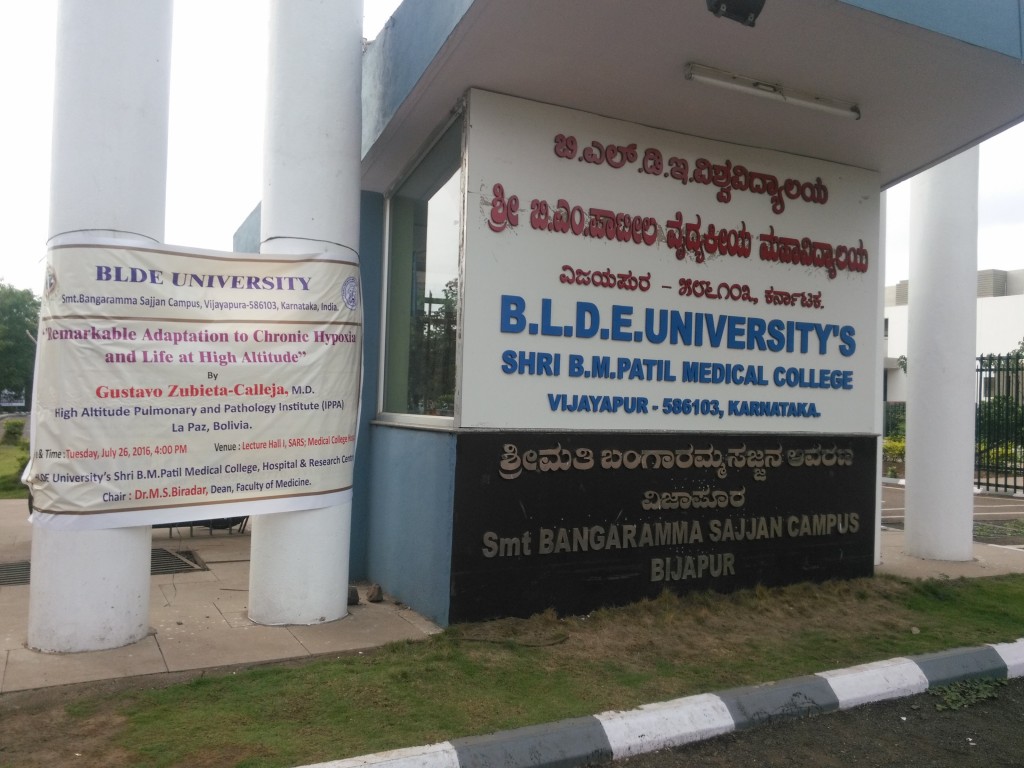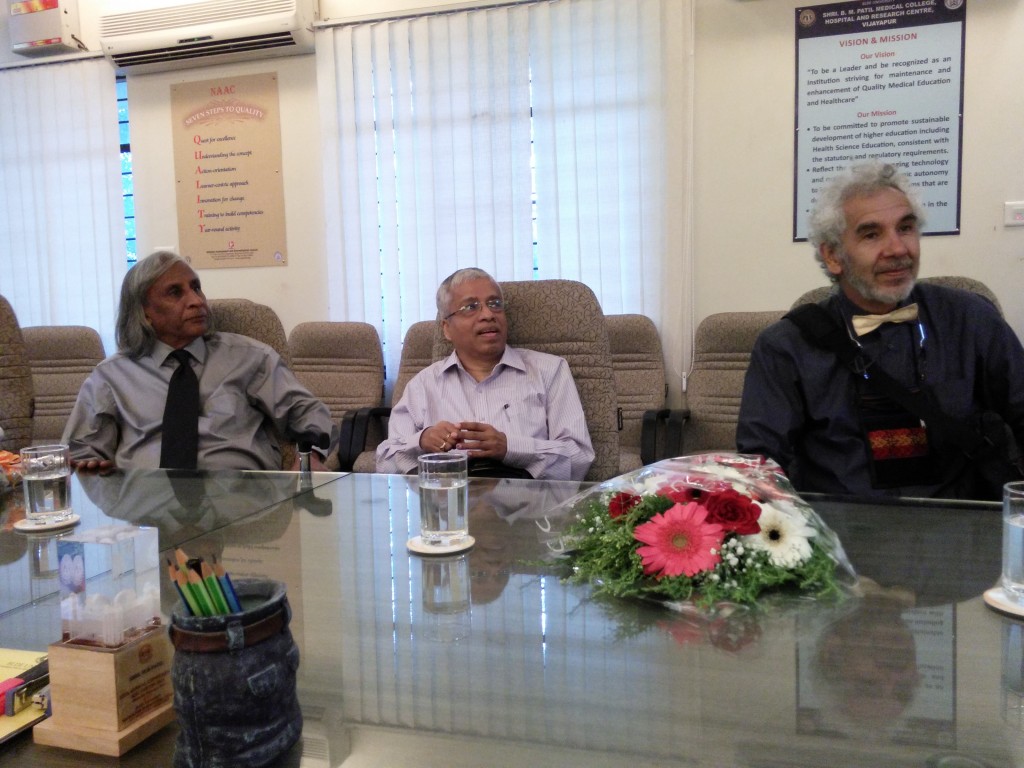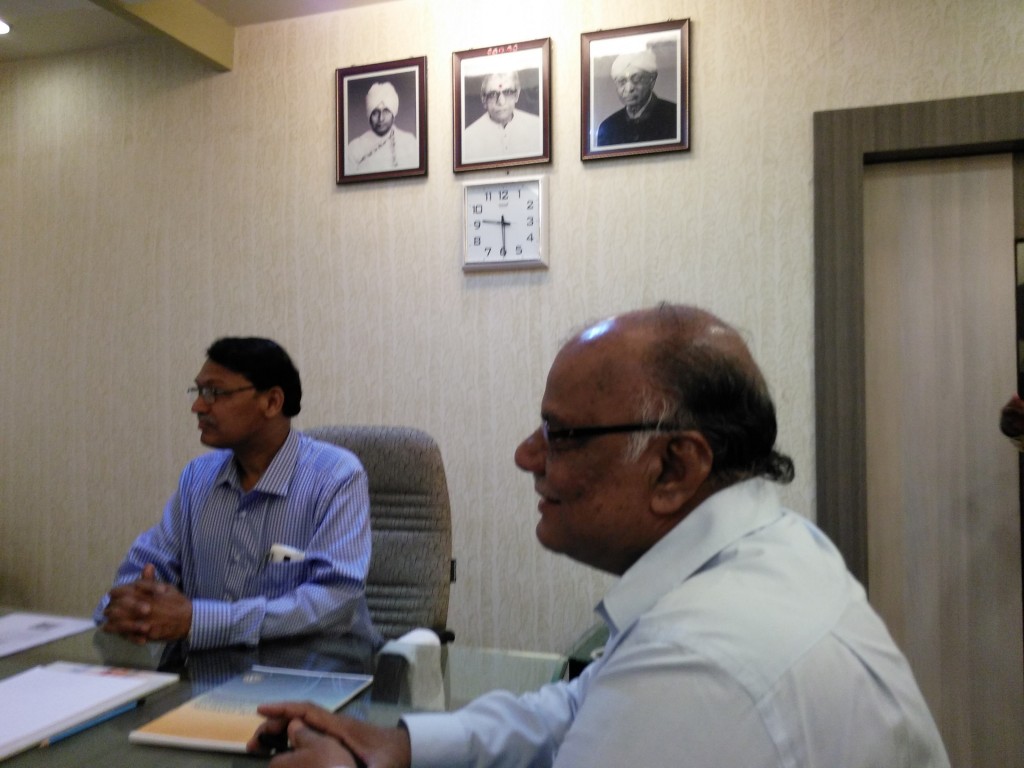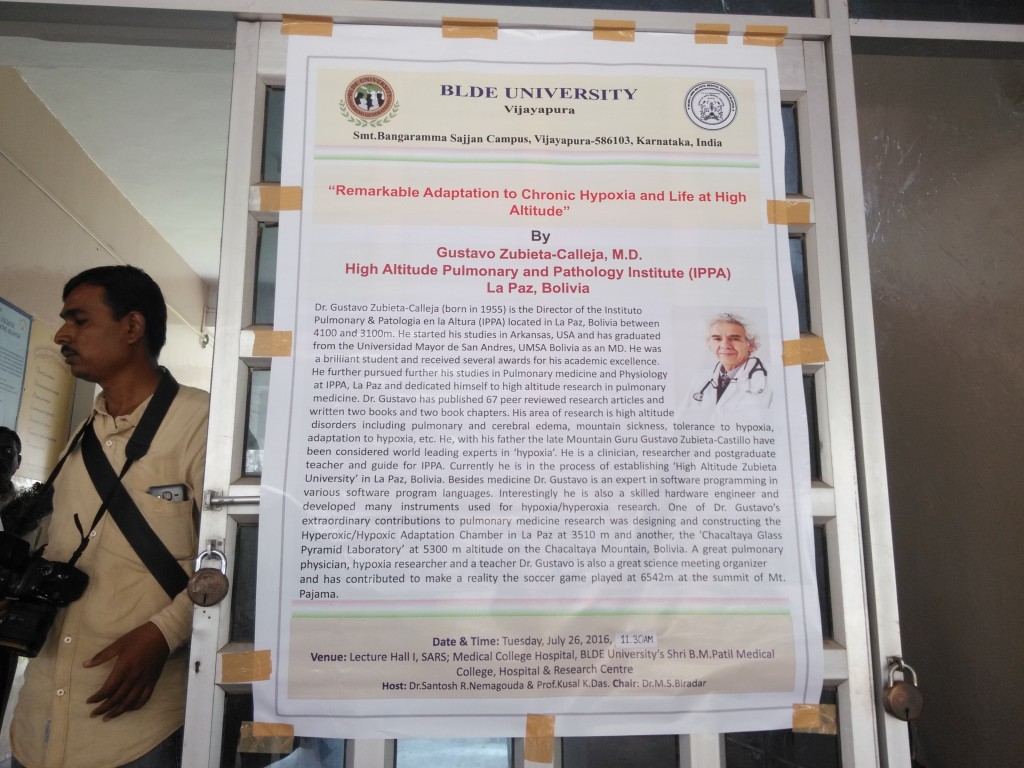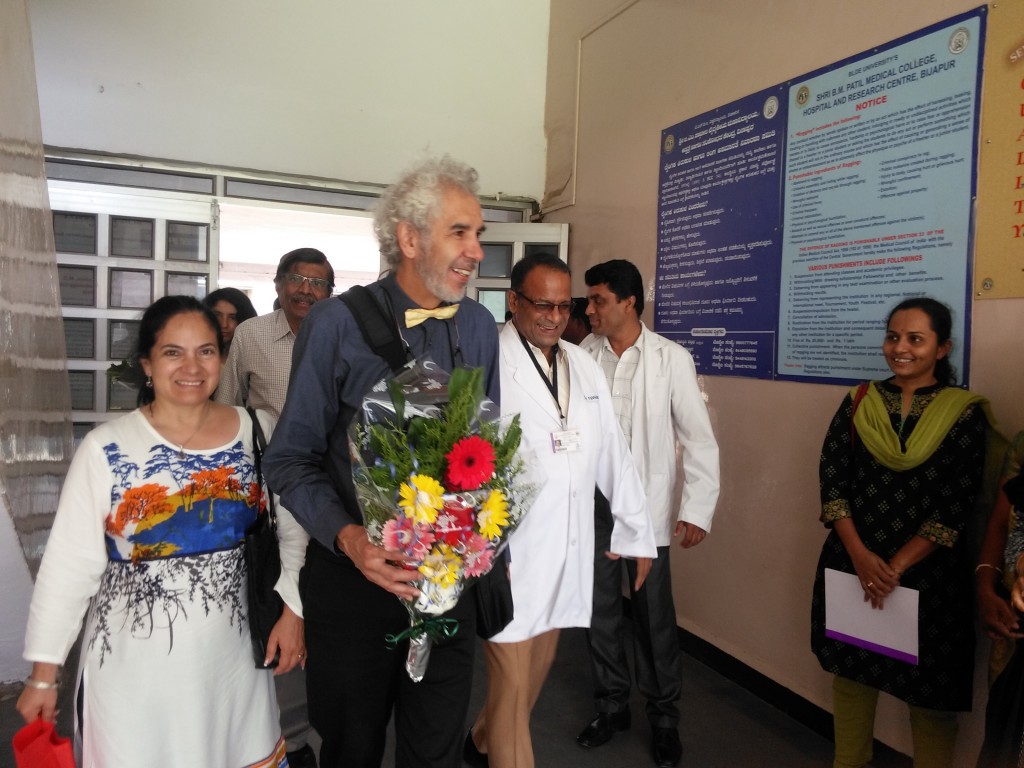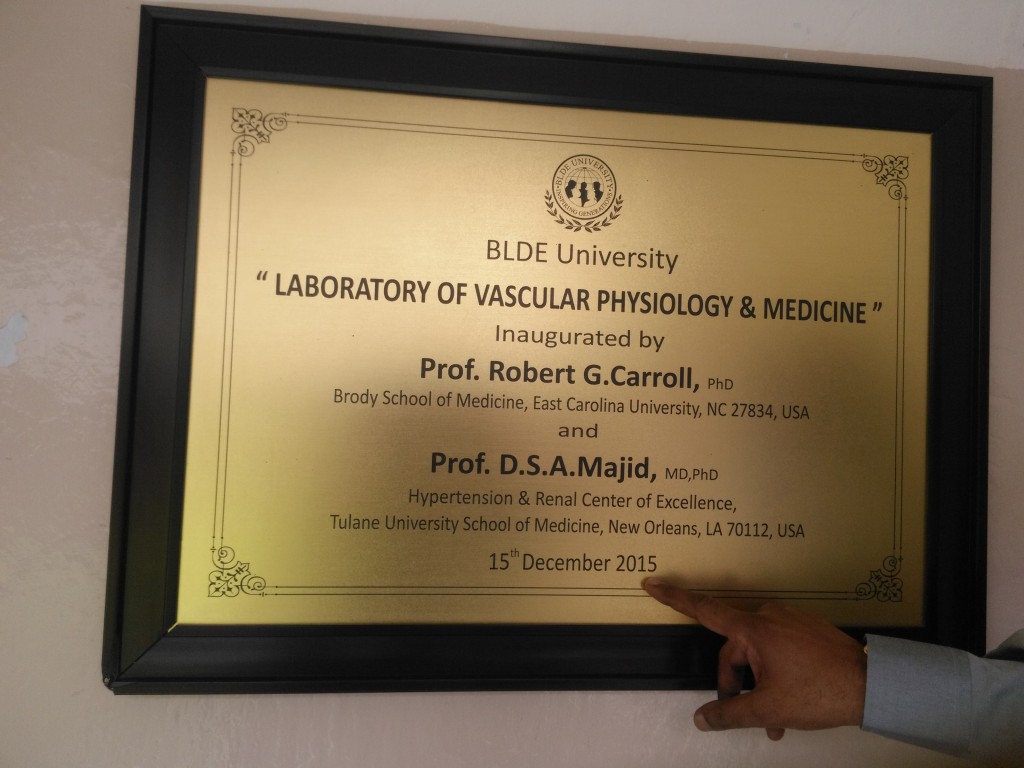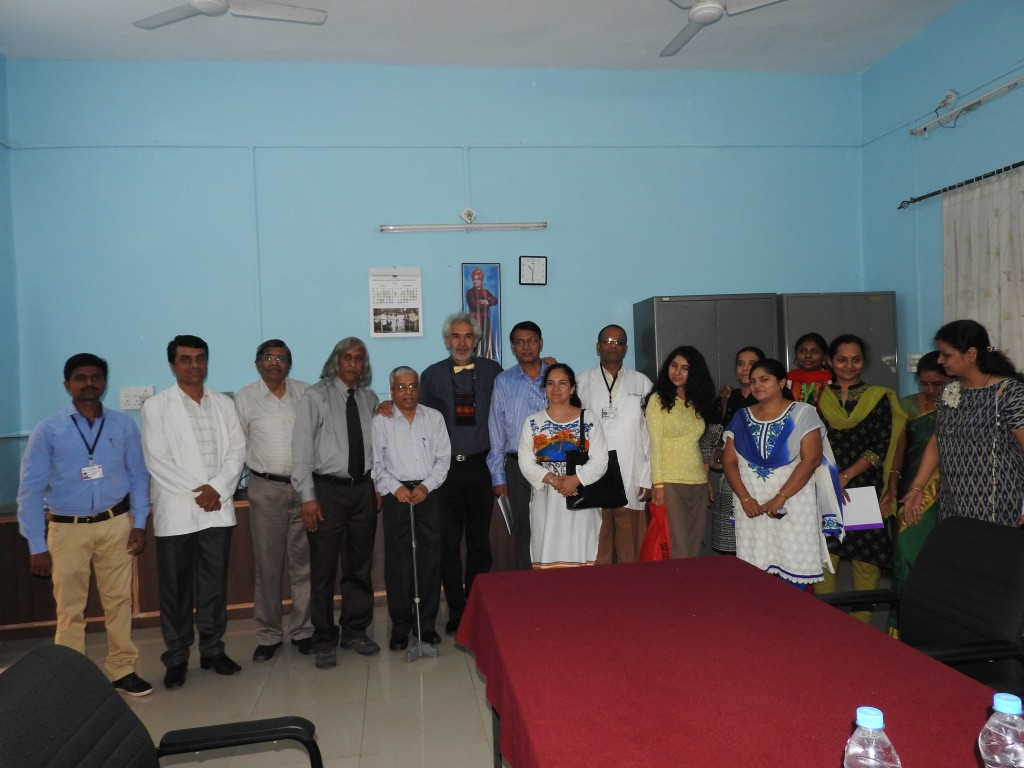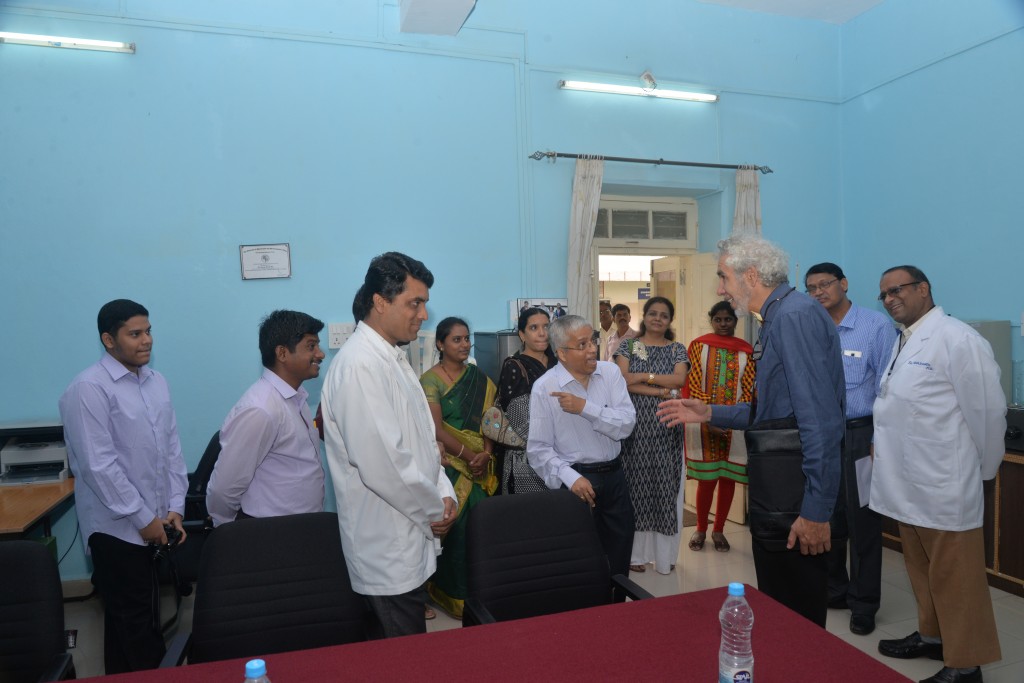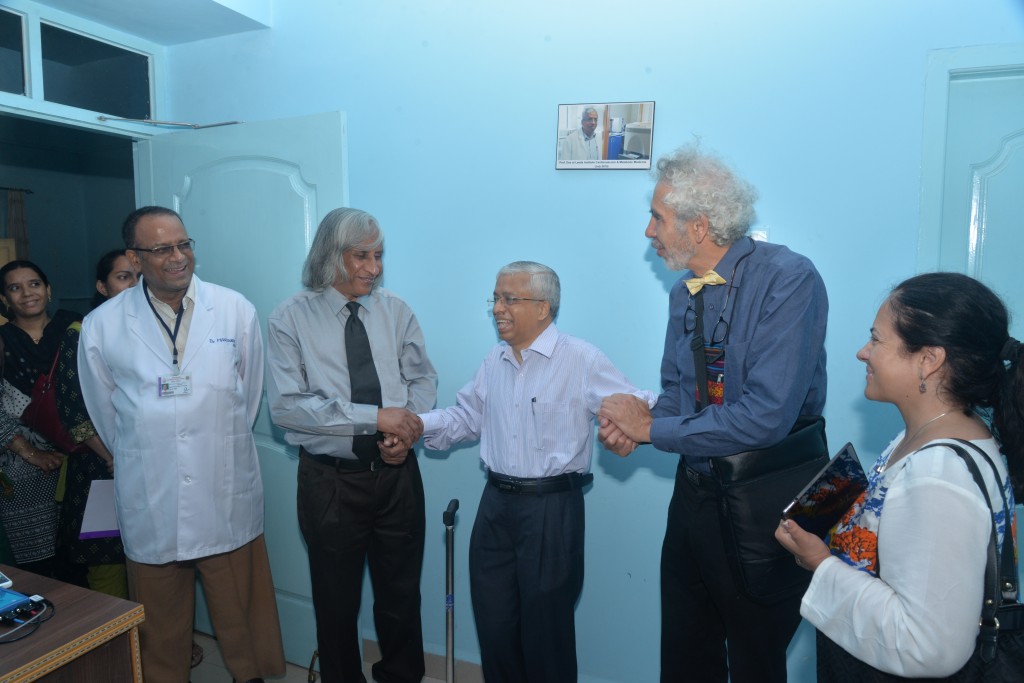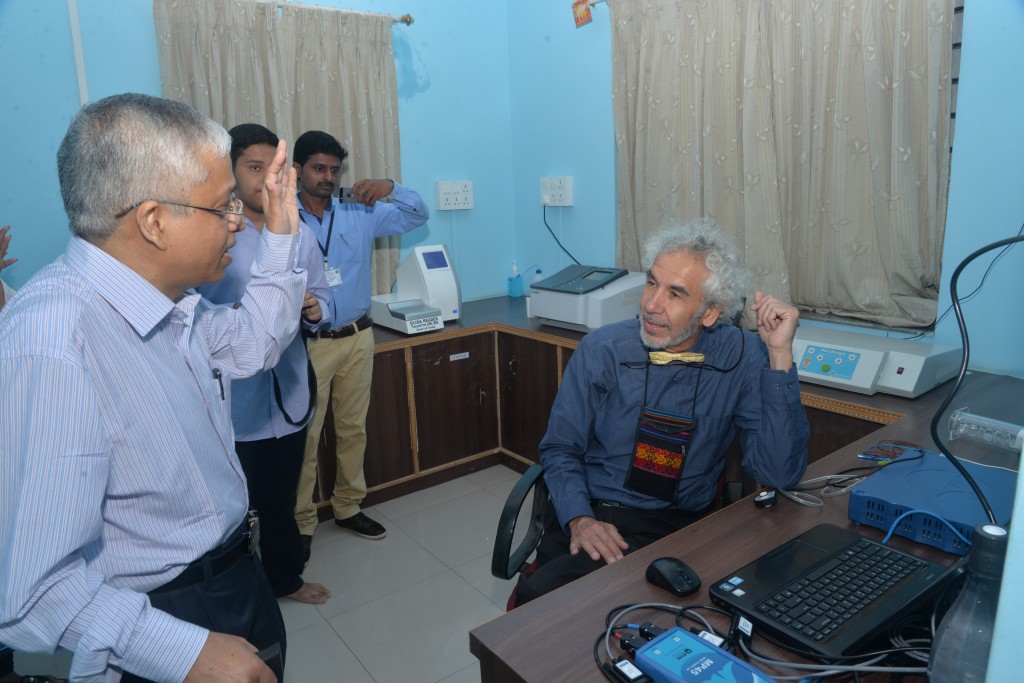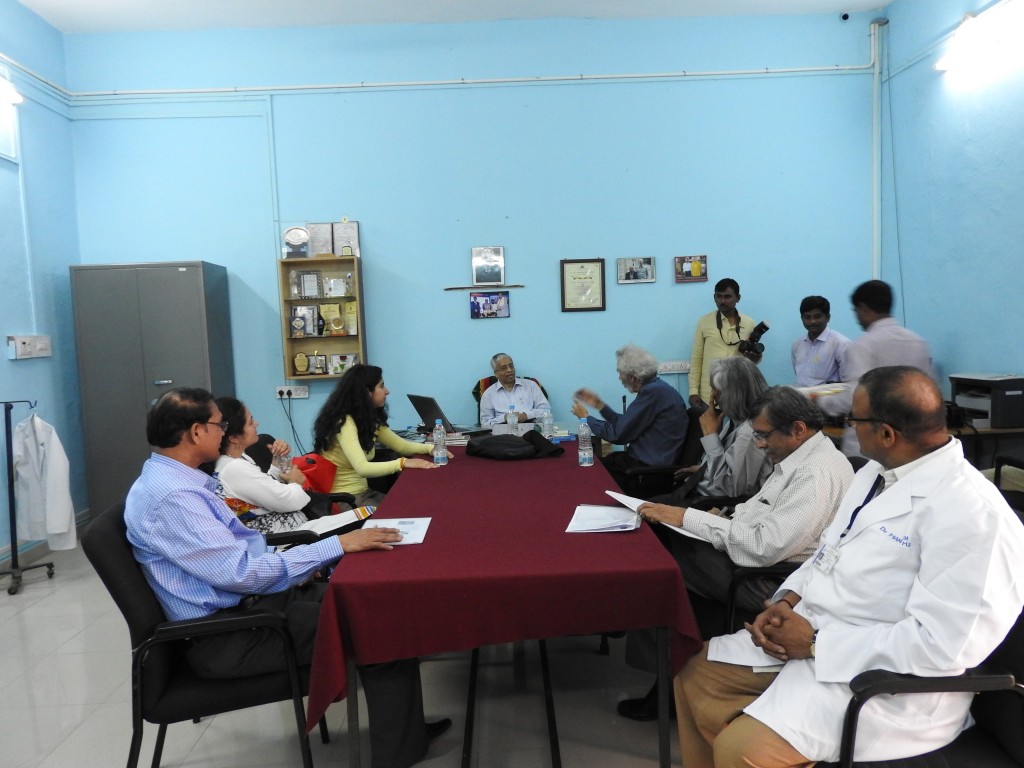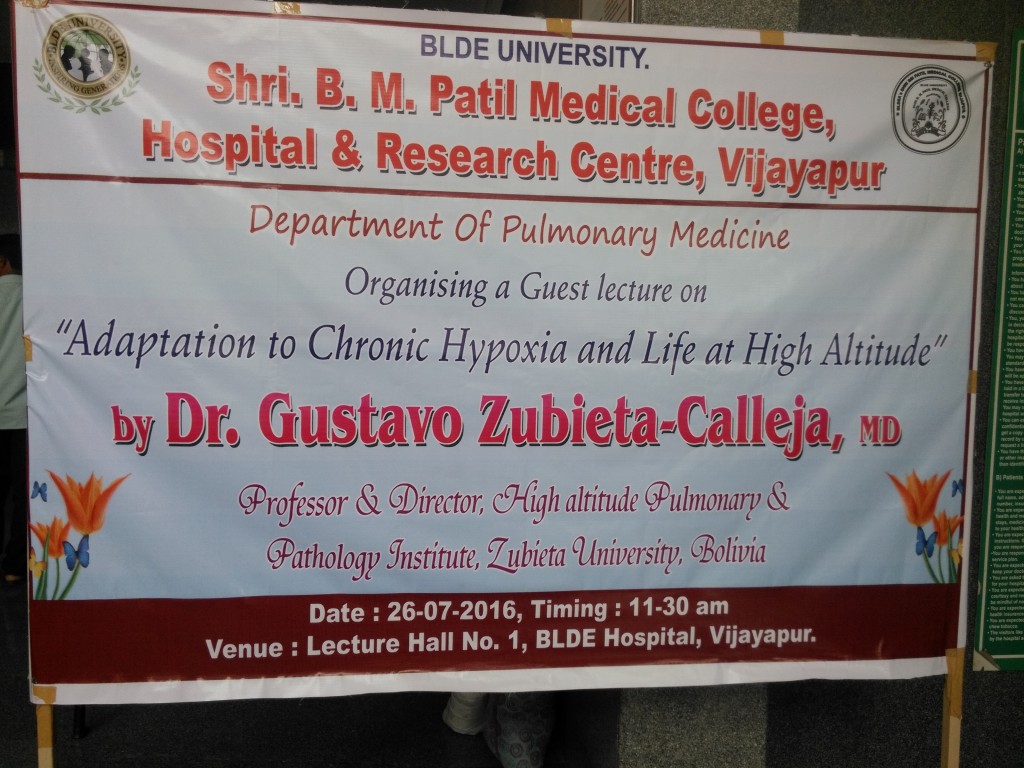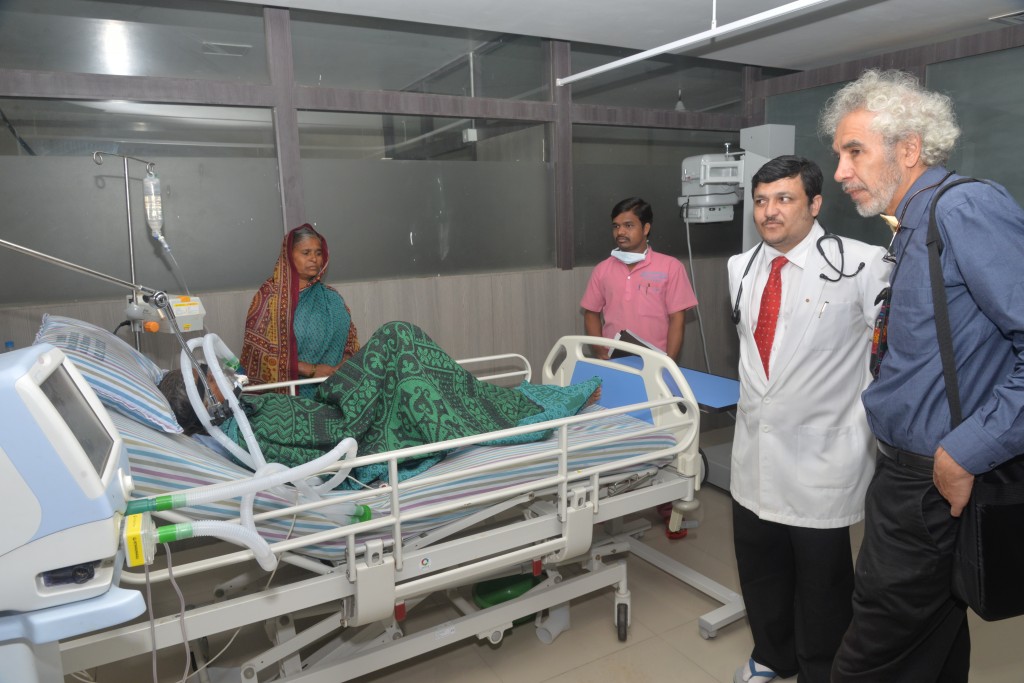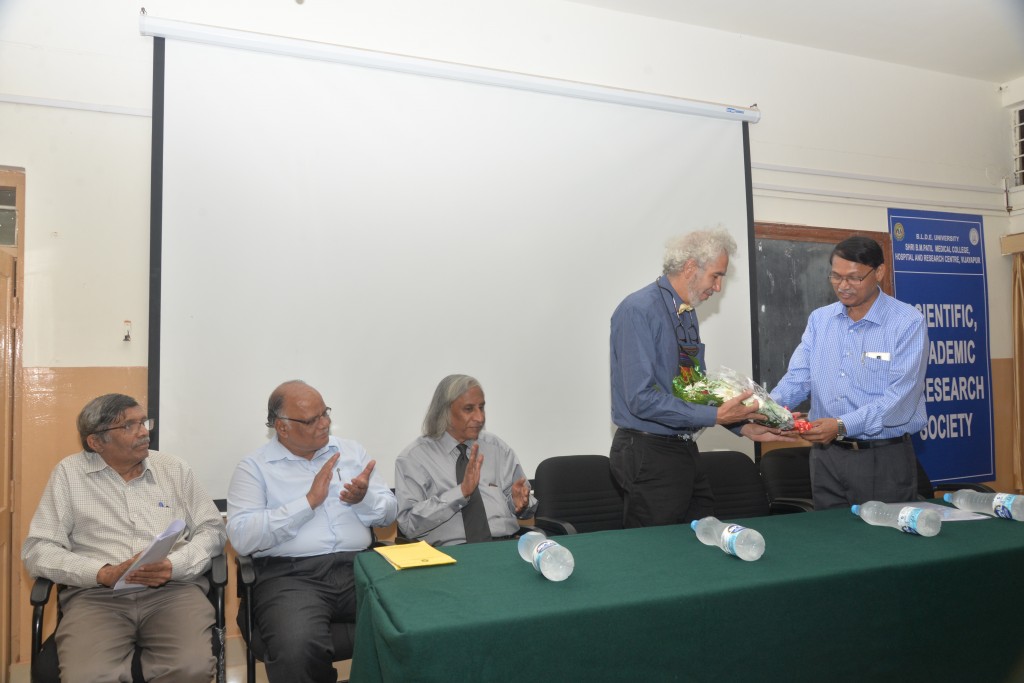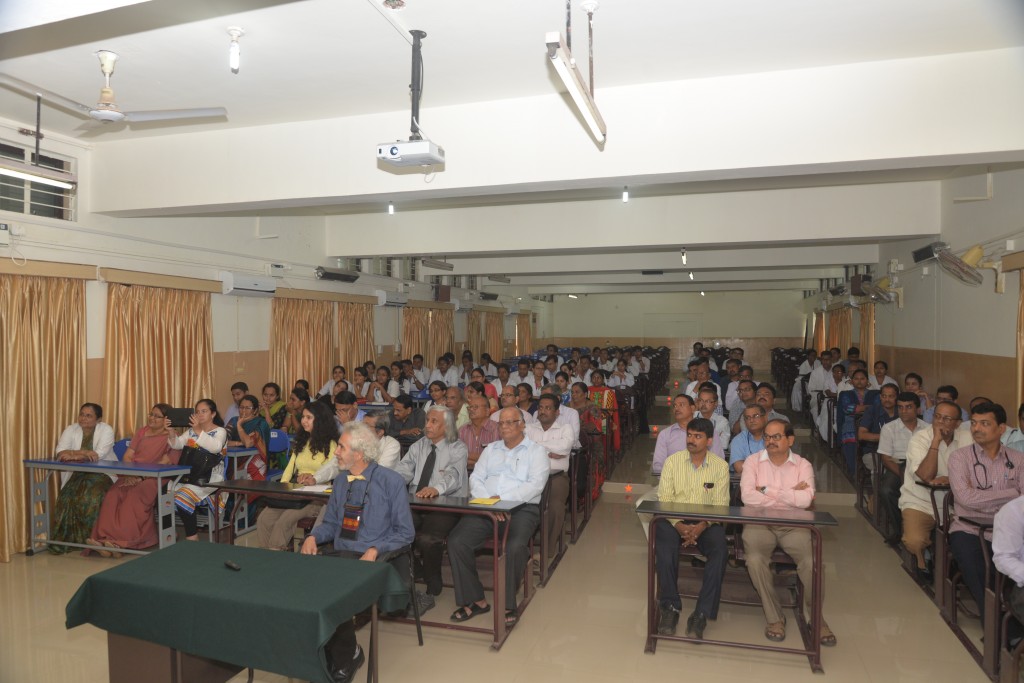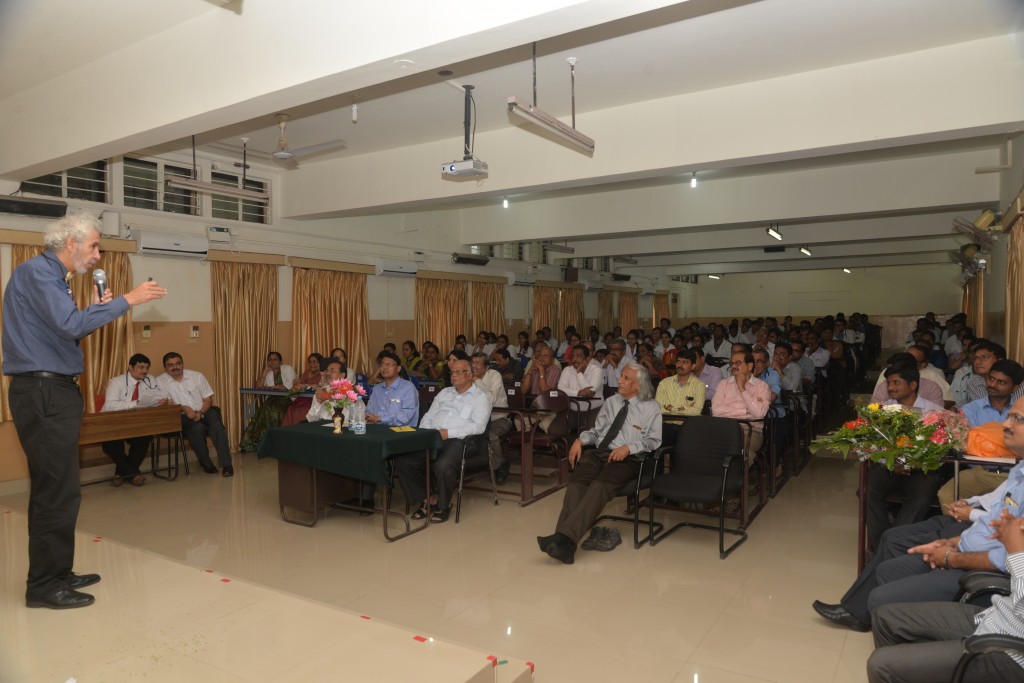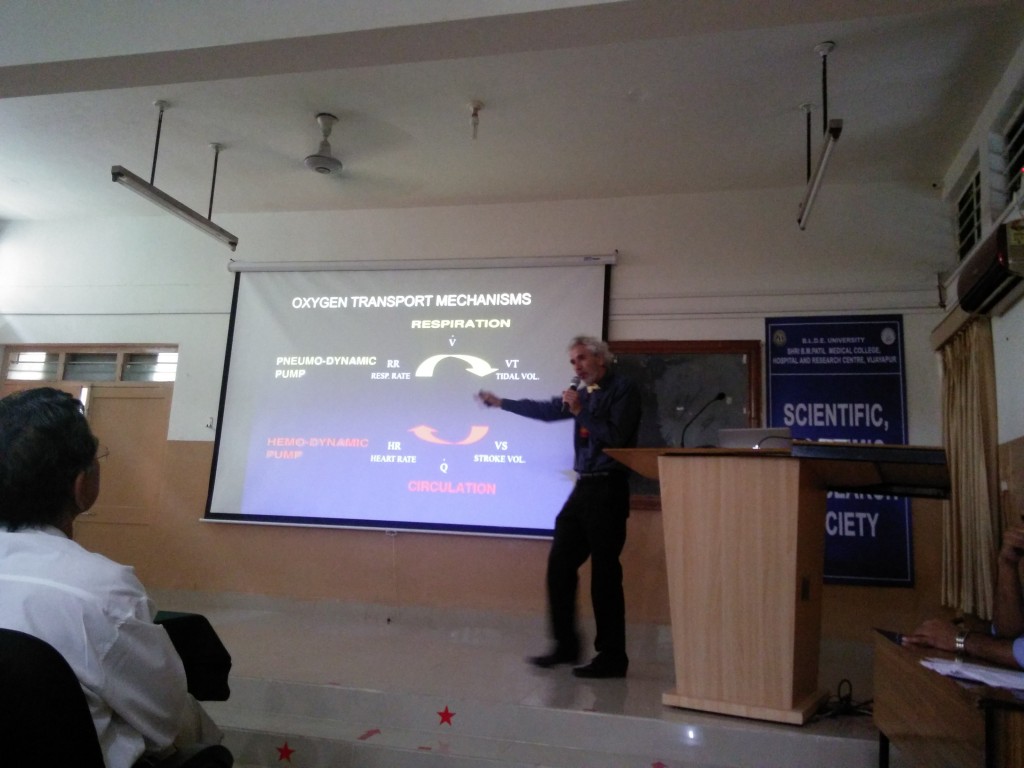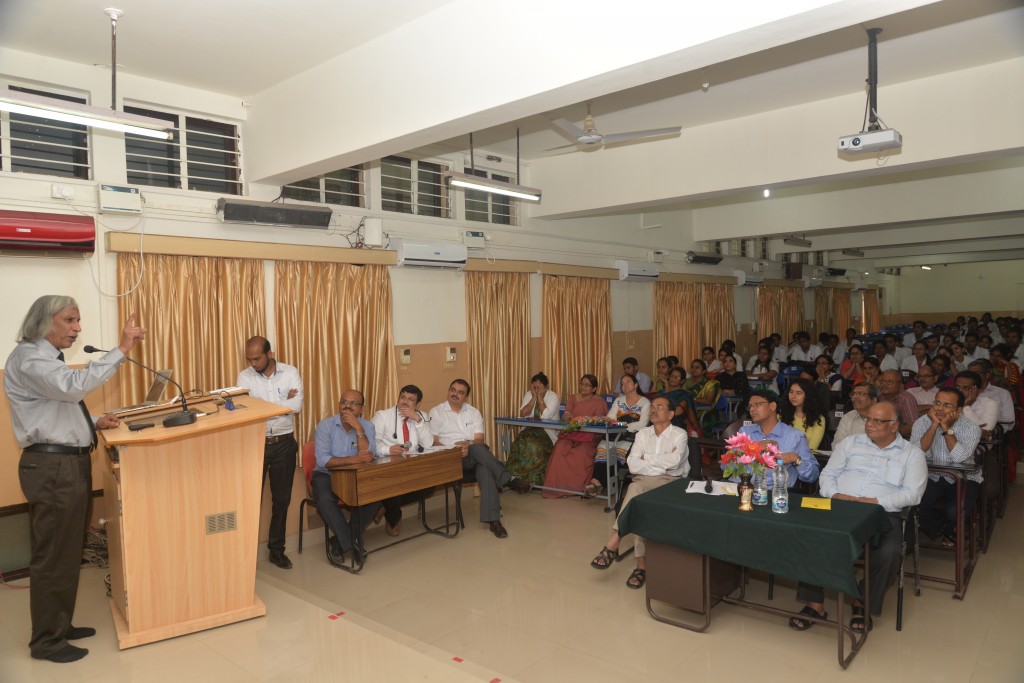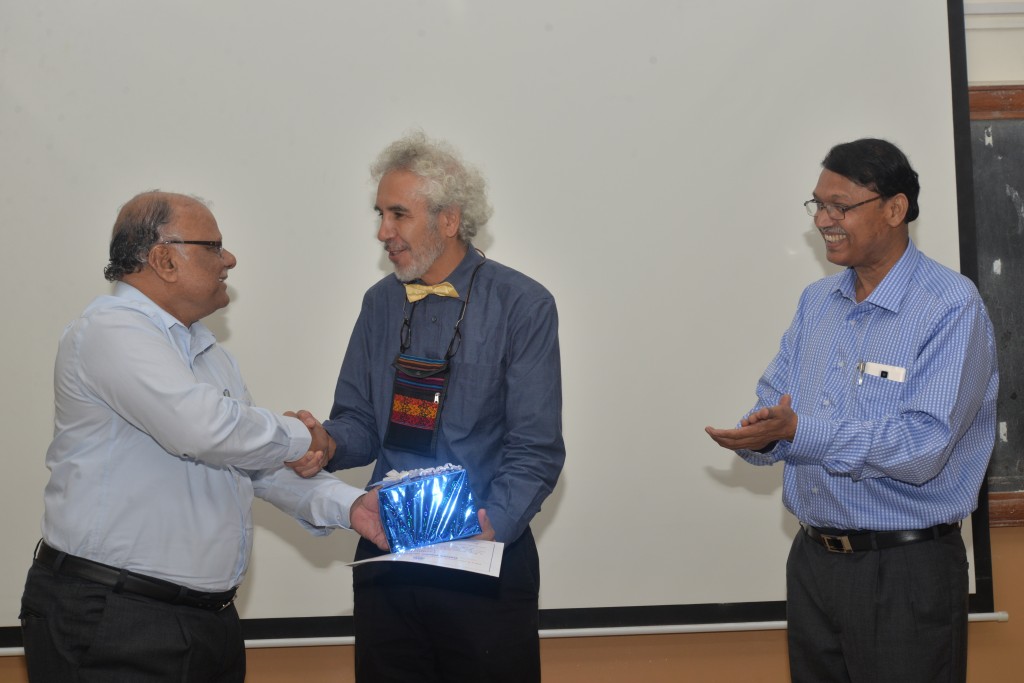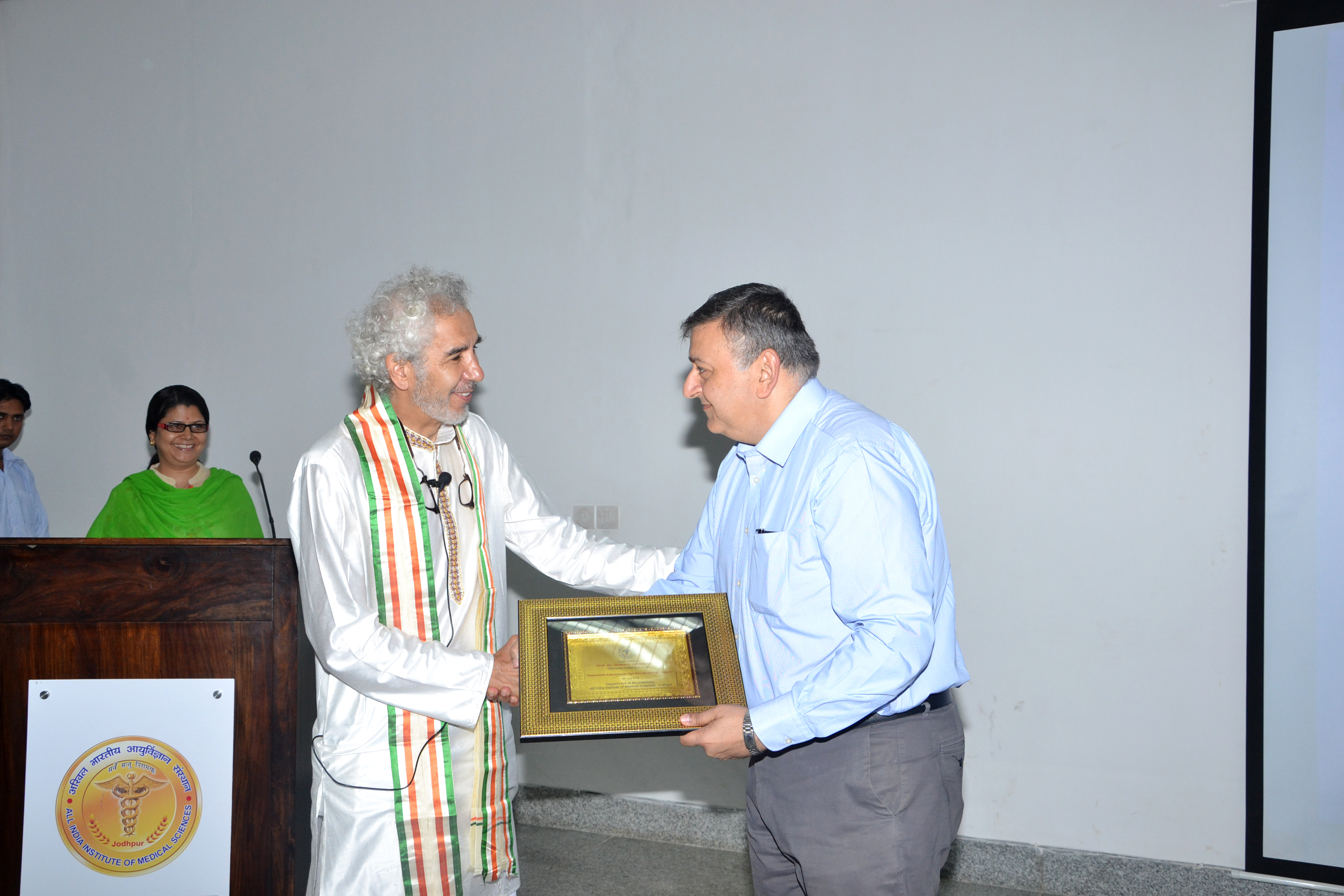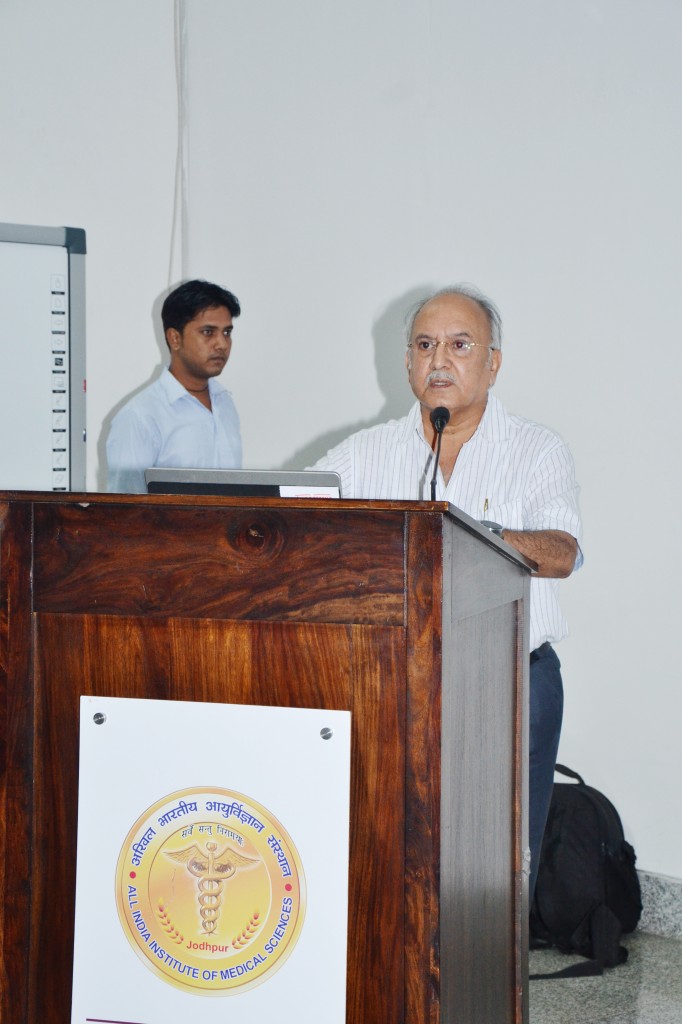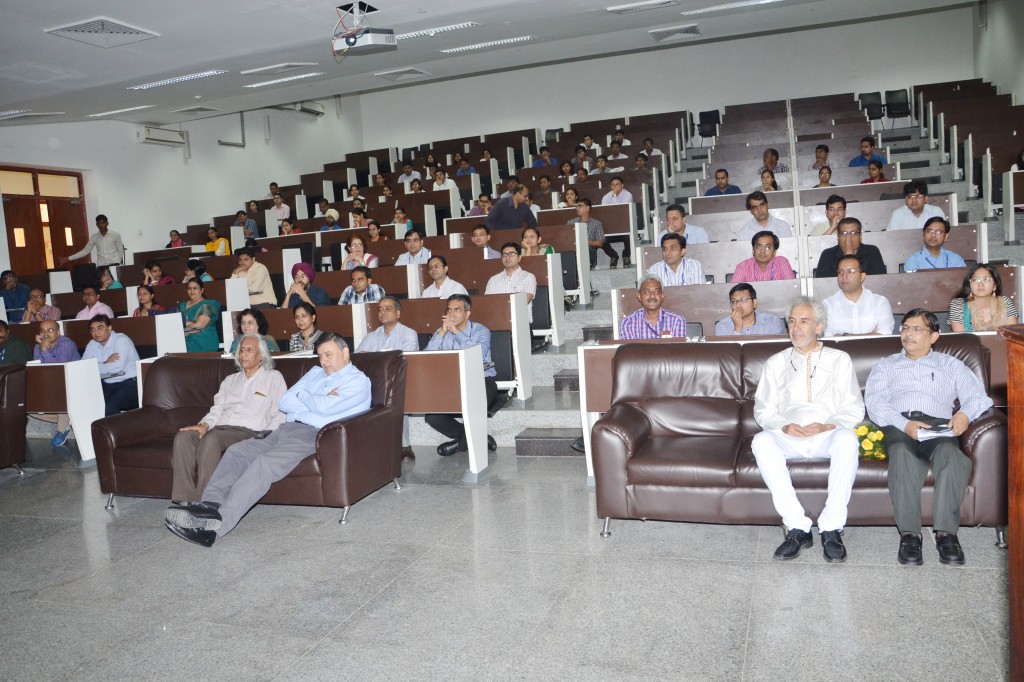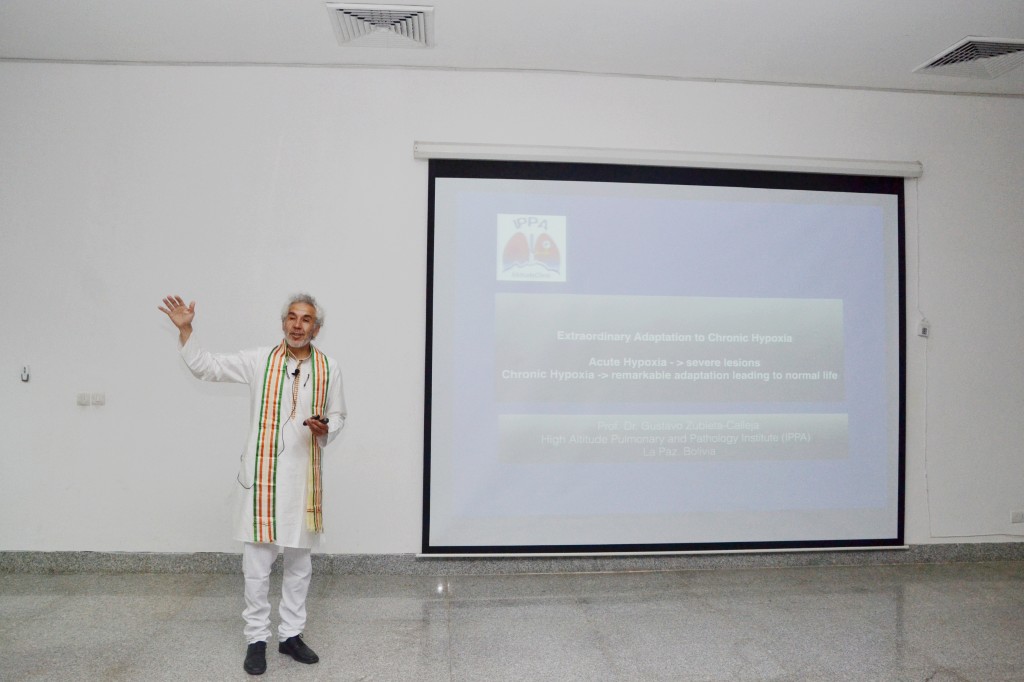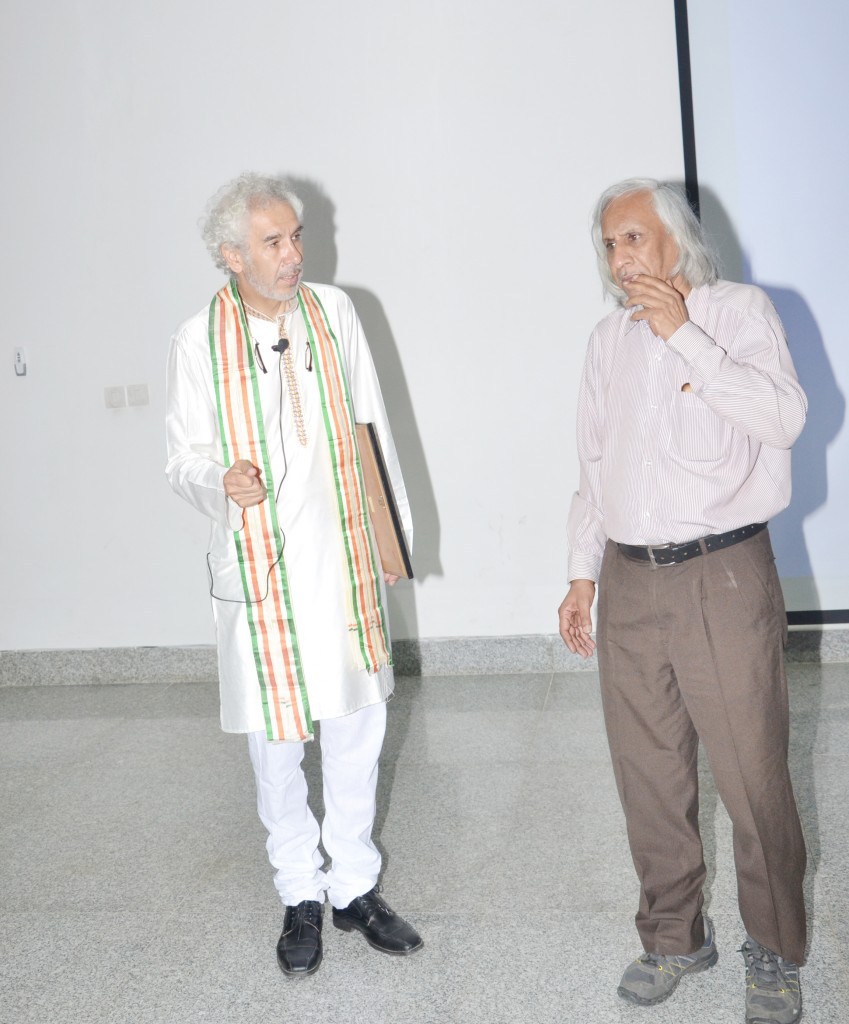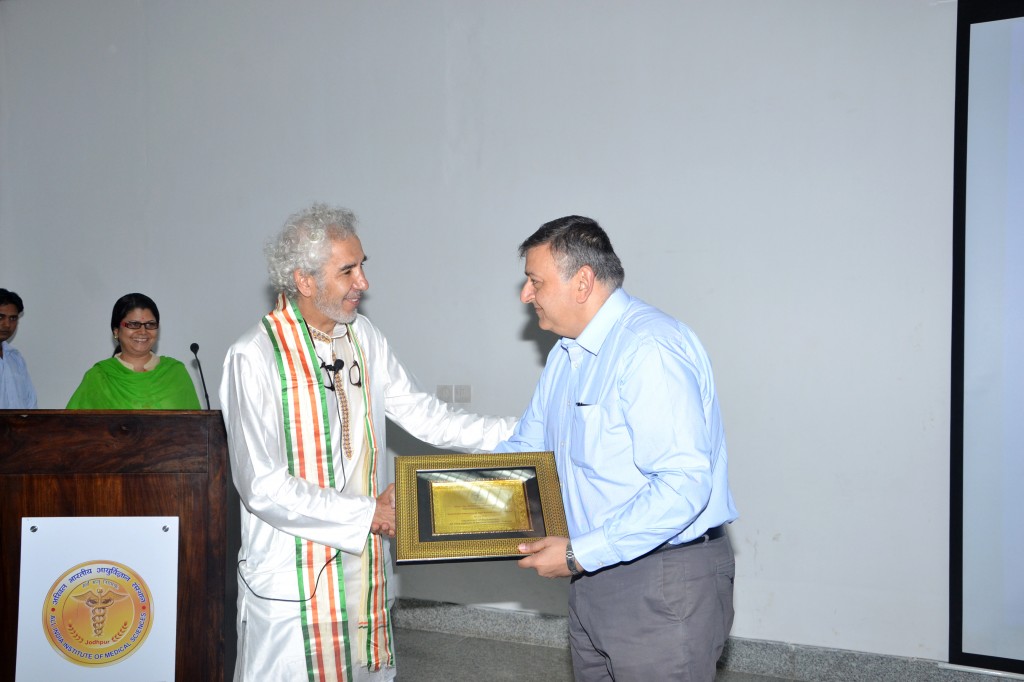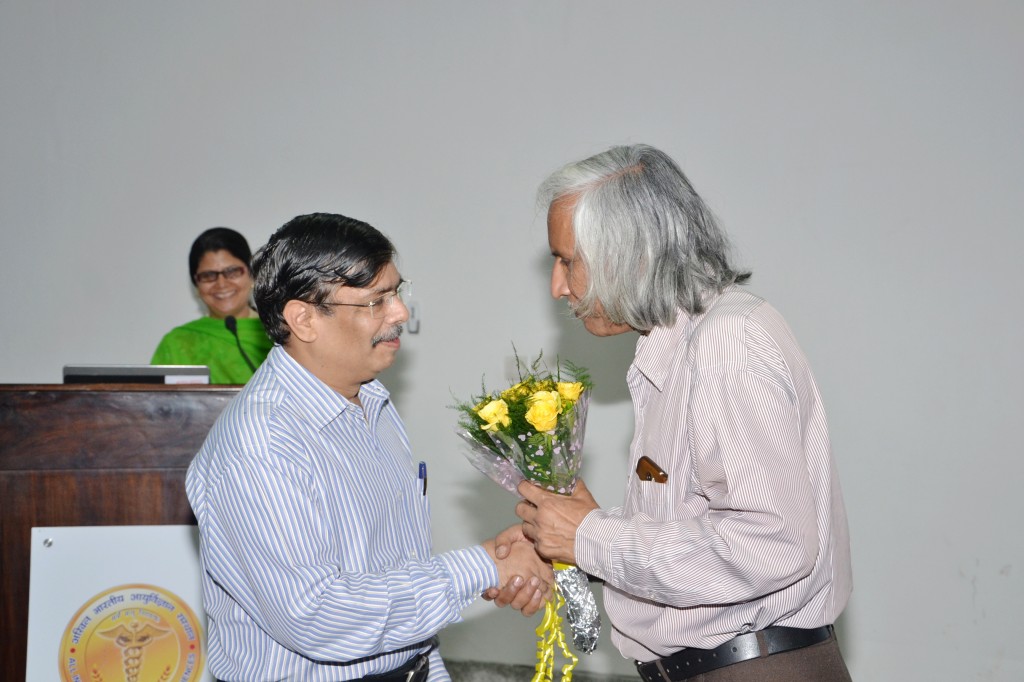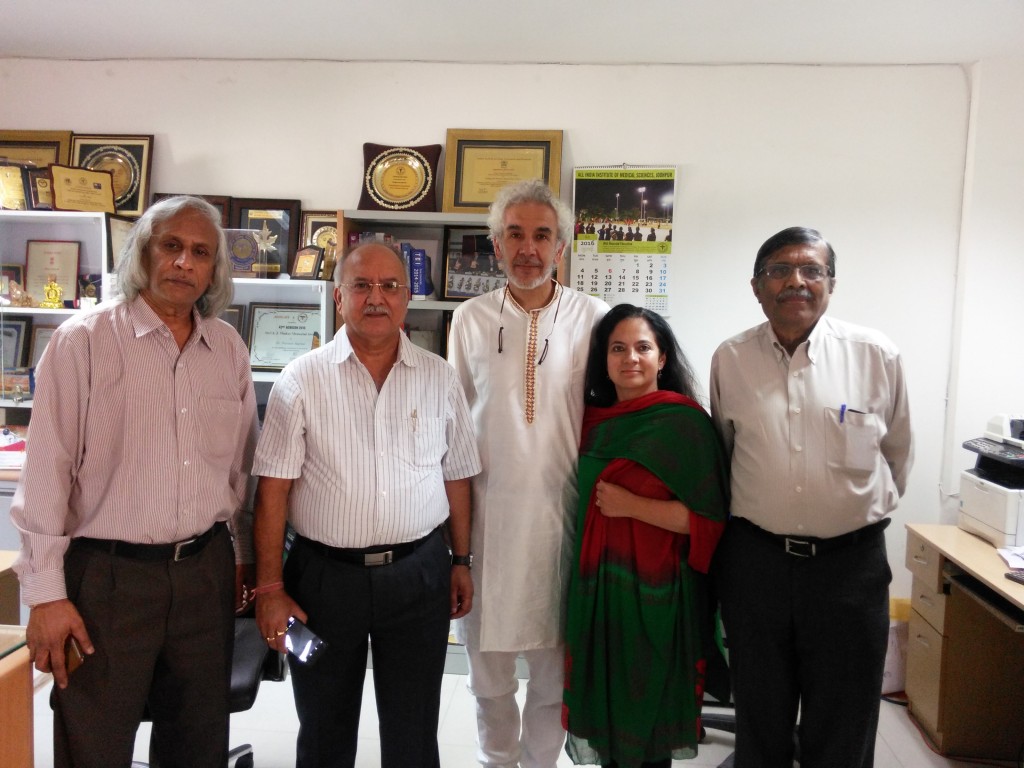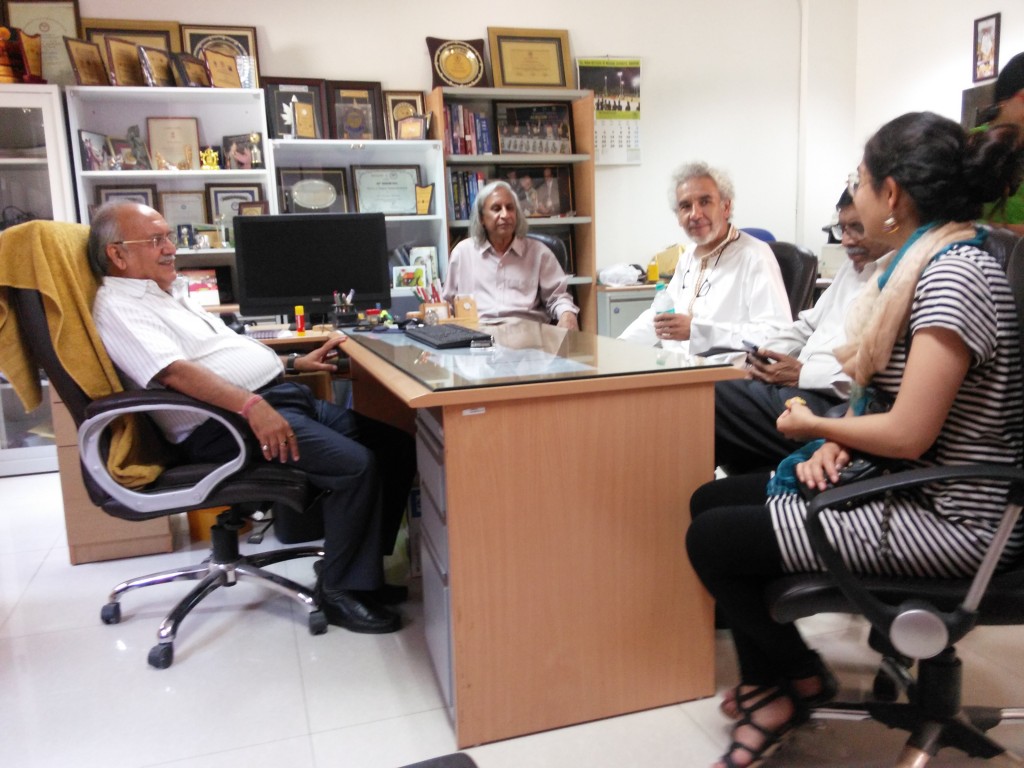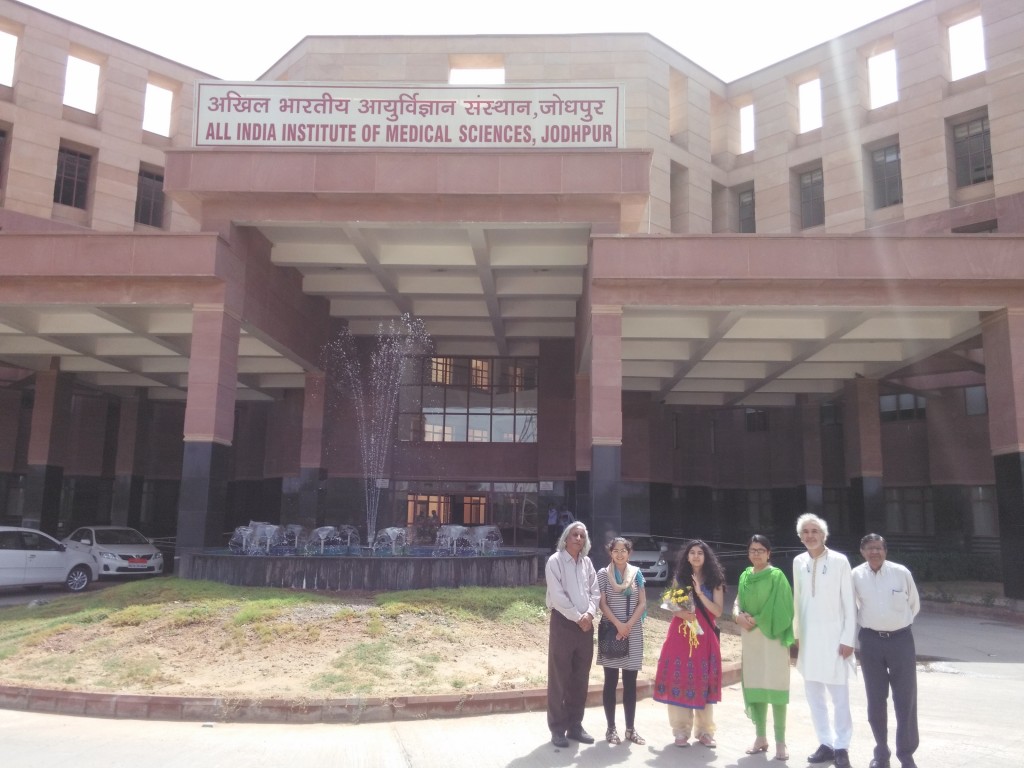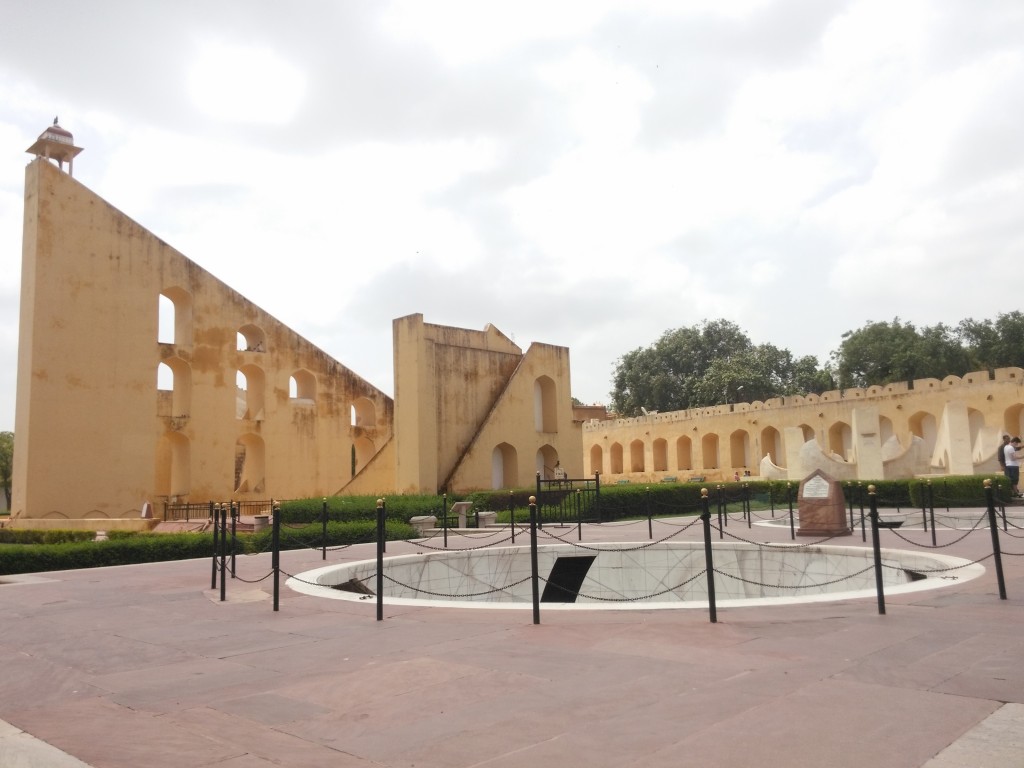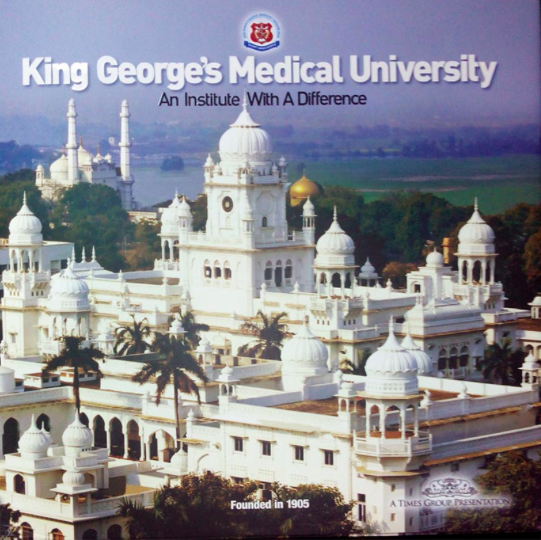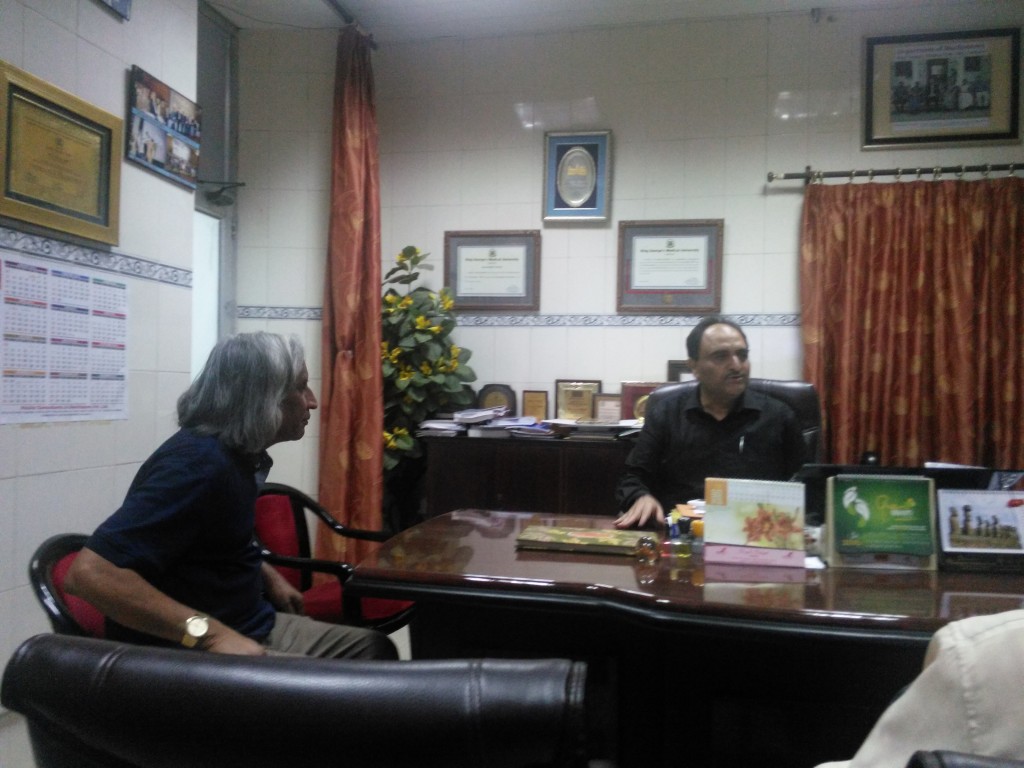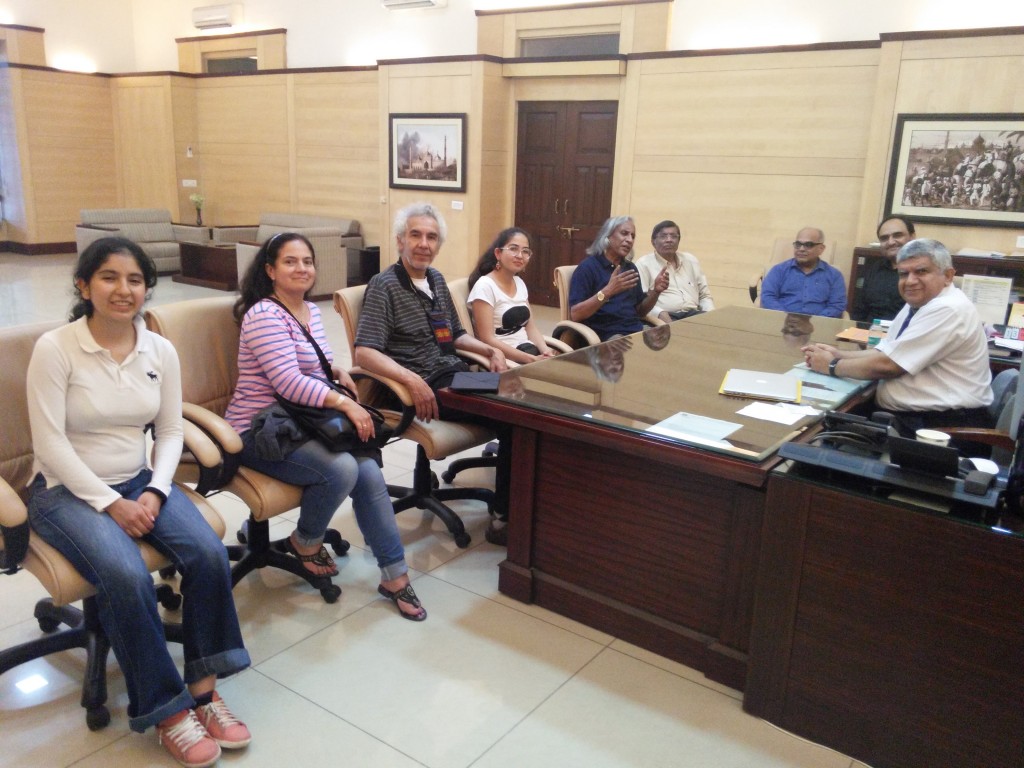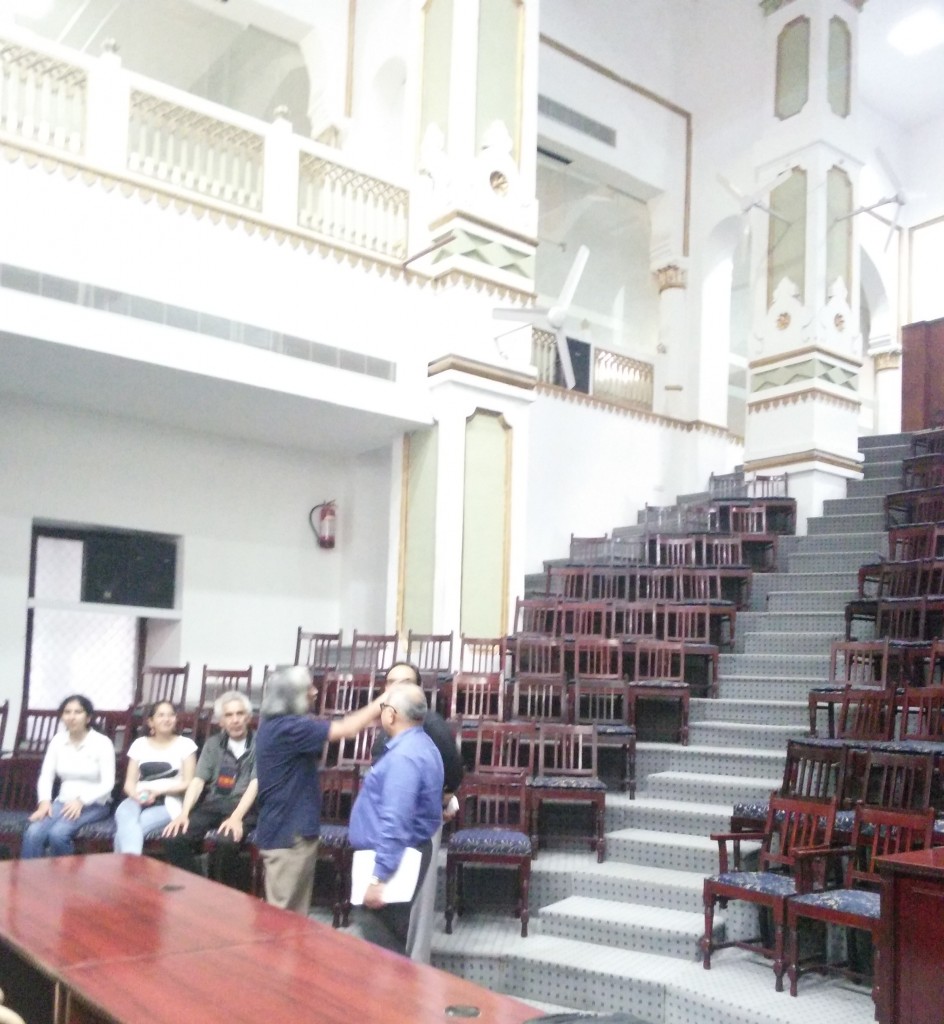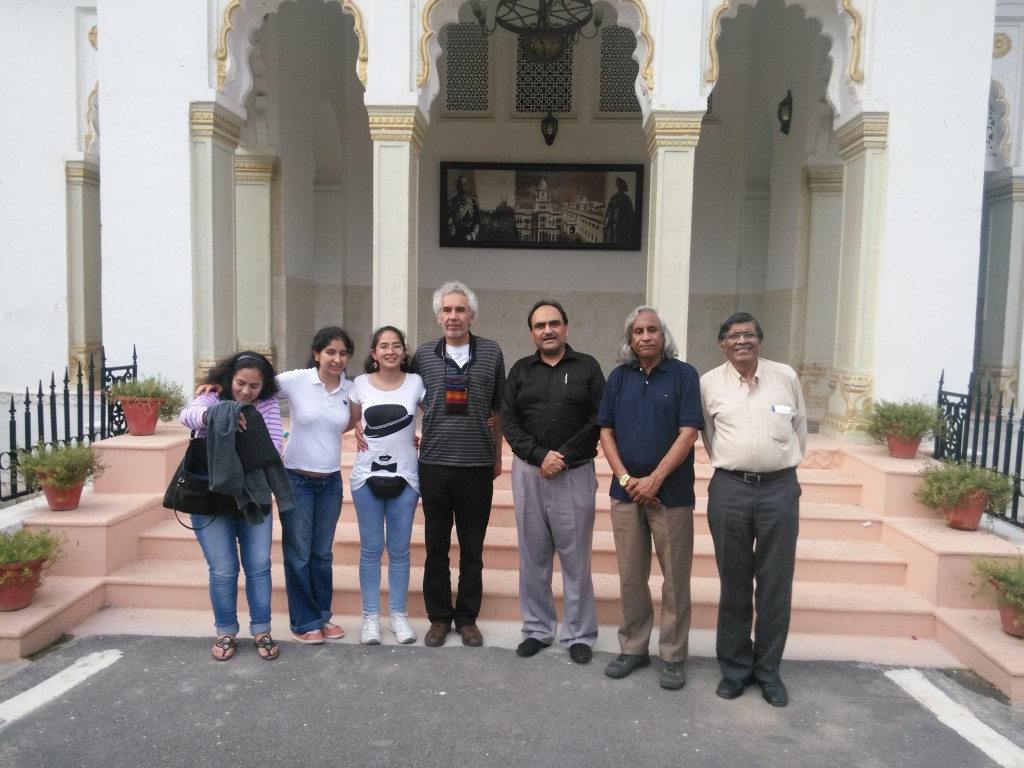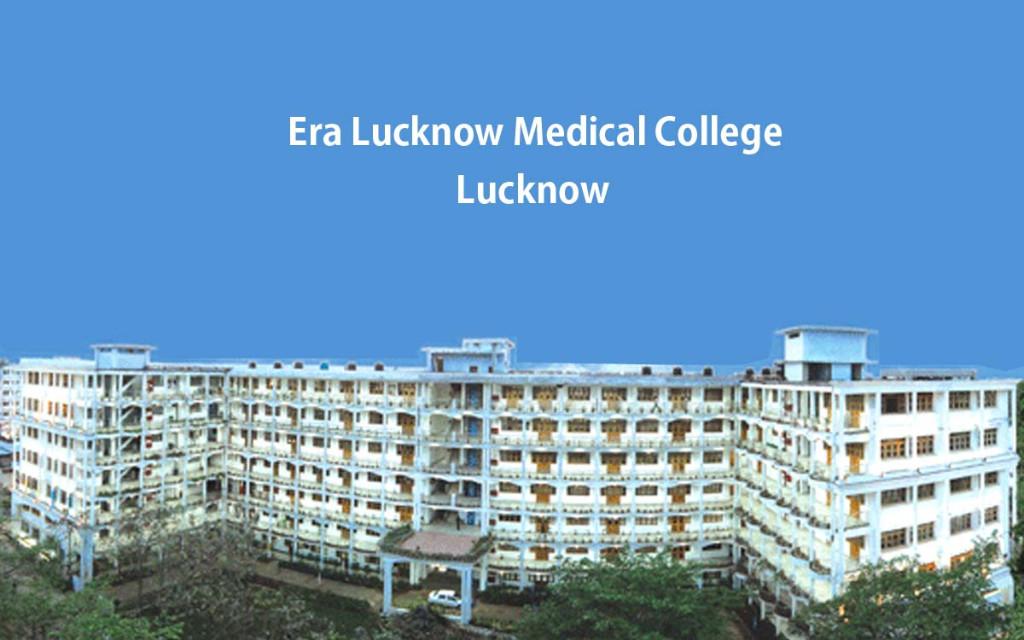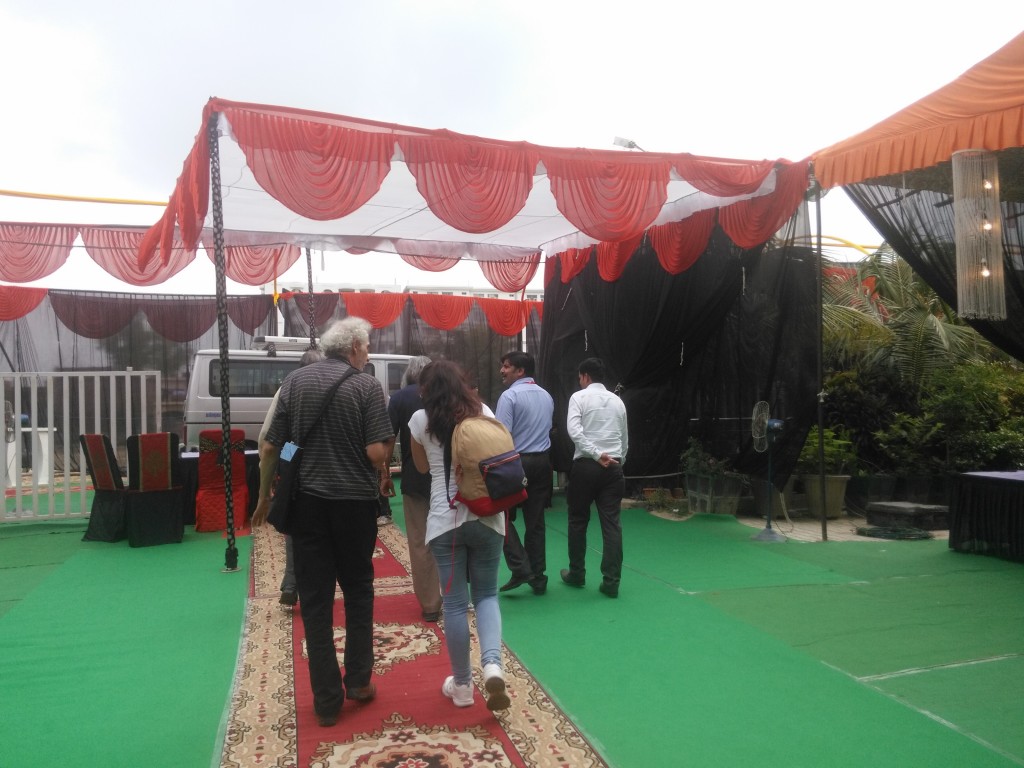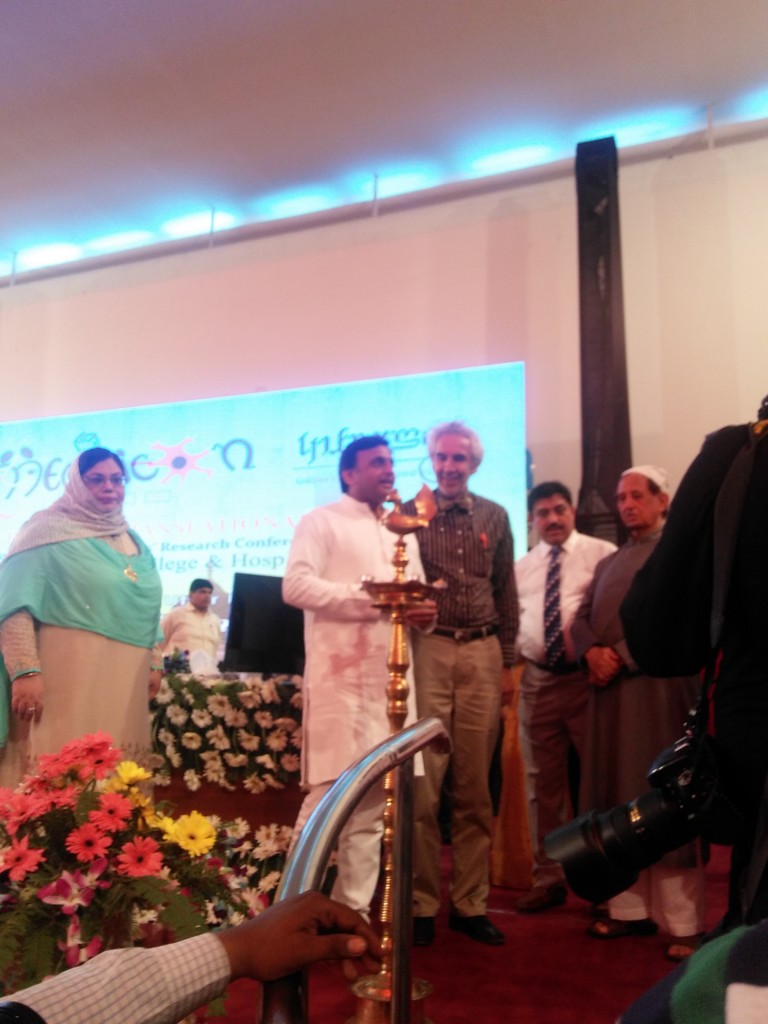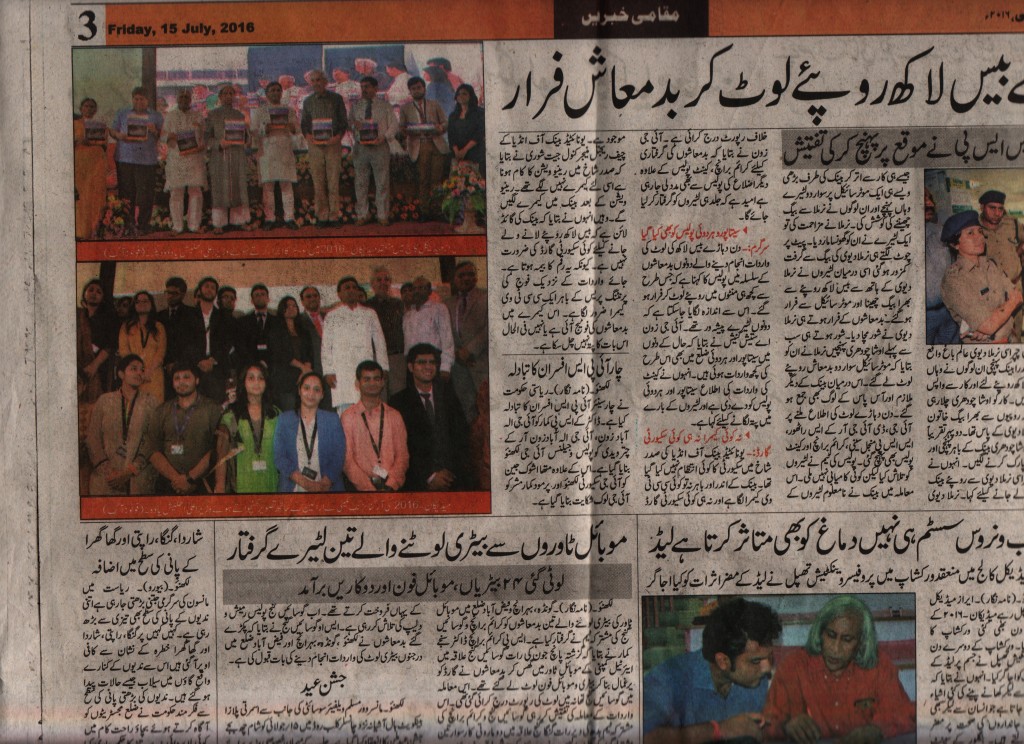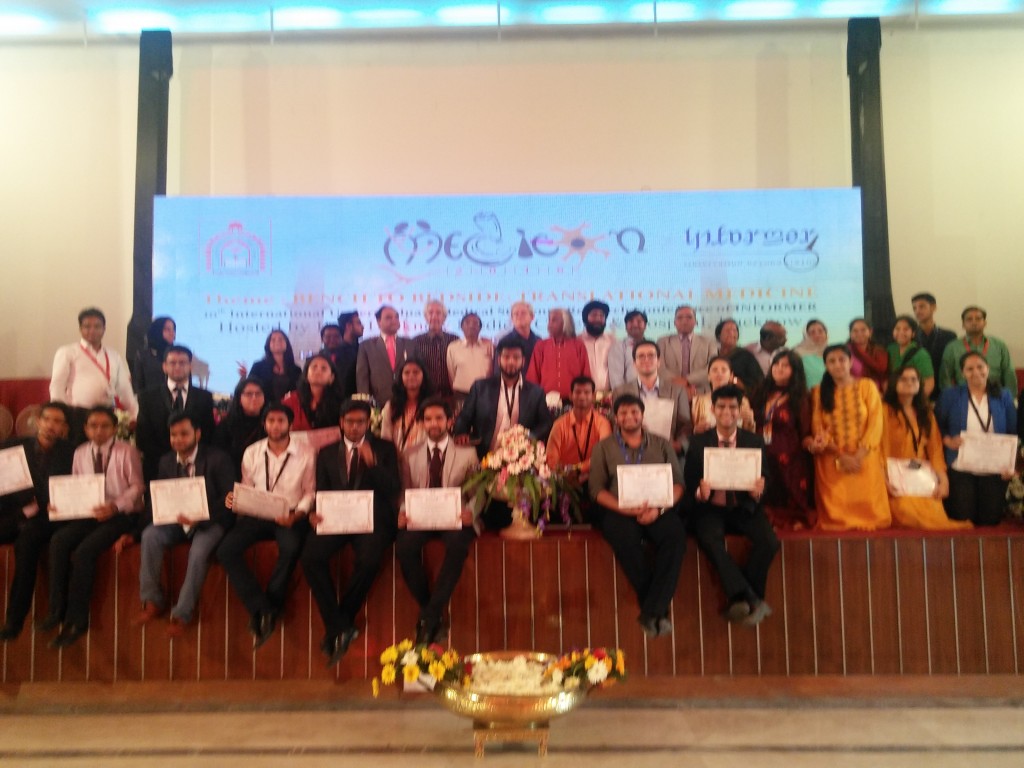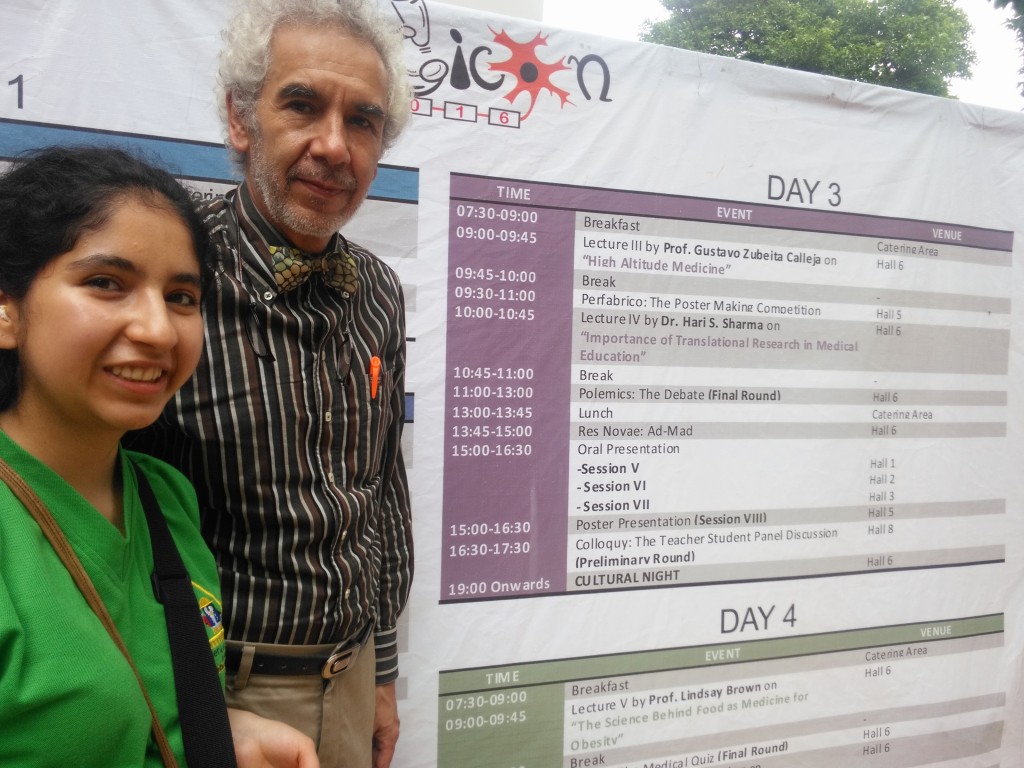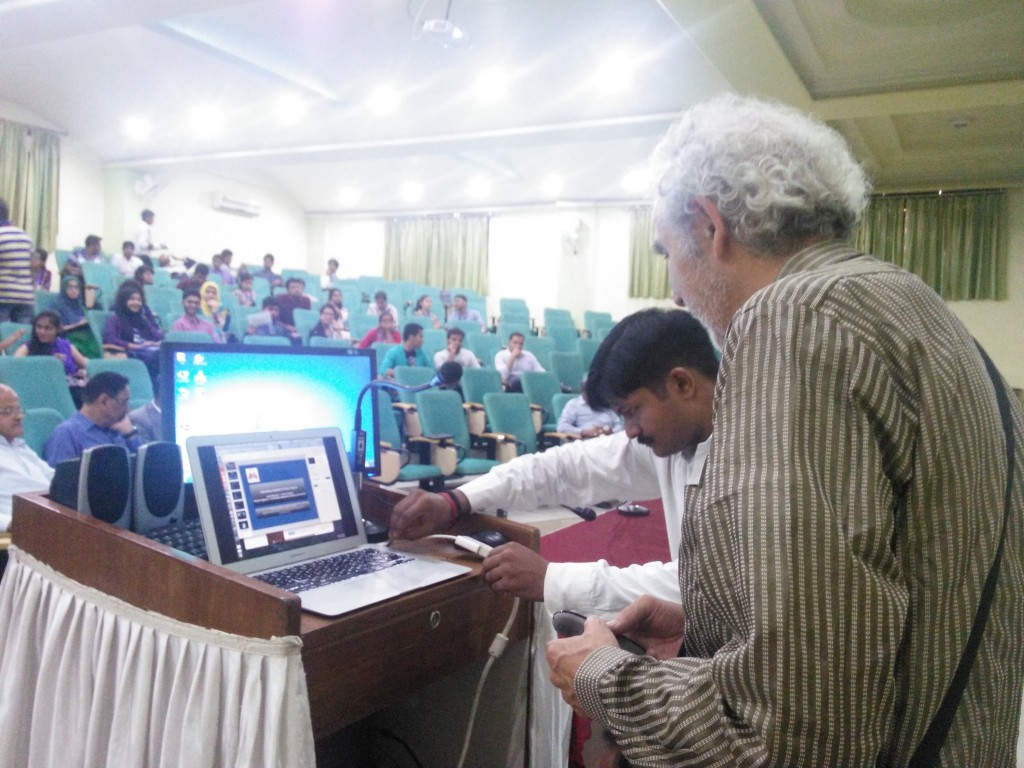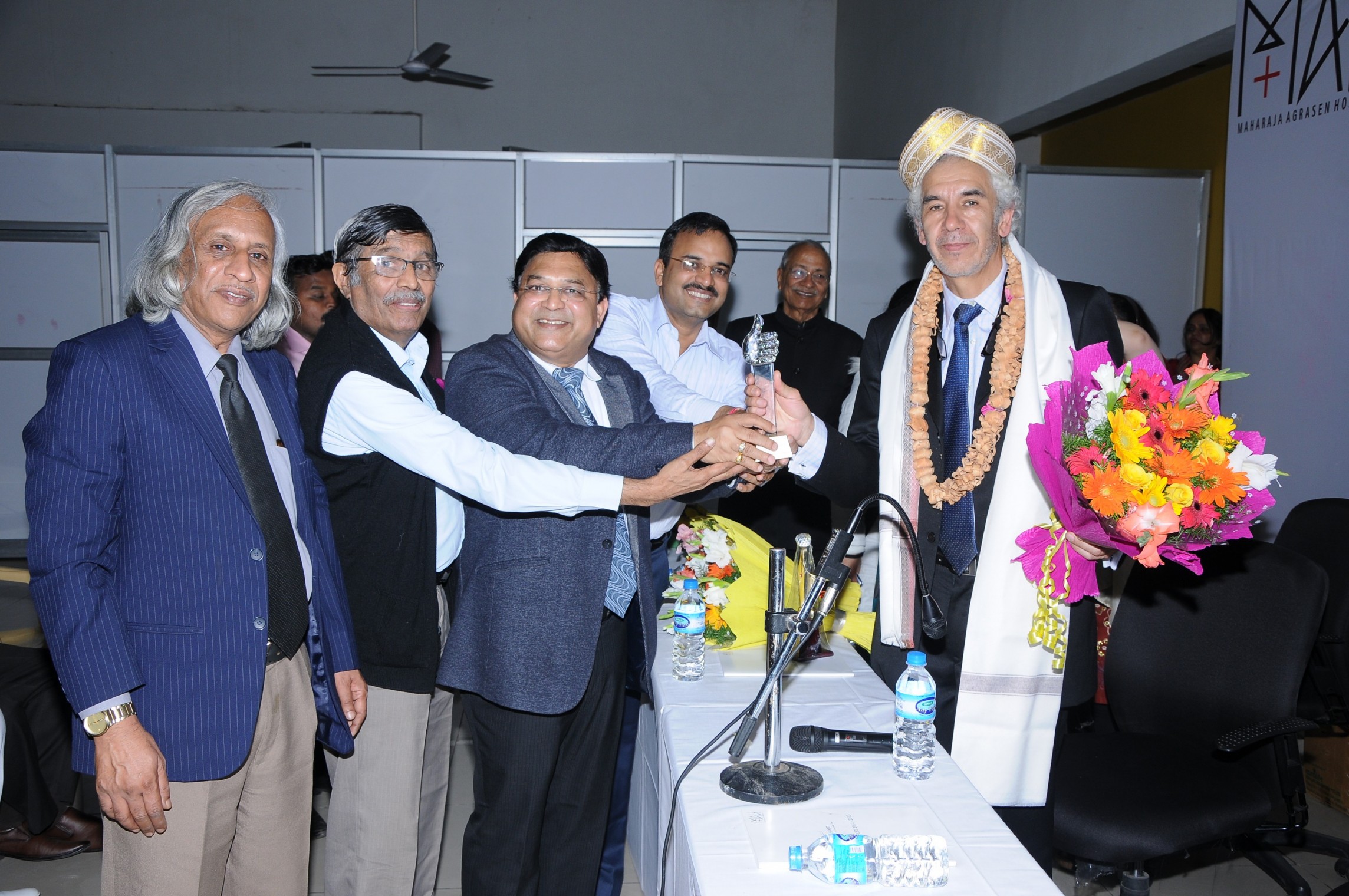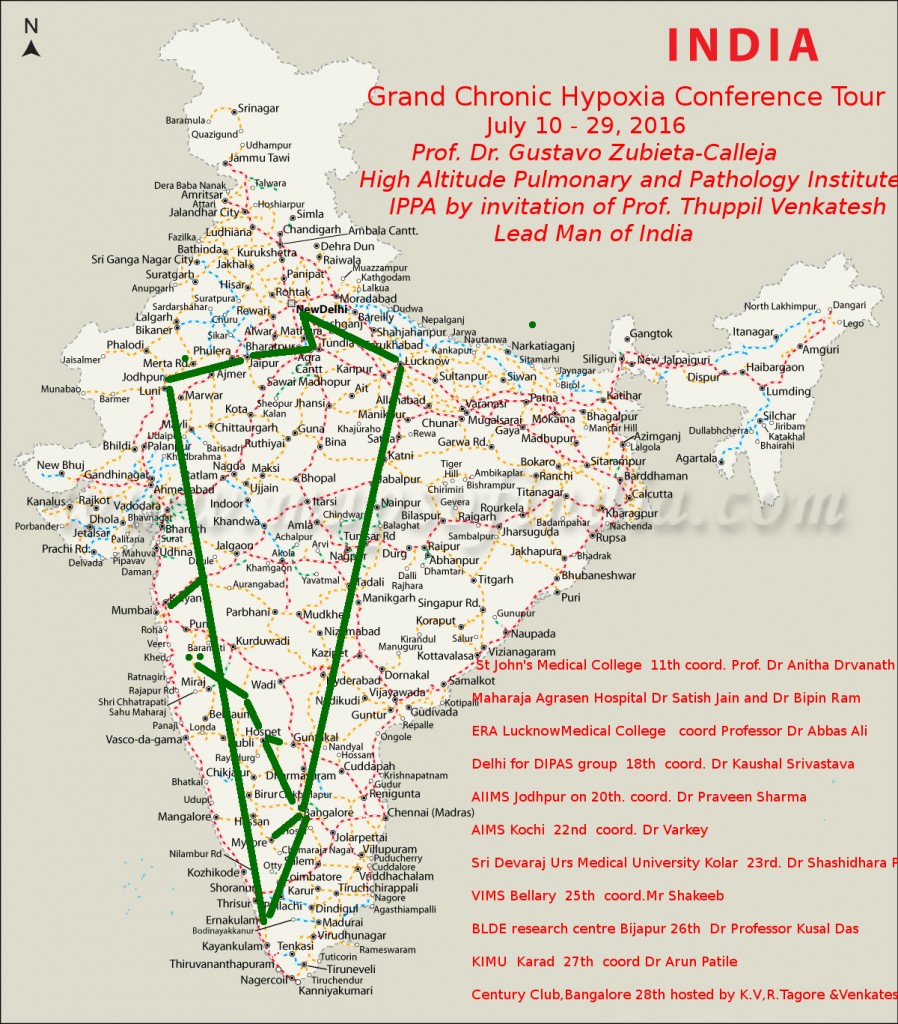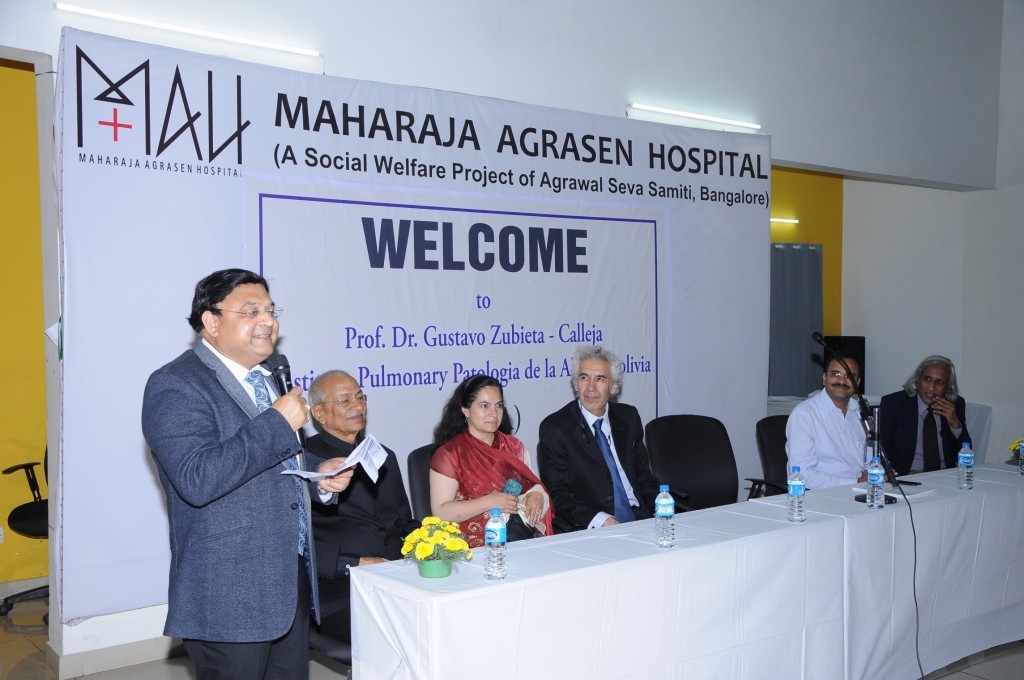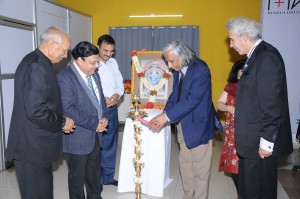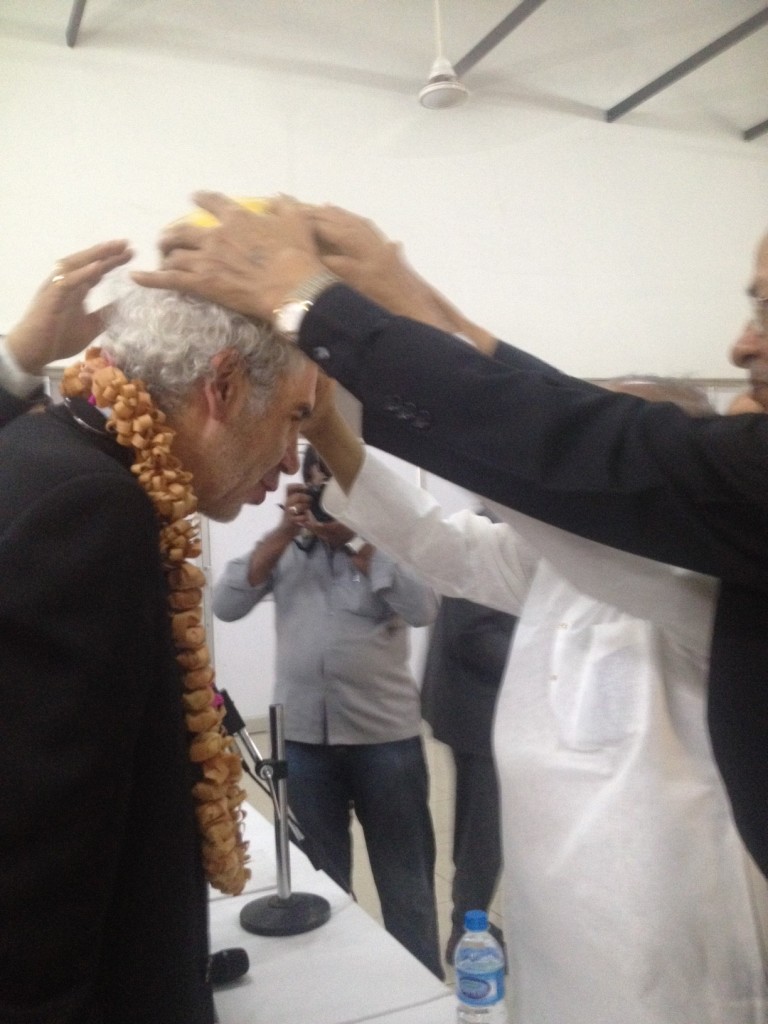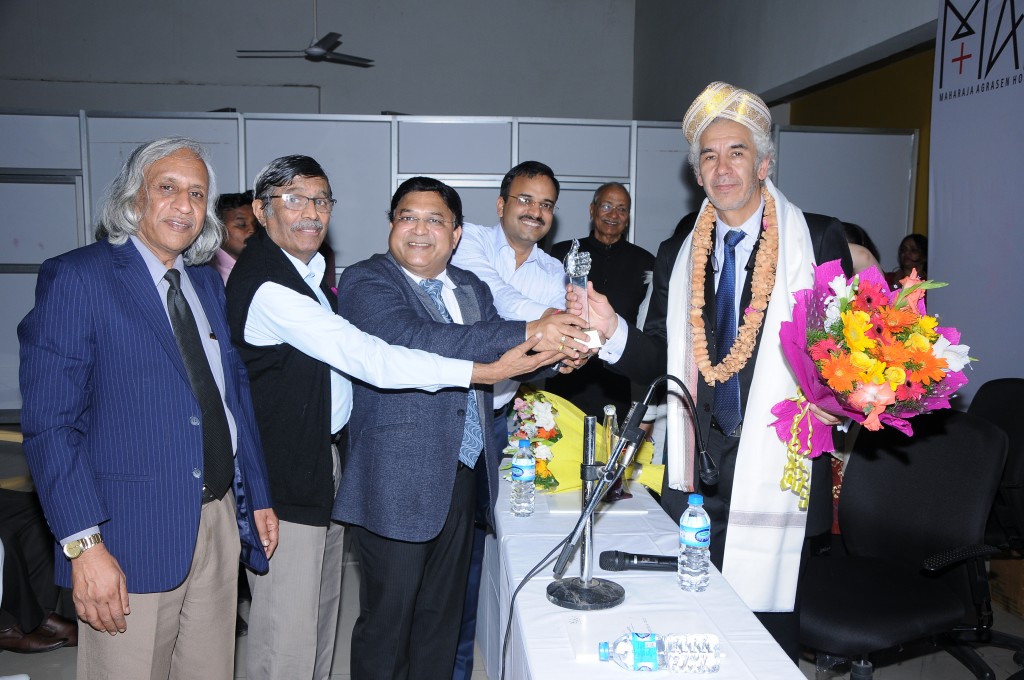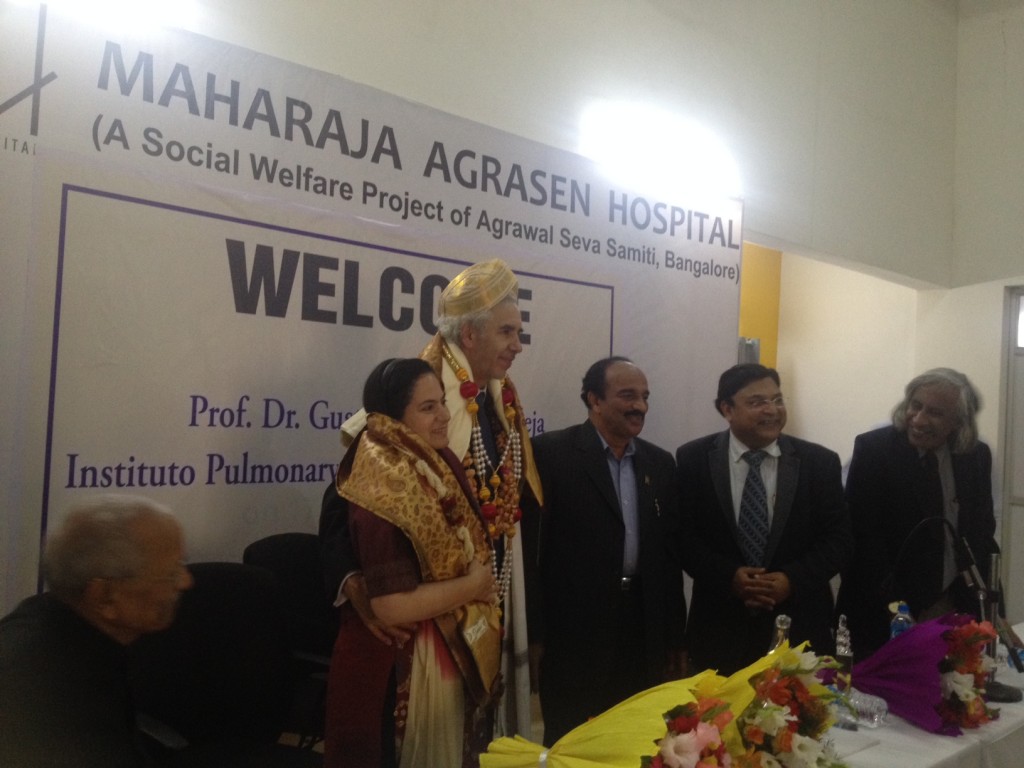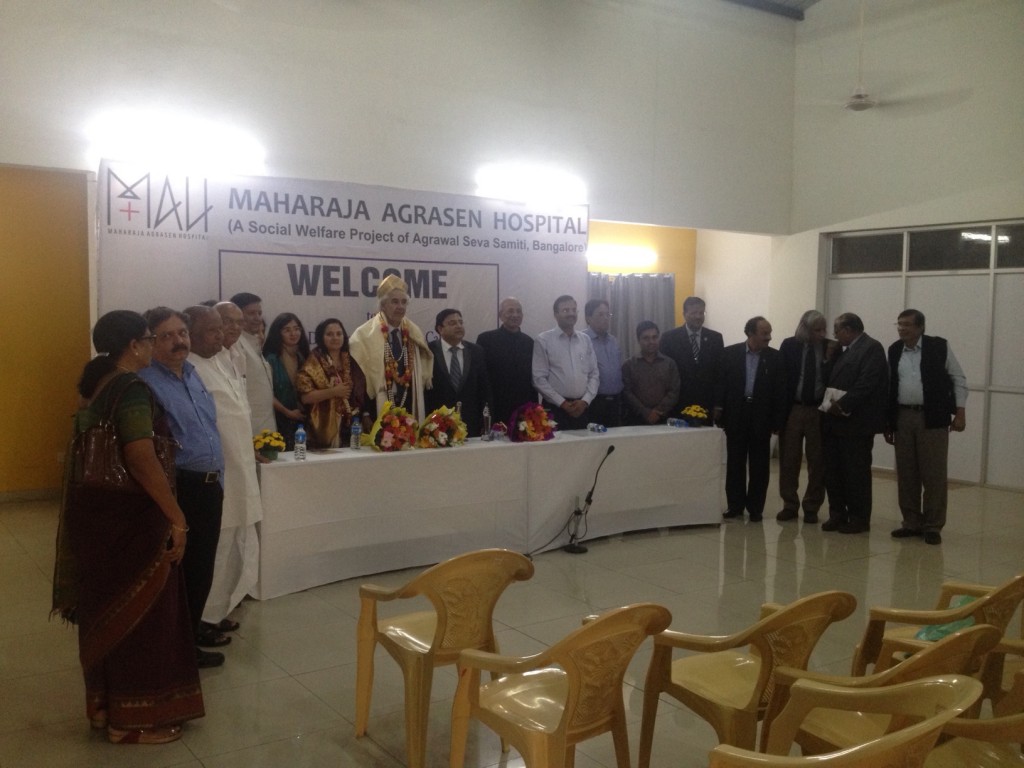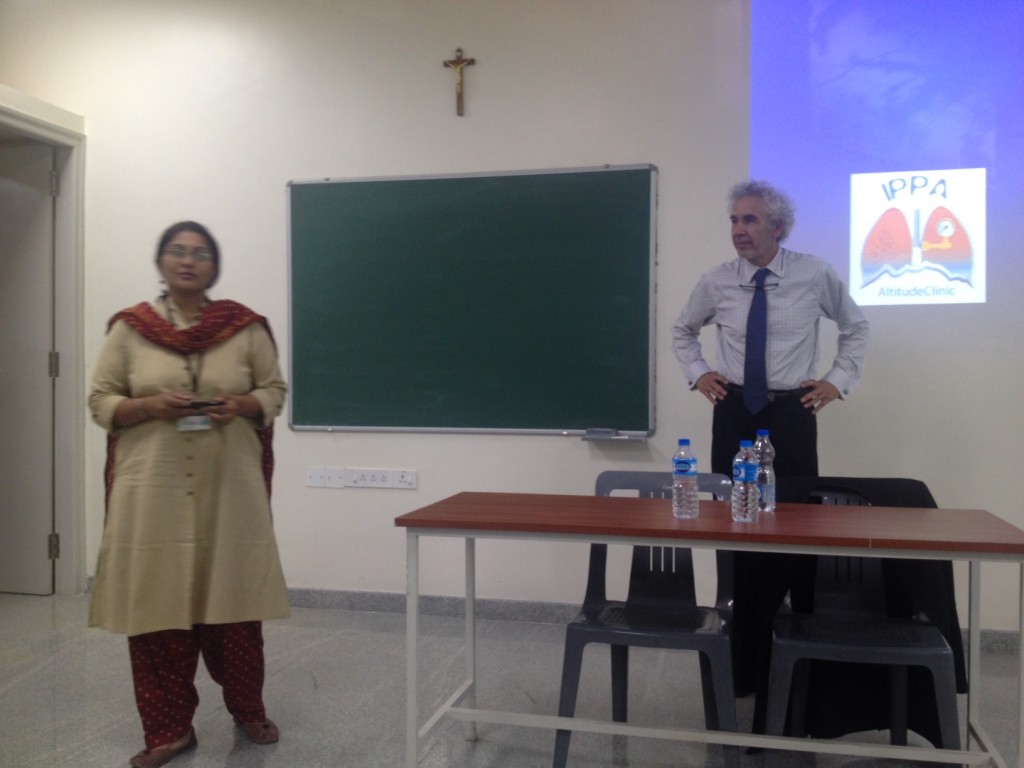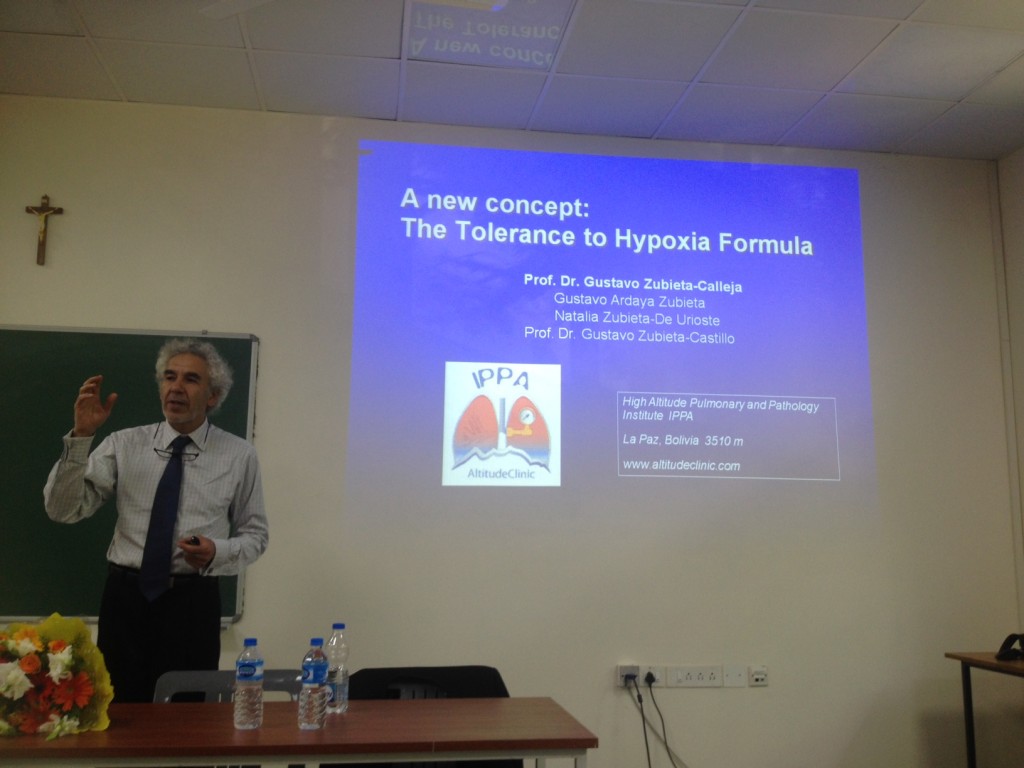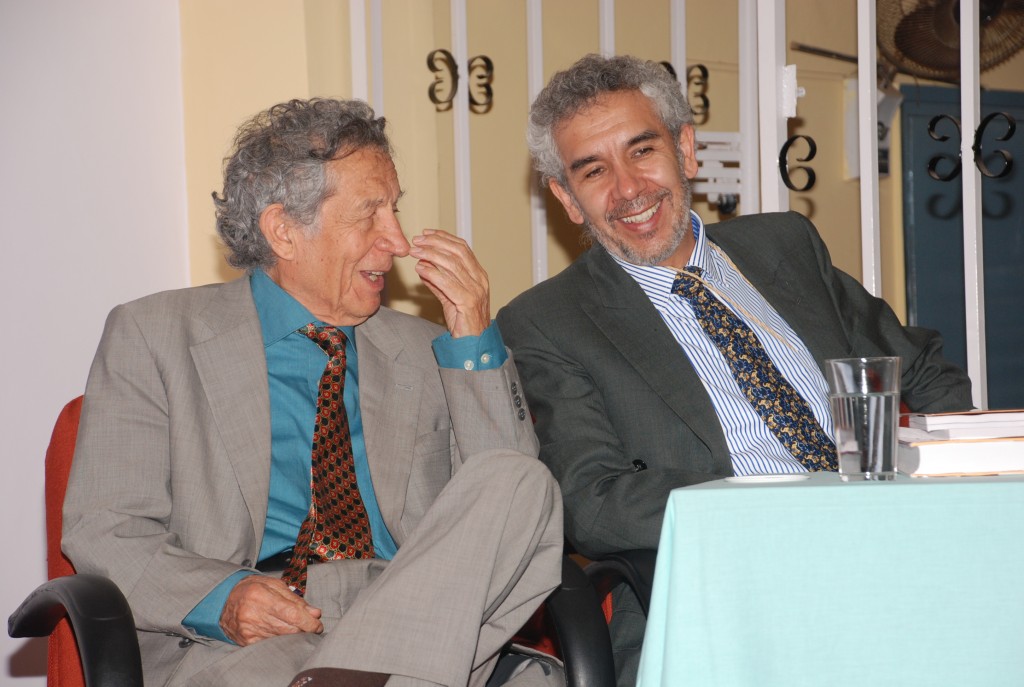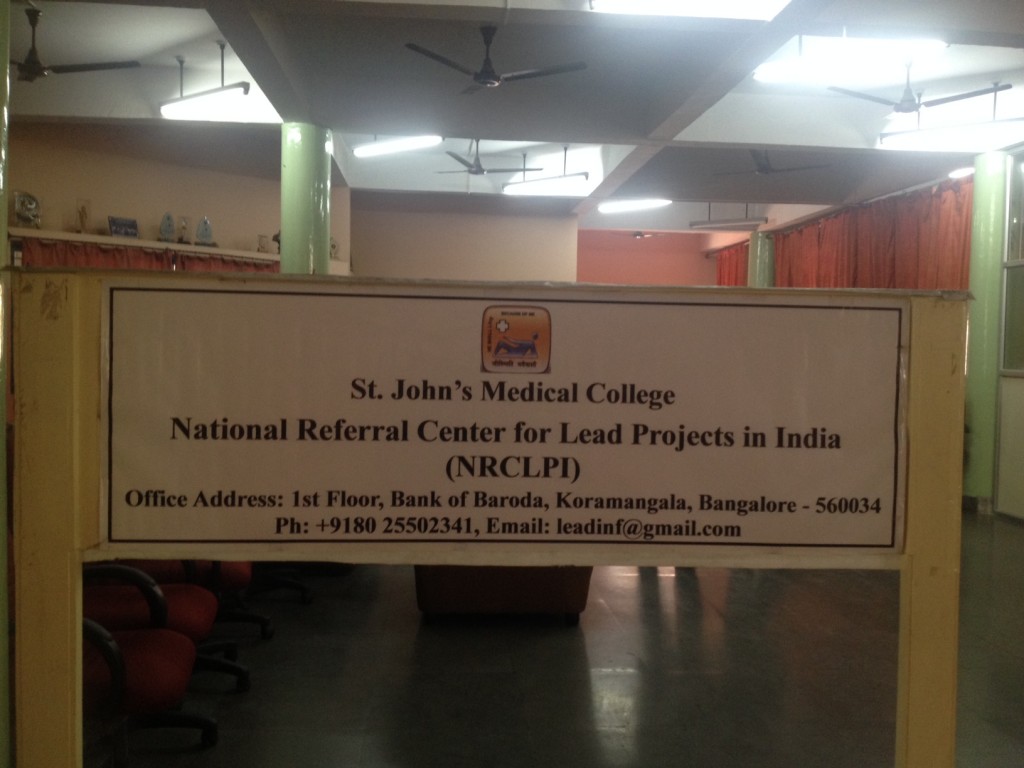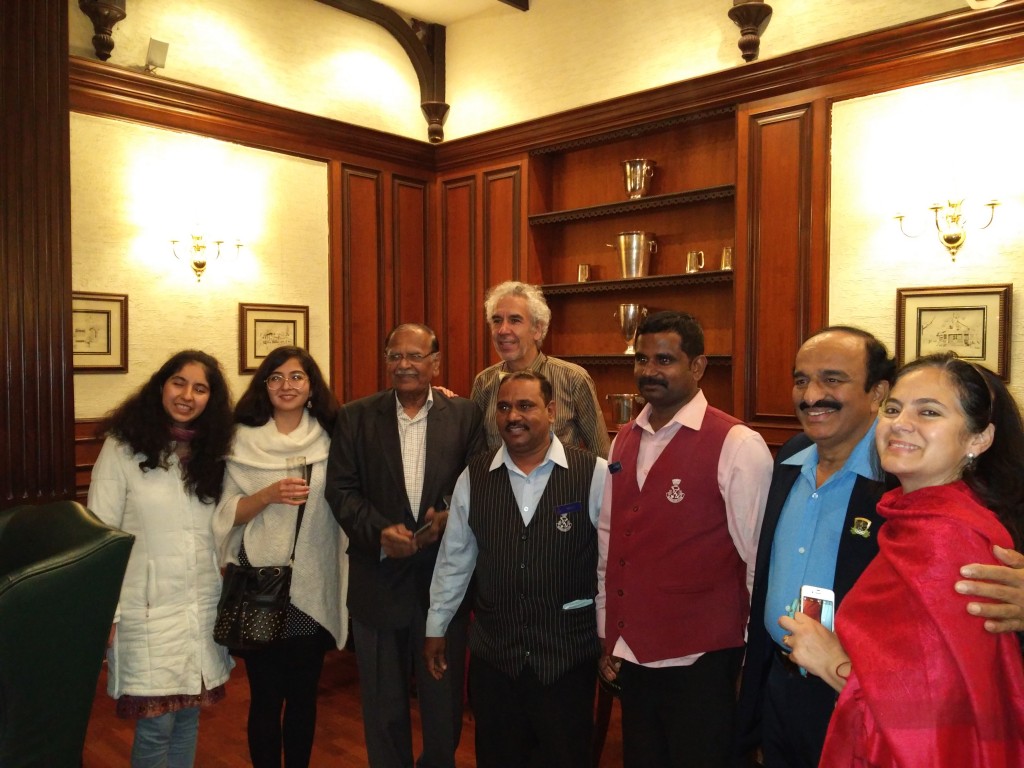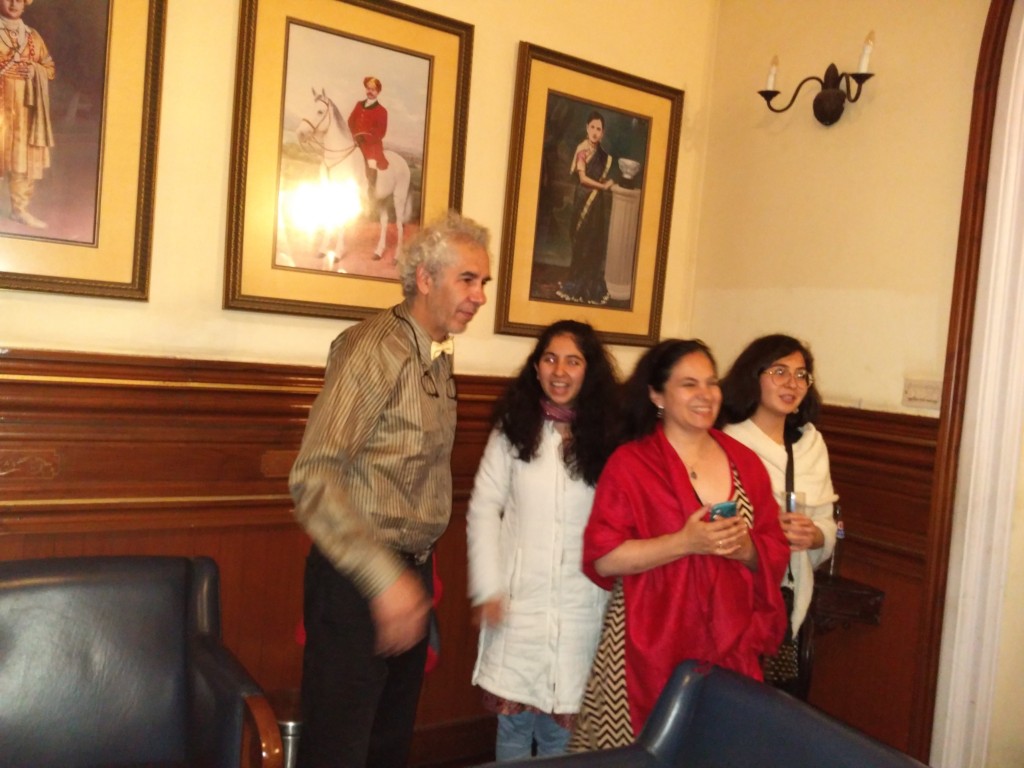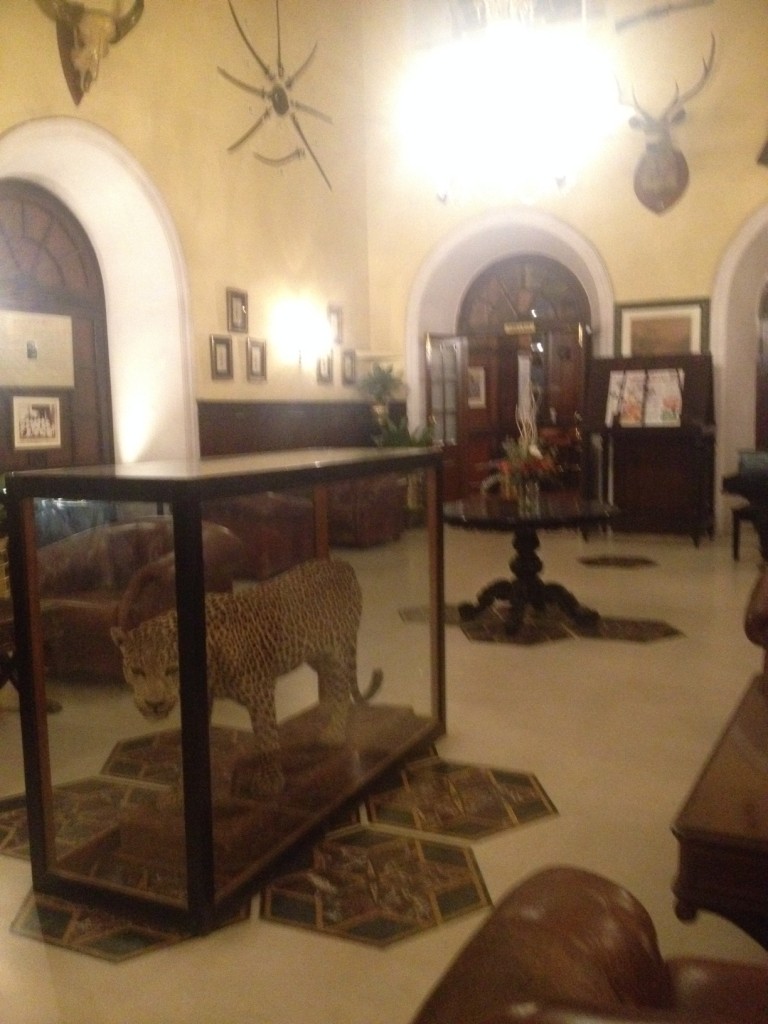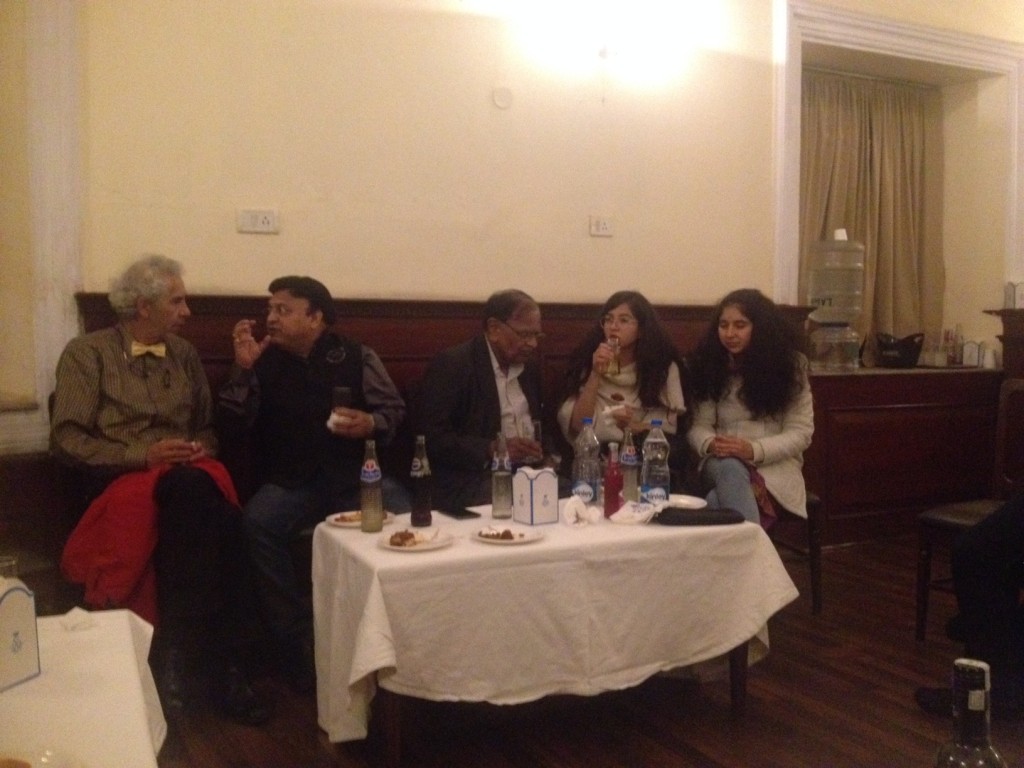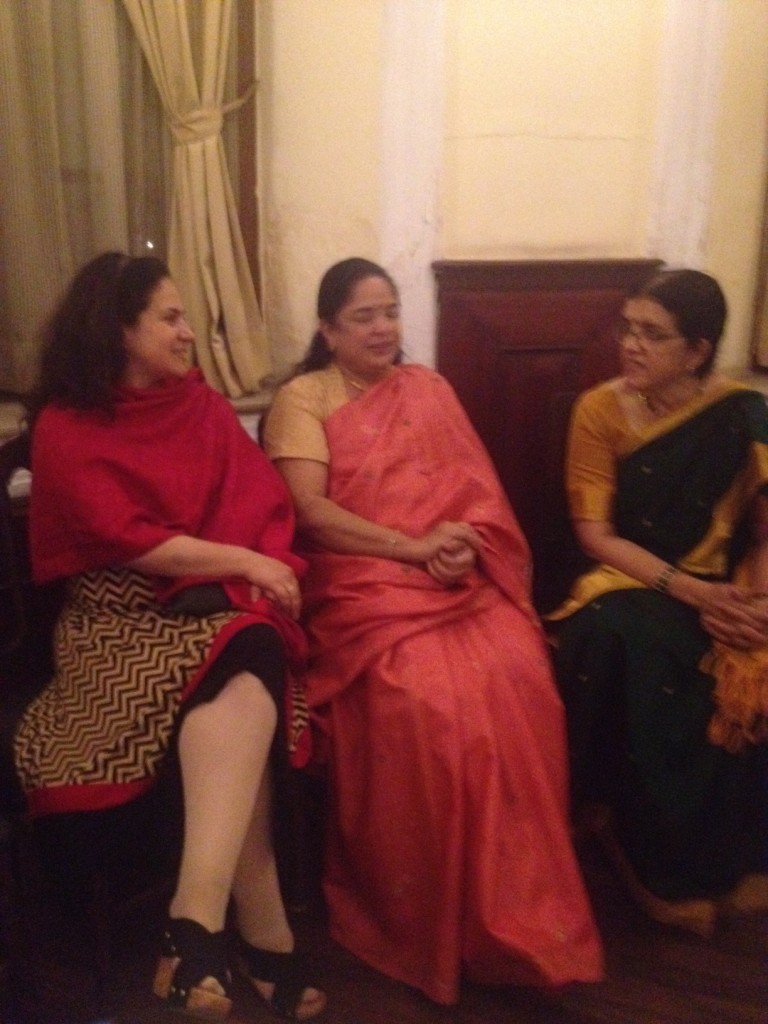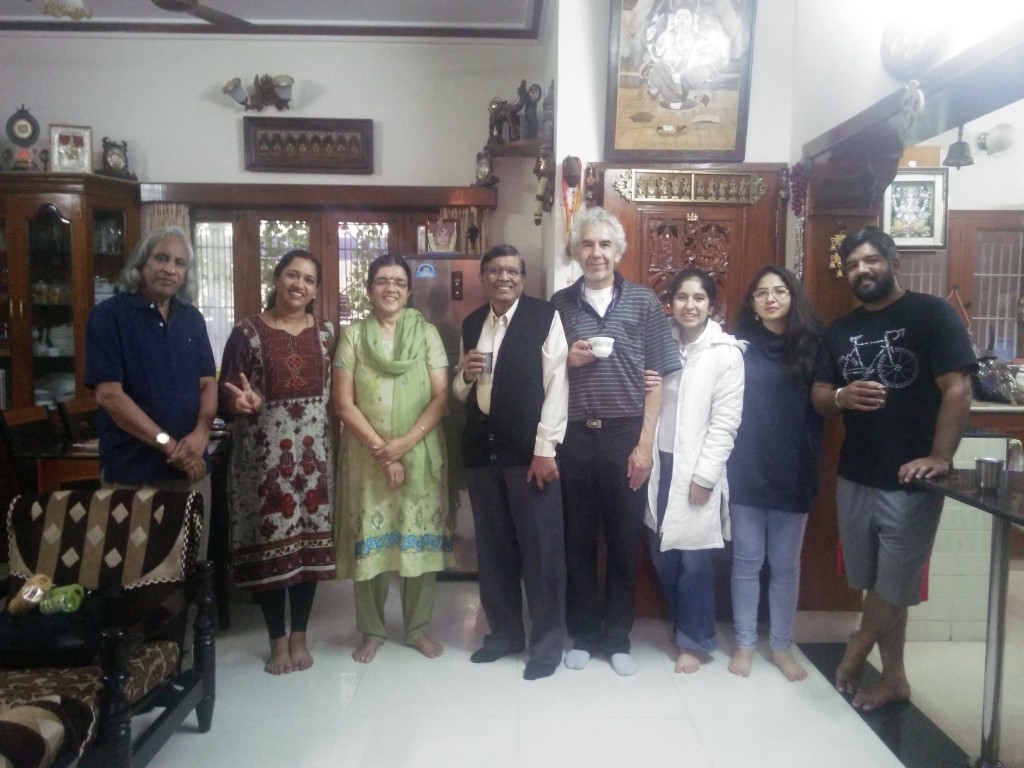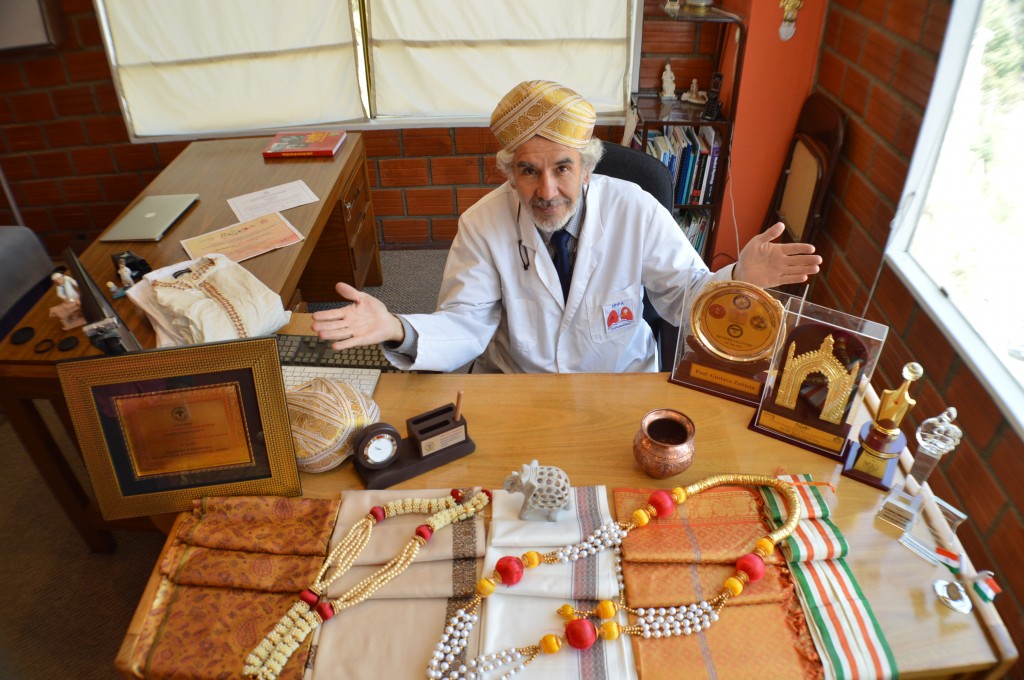Chronic Hypoxia Symposium VI – Follow-up
Oct 10 – 16, 2016
La Paz, Bolivia
Dedicated to the late Prof. Dr. Gustavo Zubieta-Castillo
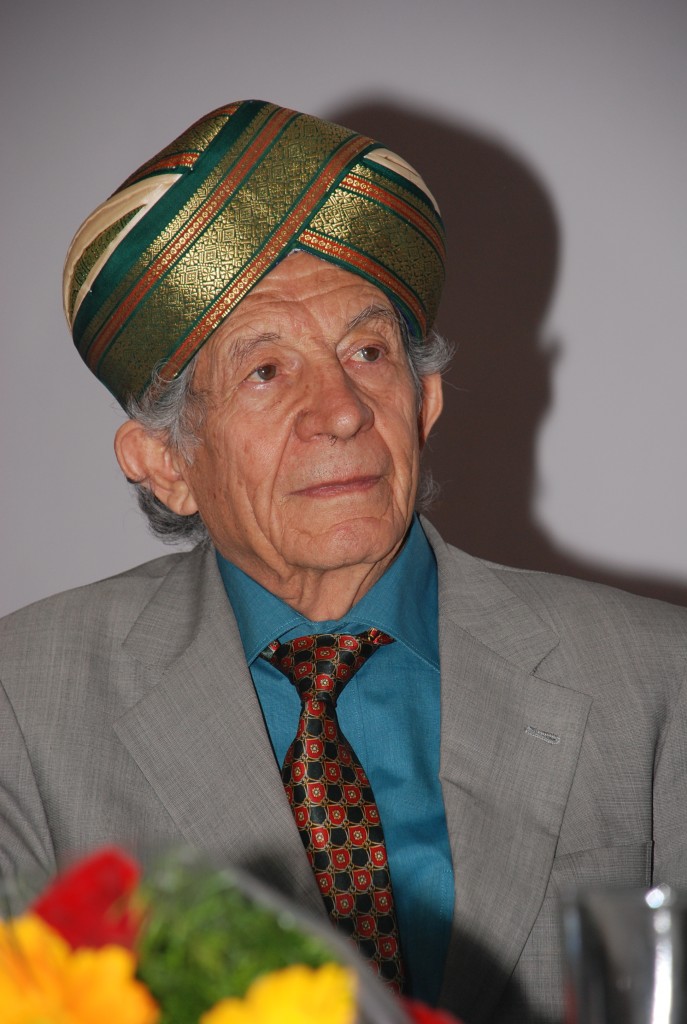
This unique itinerant symposium was a gathering of participants from around the world, all sharing a common interest in the wonder of the mountain environments, whether through research or other endeavors. With Chairman Dr. Gustavo Zubieta-Calleja at the helm, assisted by his family, medical students and Dr. Fabian Wayar. This symposium convened in La Paz (3100 – 4100m), and was generously supported by the High Altitude Pulmonary and Pathology Institute (IPPA) with collaboration by the Bolivian Navy, the La Paz Medical College and its President, Dr. Luis Larrea and the Universidad Franz Tamayo “Unifranz.” All were engaged in the lively presentations, and were wholly encouraged to participate in topic discussions.
Details of the Conference
The conference presentations were given almost exclusively in English. Attendees met in the Unifranz on the first day on Monday Oct 10, 2016, where opening words were given by Prof. Dr. Gustavo Zubieta-Calleja, Director of the High Altitude Pulmonary and Pathology Institute (IPPA) and Dr. Thuppil Venkatesh, President of the International Society of Chronic Hypoxia. This symposium was poignantly dedicated in the memory of the incomparable Dr. Gustavo Zubieta-Castillo, whose life was devoted to the study of hypoxia and the care of patients suffering from altitude illness. A presentation by Dr. Zubieta-Castillo’s granddaughter, Natalia Zubieta, highlighted his life’s work. Conference participants were provided with books commemorating Dr. Zubieta-Castillo with quotes from colleagues who respected and admired him and his work from around the globe.
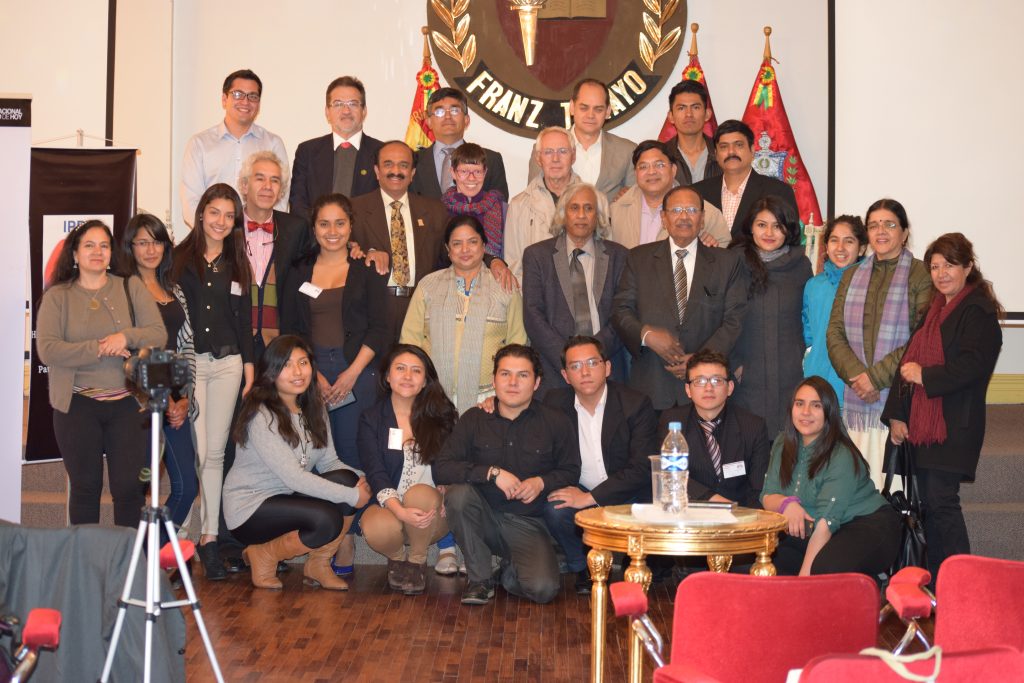
Dr. Giuseppe Miserocchi, former Professor of Physiology and Biophysics at the University Milano-Bicocca in Italy, gave an enlightening talk on the Inter-individual Differences in the Adaptive Response of the Lung to Hypoxia. Dr. Miserocchi described the conditions leading to lung edema, including miscrovascular permeability and increased cardiac output, versus the conditions opposing it, including interstitial matrix rigidity, vasoconstriction in pulmonary microcirculation, and reduced capillary patency. Variations exist among human response to diffusion capacity of the lungs during hypoxia, with more than half of the subjects showing an increase in alveolar membrane diffusing capacity that overpowered the decrease in lung capillary blood volume.
Dr. Zubieta-Calleja gave a lively presentation regarding The Road to “Defeating Hypoxia” is a timely exposure to chronic hypoxia. He also discussed polyerythrocythemia as a precise terminology developed by the late Prof. Dr. Gustavo Zubieta-Castillo, to be used instead of chronic mountain sickness. He reiterated the simple yet powerful formula:
Adaptation = time / altitude
Dr. Zubieta-Calleja challenged the belief that people life’s under chronic hypoxia is debilitating, arguing that many conditions may be treated with exposure to hypoxia. He gave evidence of increased longevity among high-altitude dwellers. He punctuated his talk by climbing on a chair and “punching” hypoxia, breaking it into pieces that fell down in the screen, to emphasize its defeat!
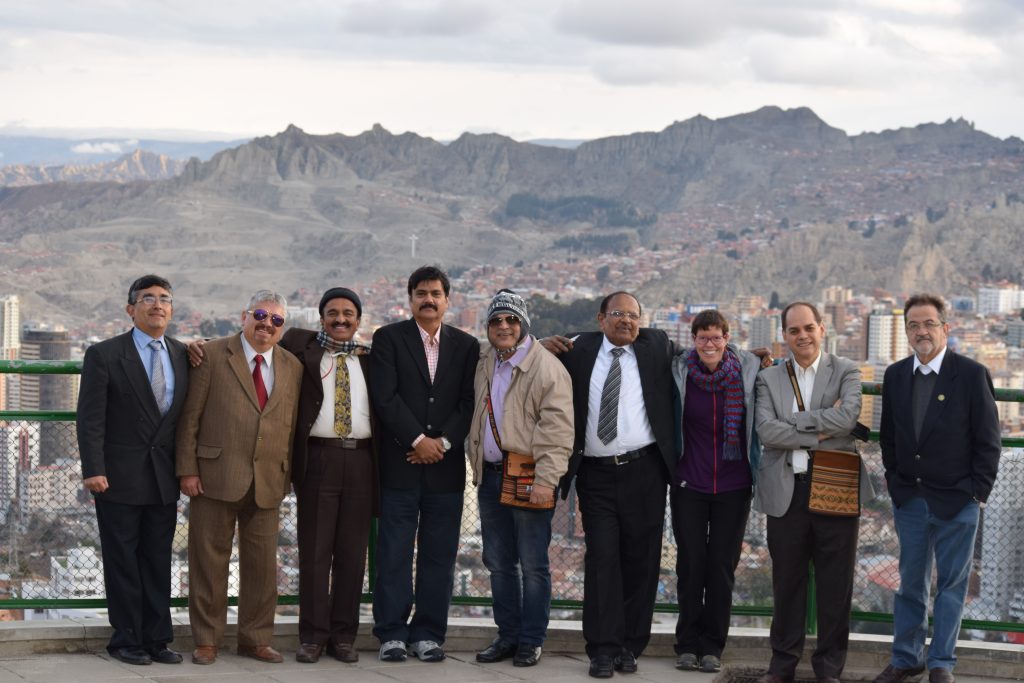
After several breaks, in which the conference attendees enjoyed tasty local cuisine such as salteñas, cunapes, and galletas, Dr. Benedito Honorio Machado from the School of Medicine of Riberao Preto in the University of Sao Paolo, Brazil presented “Neural Mechanisms Involved in Autonomic and Respiratory Changes in Rats Submitted to Short-Term Sustained Hypoxia.” In this talk, Dr. Machado described the role of short-term sustained hypoxia on anesthetized rats in increasing the sympatho-inhibitory and bradycardiac components of baroreflex, as well as the sympathetic and respiratory responses of peripheral chemoreflex. They found hypoxic exposure was associated with increased excitation of the nucleus tractus solitarius neurons on the carotid body and aortic depressor nerve. Changes in glial density were also noted.
Dr. Alla Portnychenko, Head of the International Centre for Astronomical, Medical and Ecological Research, NAS of Ukraine presented via webcam “Rebuilding of carbohydrate and lipid metabolism under hypoxia: Regularities and therapeutic possibilities.” Her studies on rats showed activation of hypoxia inducible factor 1a (HIF-1a) and -3 a subunits during hypoxia, resulting in the induction of GLUT-4 and -1 in the myocardium and lungs. This resulted in a change from carbohydrate to predominantly lipid substrate up-regulation. In humans, they found changes in cholesterol metabolism, leptin and insulin-growth factor IGF-1 plasma levels, and positive correlation with HIF-dependent protein IFG-1 and HDL-cholesterol. She concluded with the intriguing suggestion that hypoxia might be used to correct metabolic disorders in some people.
Dr. Zoya Serebroska of the Bogomoletz Institute of Physiology in Ukraine presented via webcam “Potential application of cerium dioxide nanoparticles for acute pneumonia treatment.” She and her team found that CeO2 nanoparticles significantly reduced morphological and functional pulmonary damage in rats after exposure to pneumonia. It was noted that Dr. Serebroska’s mother Dr. Tatiana Serebrovskaya, also a hypoxia researcher, was one of the first to suggest the role of nitric oxide as an important molecule in vasodilatory regulation.
Dr. Walter Calderon of the Hospital Nacional Ramiro Prialé, EsSalud, Huancayo, Junín, Perú and the Universidad Nacional del Centro del Perú, Huancayo, Perú presented “Prospective Validation of Framingham Criteria for Congestive Heart Failure diagnosis in a High Altitude Population” He noted that sensitivity was 98.6% for patients with Heart Failure, but specificity of these criteria were only 12% among patients who presented with dyspnea and at least one of the major Framingham criteria. He showed a compelling picture of collateral circulation from a cardiac cath.
Dr. Jose Antonio Carmona Suazo of the Hospital Juarez in Mexico presented “CO2 reactivity, a tool for prevention of HACE (High Altitude Cerebral Edema): Hands-on workshop.” He gave an exciting hands-on demonstration of the non-invasive and safe ability to monitor the level of cerebral blood flow, ETCO2 in humans at altitude. Cerebral and respiratory effects were measured on Dr. Thuppil Venkatesh, who happily volunteered.
The Tiwanaku Código 0.4666 was presented by Willy Eduardo Cortez Hemzler, Investigador y Artista Plástico. Señor Cortez described how he discovered that the ratio of the length and width of the building materials at Tiwanaku equals 0.46, which is maintained throughout the structures. He showed the relationship of 0.46 to the radius of a circle.
After this, participants were treated to a bus tour of the city of La Paz.and the Inauguration Ceremony was held at the IPPA Building auditorium.
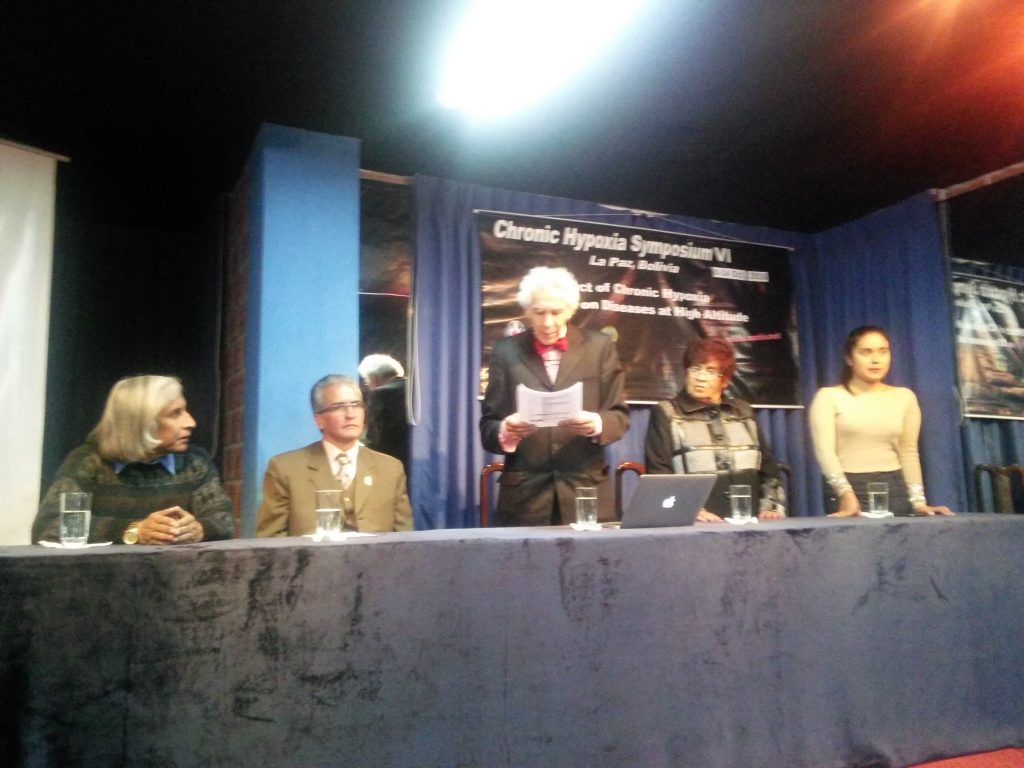
It was a lively ceremony, with honored by the presence of 4 ambassadors (Great Britain, Mexico, European Union and Italy) and the representative of the Consulate of India, along with the representatives of the La Paz Medical College, Unifranz and the Bolivia. The La Paz Mayor’s office through its representative, granted Prof. Thuppil Venkatesh the “Huesped Ilustre de la ciudad de La Paz” (Distinguished Guest of the city of La Paz), normally given only to outstanding personalities (like Presidents) that visit our city.
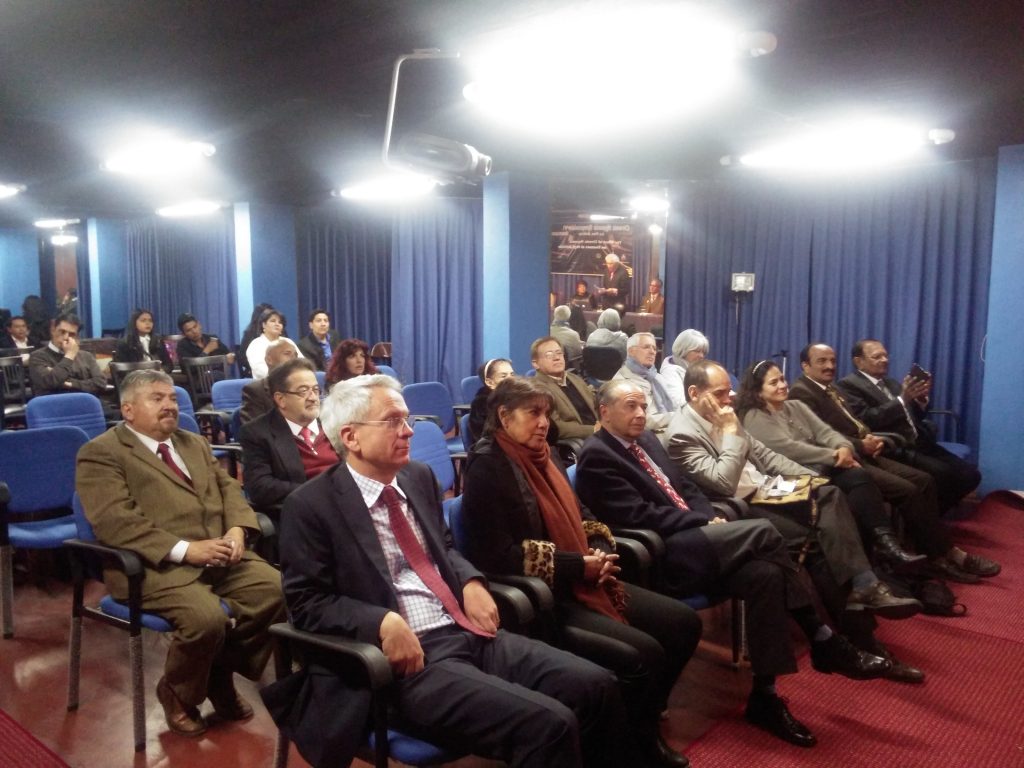
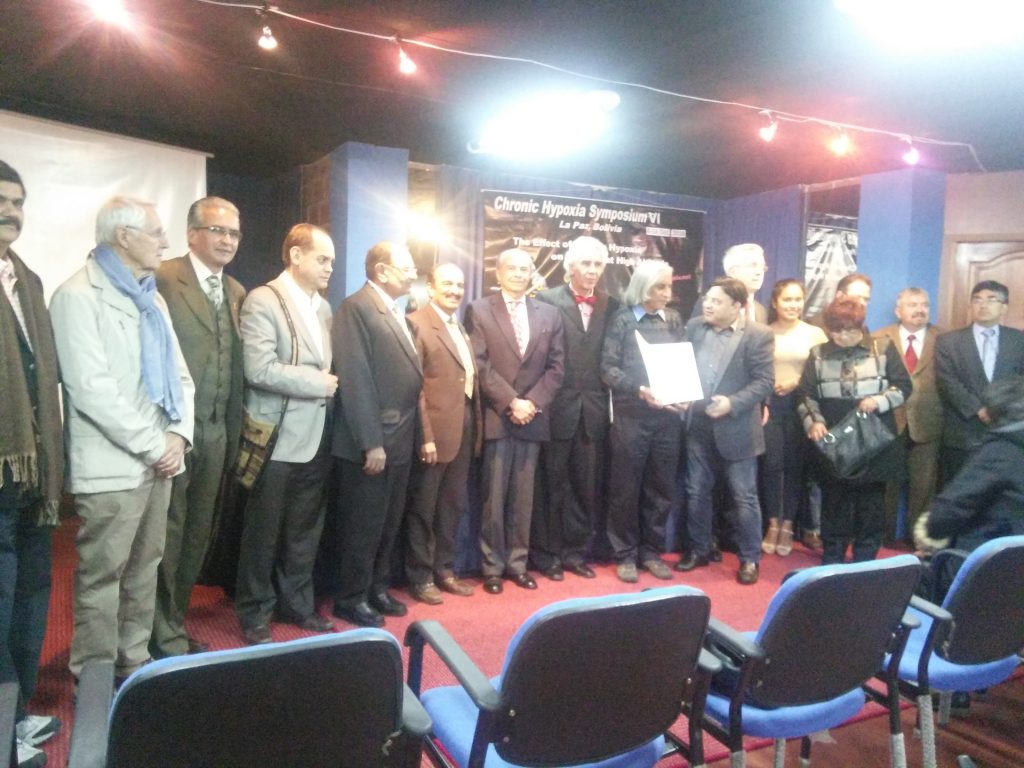
On Tuesday, October 11, participants left early in the morning to the ruins Tiwanaku and the Archaeological Museum, at 3800m. The morning provided a fascinating tour of the grounds of unknown age. Willy Eduardo Cortez Hemzler was the impromptu tour guide. The attendees also saw the big Monolito Bennet at Tiwanaku, and visited the ruins of Punta Punku, believed to be even older than Tiawanaku.
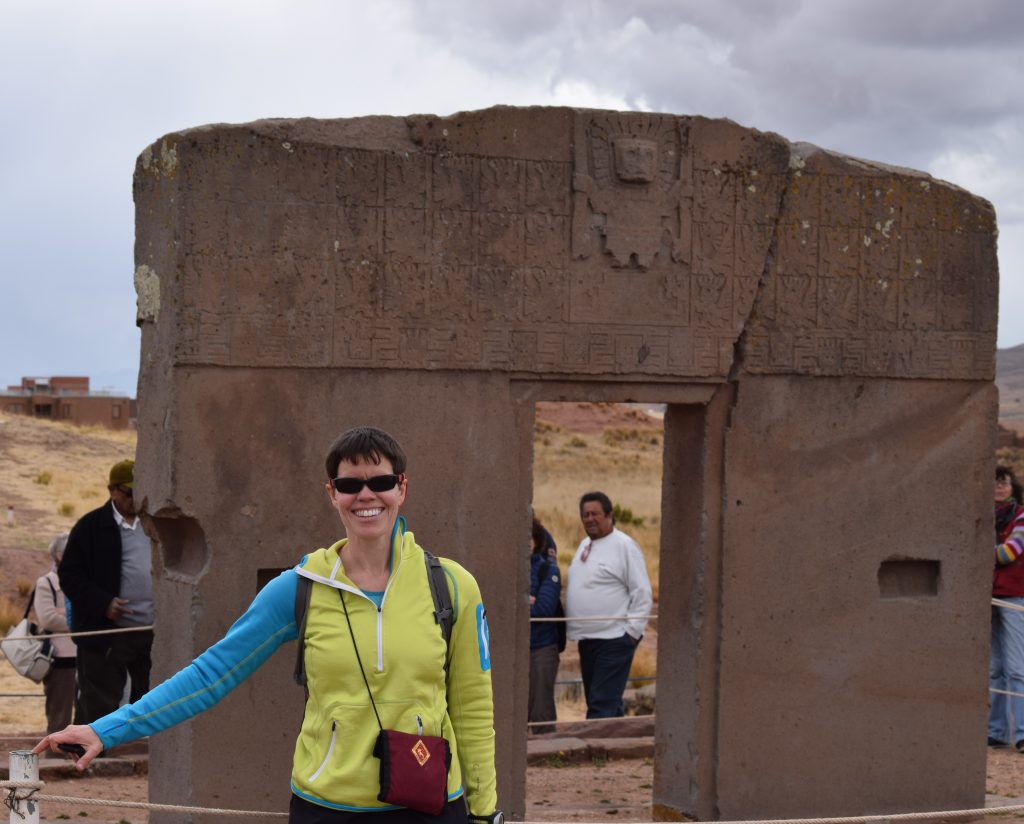
After this intriguing look at Bolivian history and life since ancient times at high altitude, participants had a late lunch on the Barco Multiproposito of the Bolivian Army. We were received in true elegance and style by the Army. Talks continued with Dr. Giuseppe Miserocchi continuing his presentation on “Inter-individual differences concerning the oxygen diffusion-transport function in the lung.” One fascinating thing we learned was that middle-distance runners tend to fare poorly at altitude, due to increased permeability at the alveolar level!
Next, presented Rajashekar Nanjappa of the Regional General Manager, THE HINDI NEWSPAPER, Bengaluru, India Media & Mountain Medicine A Commitment: Role and Impact of Media on Society and with Special reference to Newspapers role in Public Awareness. He focused on the endeavors of LESAAT which has organized treks at high-altitude around the globe.
After these presentations, attendees returned to La Paz at Unifranz and viewed the poster competition entries. These were “Development and validation of new sepsis criteria at high altitude” by Dr. Walter Calderon-Gerstein, and “Spirometry values of high-rise residents” of La Paz, Bolivia by one of the medical students, both awarded the 100 US$ price donated by Prof. Thuppil Venkatesh, President of the International Society of Chronic Hypoxia.
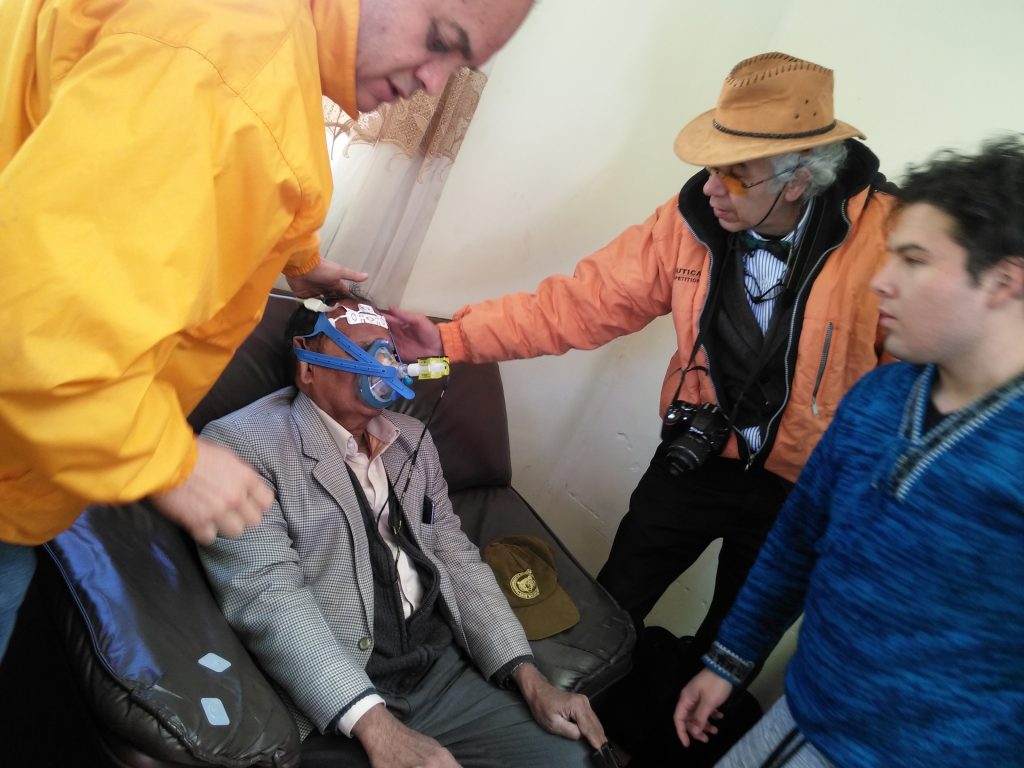
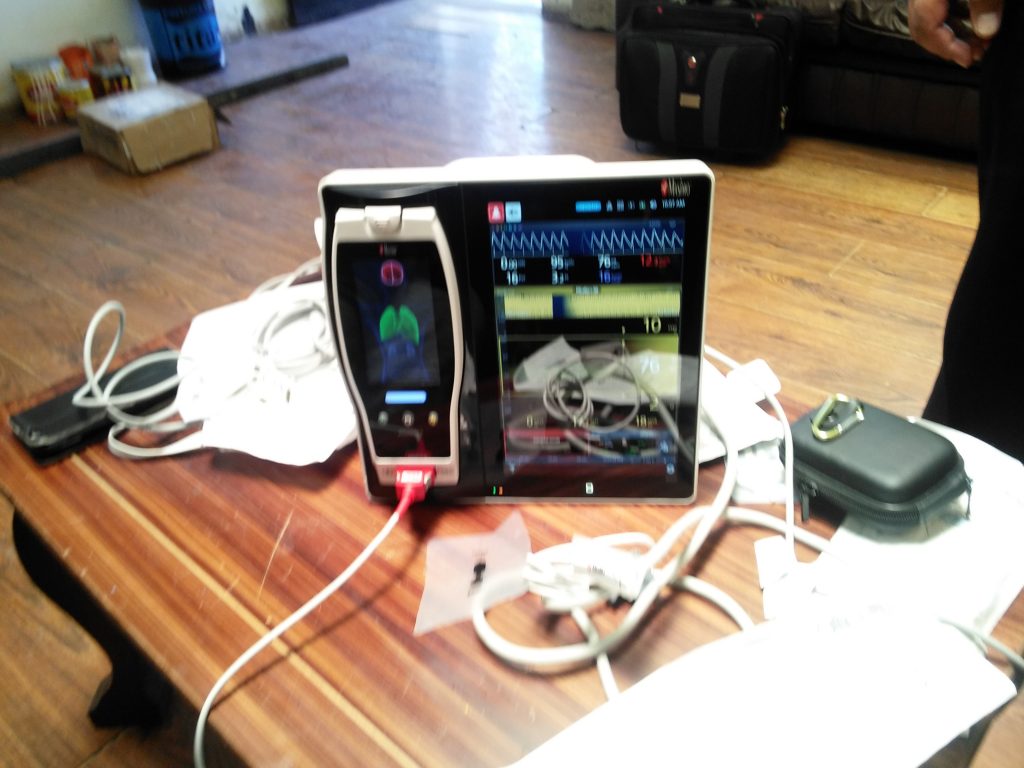
On Wednesday, October 12, participants rose early for the bus ride to Lake Titicaca at 3800m. Participants visited the High Altitude Diving Training Center in Tiquina.
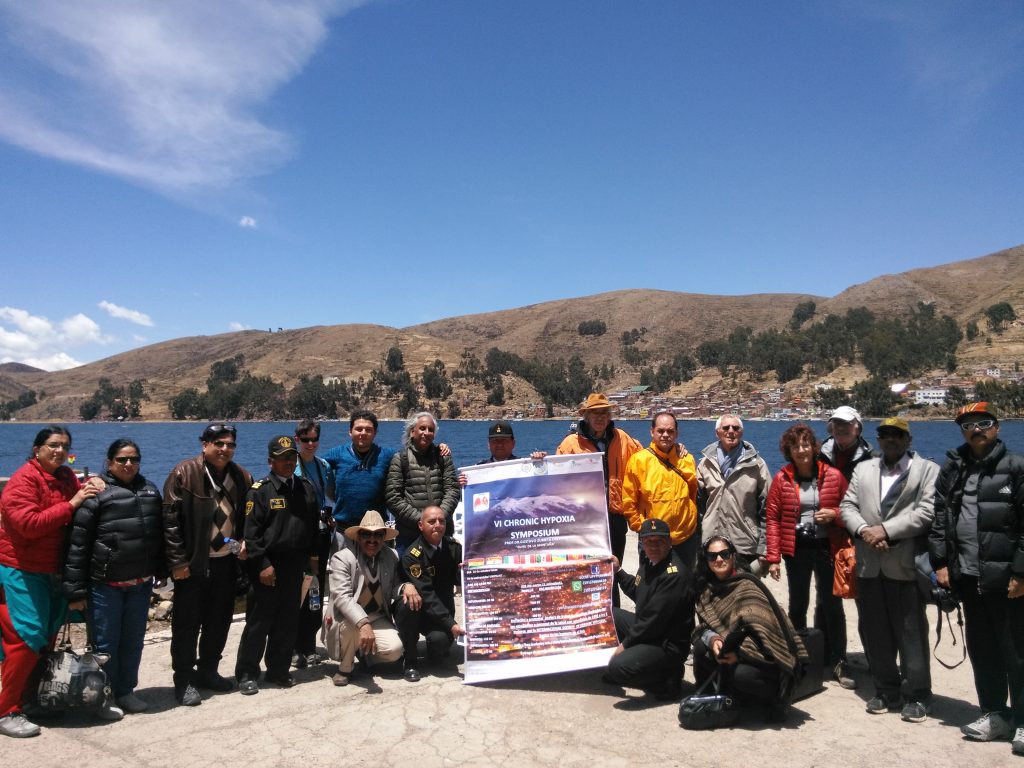
Here, talks were given by the Comander of the Diving Center, Cap. Chavez who described in Spanish the history and workings of the Dive Center (CIBA) and the challenges encountered while diving at altitude (buceo en altura). After a delicious lunch tasting the high altitude lake trout, participants toured the hyperbaric chamber and the hospital boat located on the base.
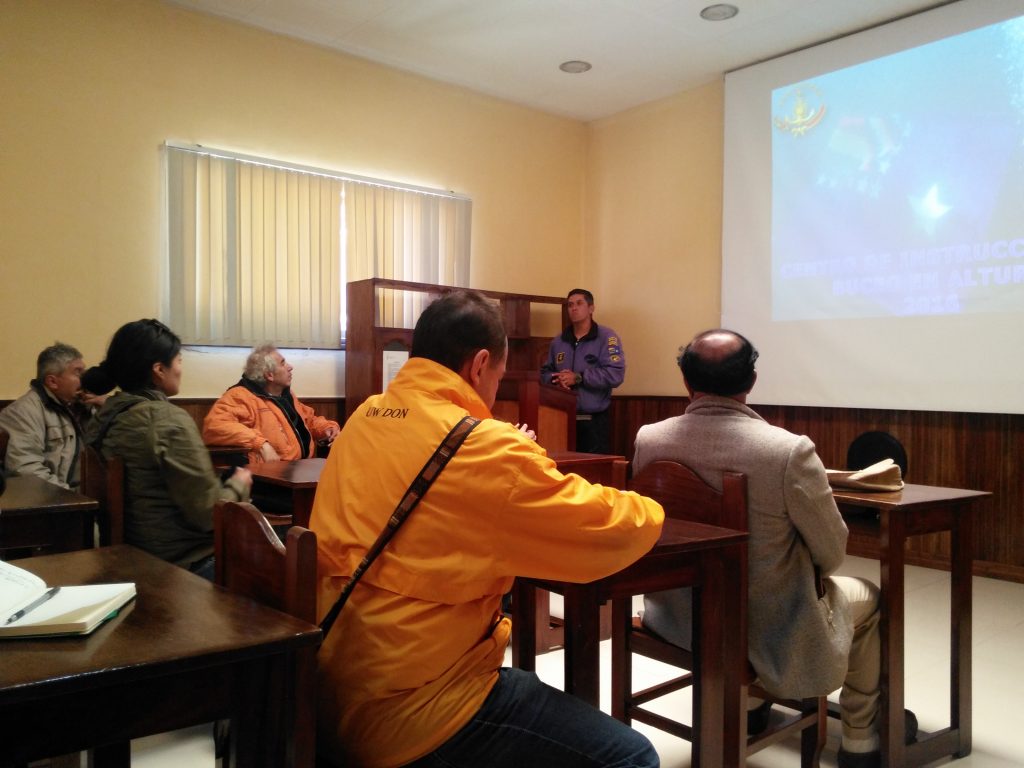
Other talks that day included “Low Altitude Peripheral Edema (LAPE): The opposite of HAPE or HACE” by Prof. Dr. Gustavo Zubieta-Calleja, on the swelling (positive Godet sign) that occurs when high-altitude residents spend time in low-altitude environments. He described the changes in sialic acid levels obtained from red blood cells in his family after a trip to low-altitude destinations in India.
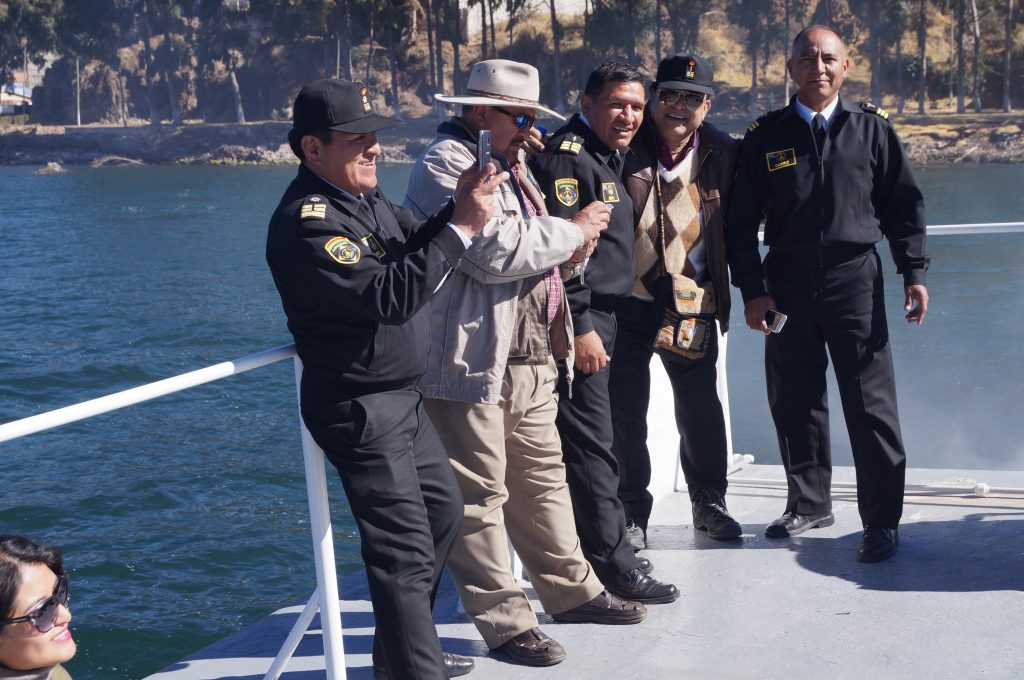
A pre-recorded lecture by Dr. Sadykova from the Institute of Mountain Physiology National Academy of Sciences, Kyrgyz Republic described the neuroendocrine changes occurring at altitude. Among those, elevated norepinephrine, dopamine, serotonin, TSH and T4, and a reduction of testosterone and T3 were noted.
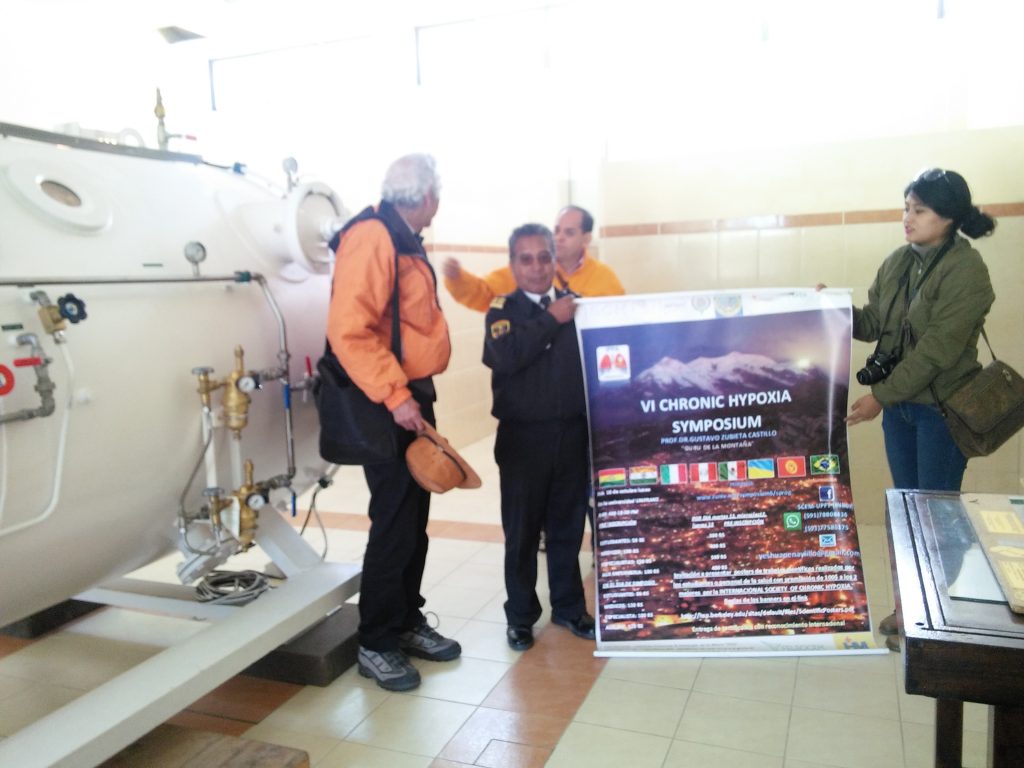
KVR Tagore, President of LESAAT, then described “Mountains – Law – Ethics ,” and discussed the importance of protecting mountains as precious resources through sustainable tourism.
Finally, Willy Eduardo Cortez Hemzler took time to finish his lecture from Monday on Tiwanku and the code of 0.466.
After these presentations, attendees returned to La Paz at Unifranz and viewed the poster competition entries. Two were granted the first prize of 100 US$ donated by Prof. Thuppil Venkatesh, President of the International Society of Chronic Hypoxia. These were: “Development and validation of new sepsis criteria at high altitude” by Dr. Walter Calderon-Gerstein, and “Spirometry values of high-rise residents” of La Paz, Bolivia by one of the medical students.
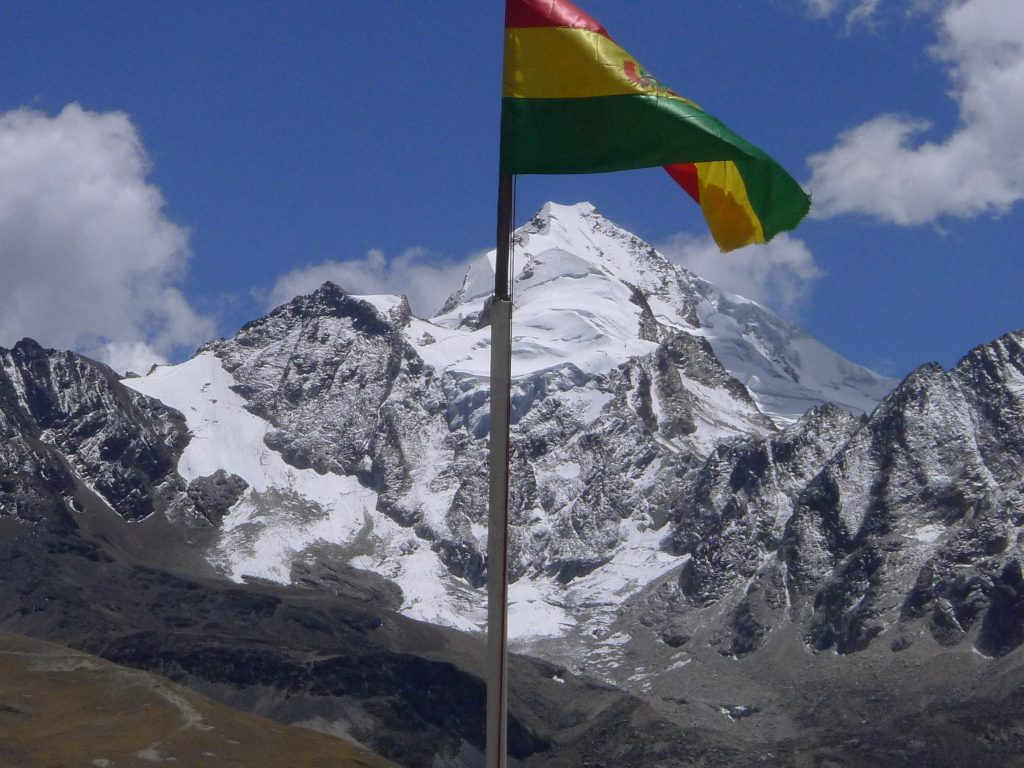
On Thursday, October 11, participants traveled initially to the Refugio of Huayna Potosi and later to Chacaltaya (5260m). Scores of llamas and alpacas were photographed by the curious attendees, some of whom even got to view a glimpse of the shy and reclusive vicuña!
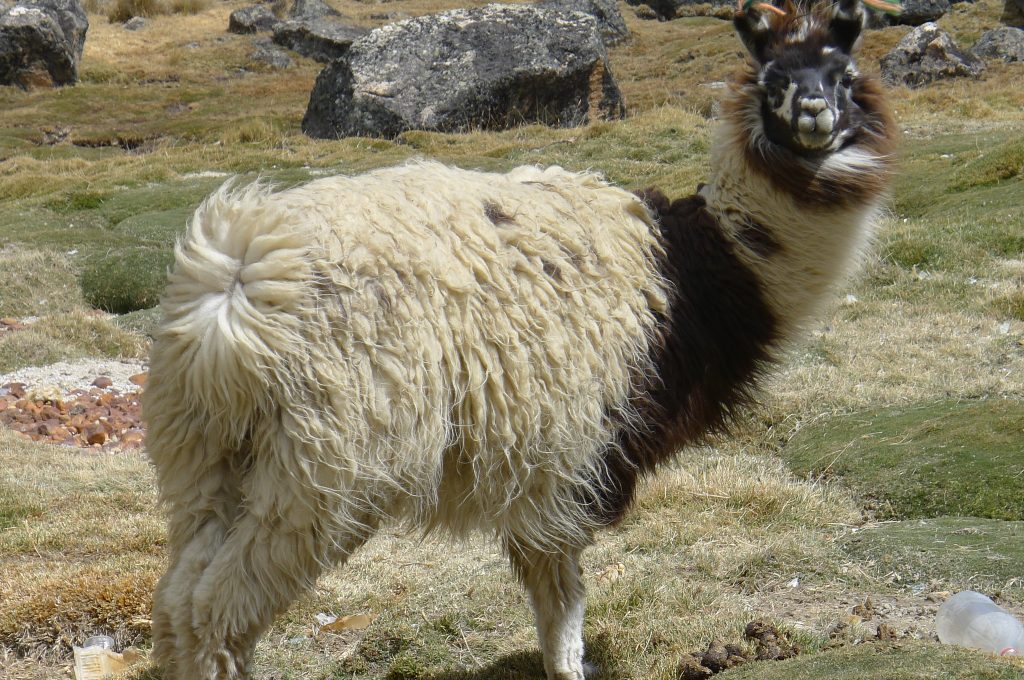
In Chacaltaya, Nam Deo of Bangalore, India gave a talk “Vihangam Yog helps in high altitude chronic hypoxia” and led the group in meditation on the shoulder of the mountain.
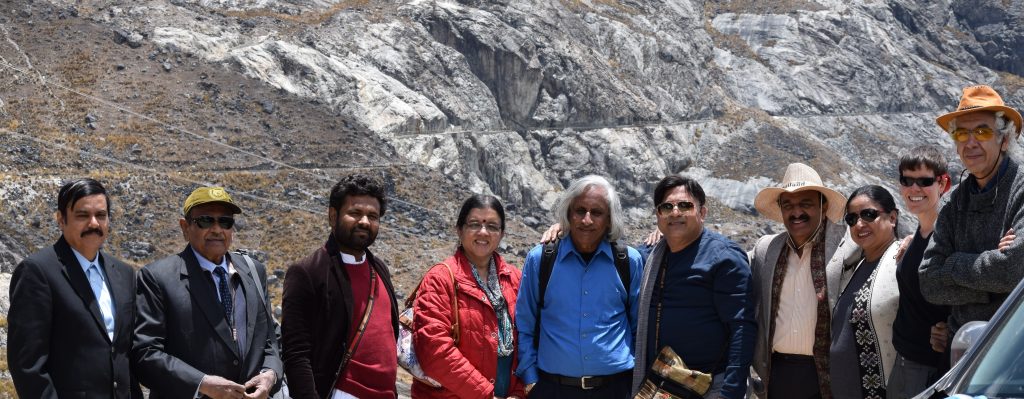
Interestingly, one of the participants reported that her pulse oximetry reading increased from 89% to 93% after the meditation session, Dr. Zubieta-Calleja, explained that as reported in one of his papers, breath holding at high altitude can momentarily increase the SpO2 to even sea level values of 98%.. Dr. Thuppil Venkatesh then gave a speech about “Life in high altitude conditions.” Prof. Sadashivaya, gave an interesting talk about the importance of “forestation at high altitude”. Prof. Nanjapa of the Hindu Newspaper talked about high altitude and the media, K.V.R Tagore talked about philosophical aspects of mountain climbing. Prof. Satish Jain also mentioned about his experience with high altitude.
Finally Prof. Dr. Gustavo Zubieta-Calleja, gave a talk about the evolution of high altitude medicine, the tolerance to hypoxia at high altitude and thanked everyone for participating in this outstanding symposium, where the visit to different altitude sights to show normally developing life is a one of the fundamental objectives of defeating the wrong concepts of hypoxia.
All these talks filmed outdoors with the Chacaltaya Pyramid “the highest laboratory in the world 5250m)” (shown in the background), created by the late Prof. Dr. Gustavo Zubieta-Castillo and his son Prof. Dr. Gustavo Zubieta-Calleja, in conjunction with the Club Andino Boliviano.
Upon returning to La Paz, a dinner and closing ceremony was held at the residence of Prof. Dr. Gustavo Zubieta-Calleja in the southern residential area of Calacoto. It was a special gathering where Dr. Satish Jain assisted in preparing some food from India, along the food that Lucrecia De Urioste with her assistant, Lucia, Natalia and Rafaela so beautifully presented for all those attending. Some talks also took place here.
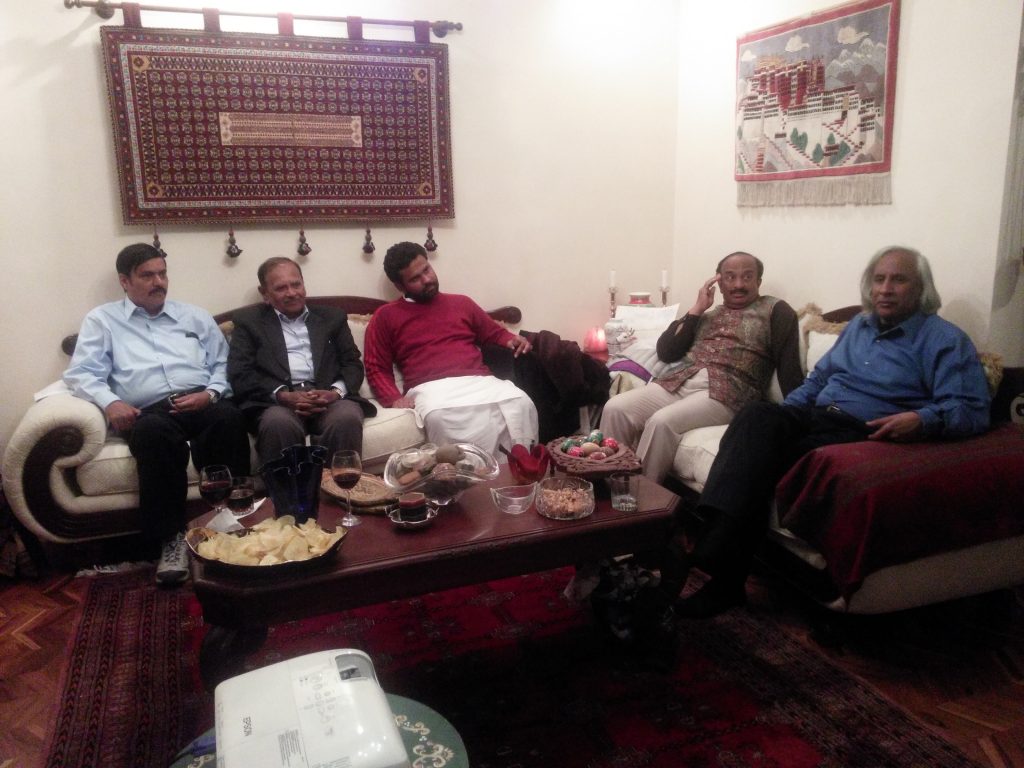
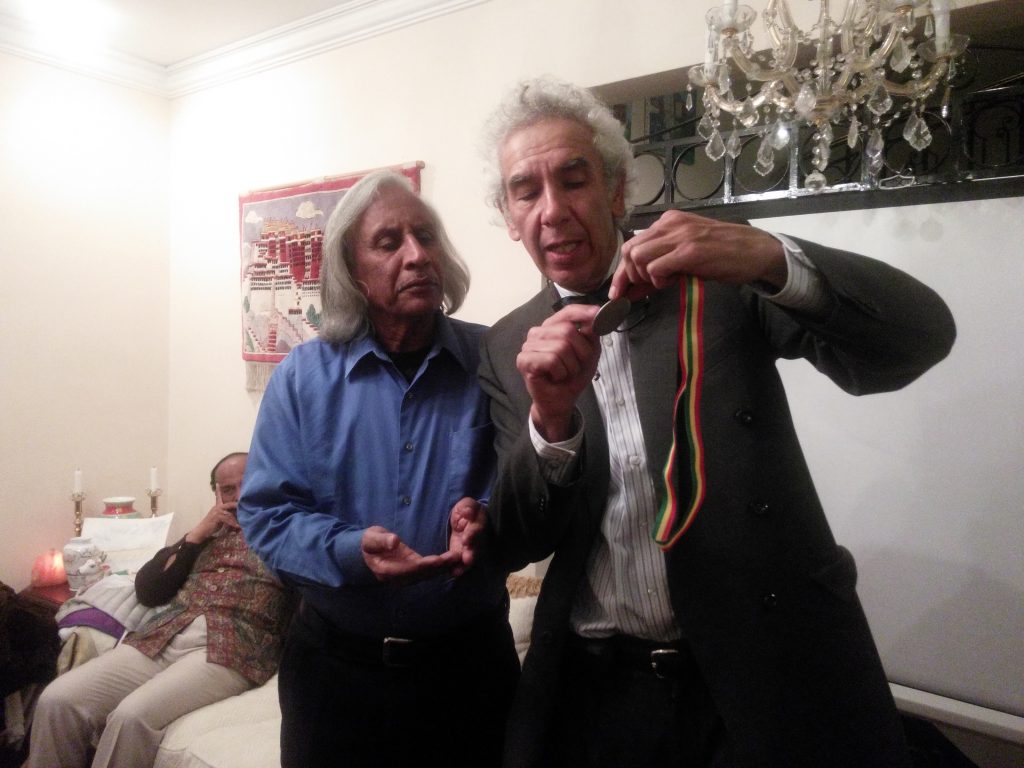
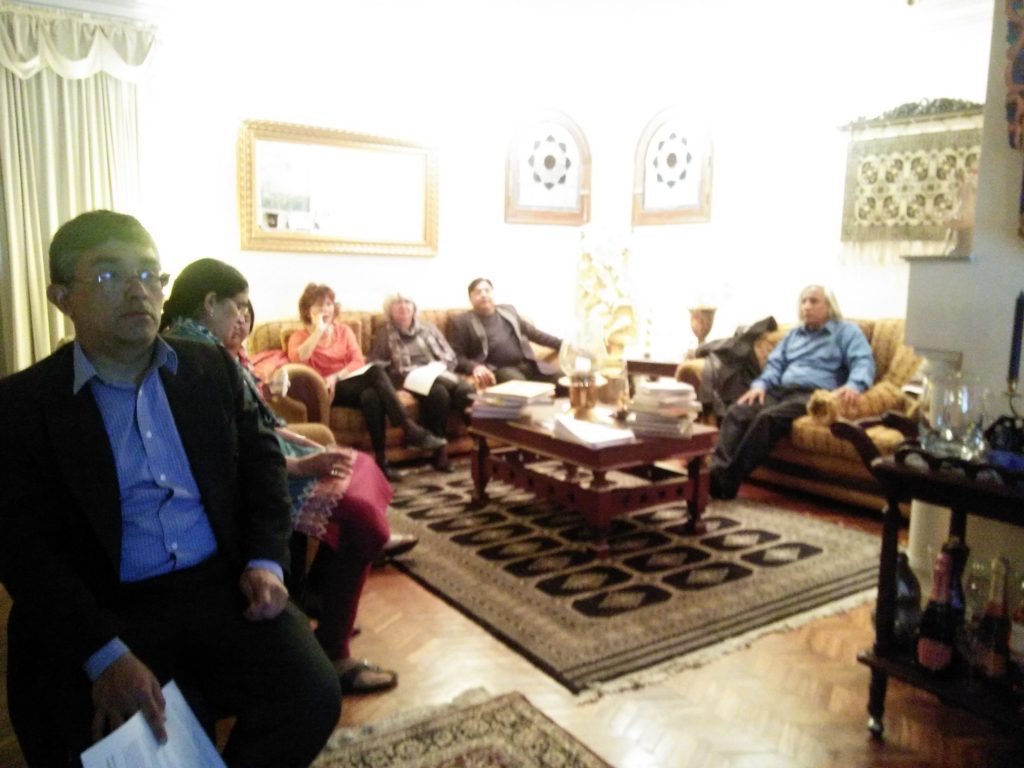
Dr. Giuseppe Misserochi presented Dr. Zubieta-Calleja with a gift of a water color painting of the Cordillera, that he personally painted while enjoying the beatufil mountains around La Paz.
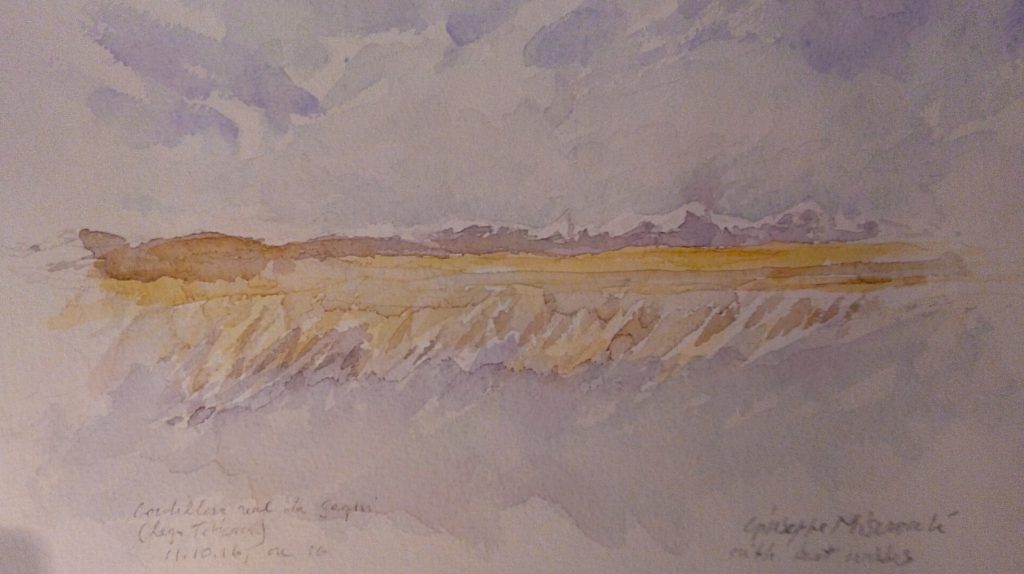
Nam Deo from India, leaded everyone in a meditation session in the living room.
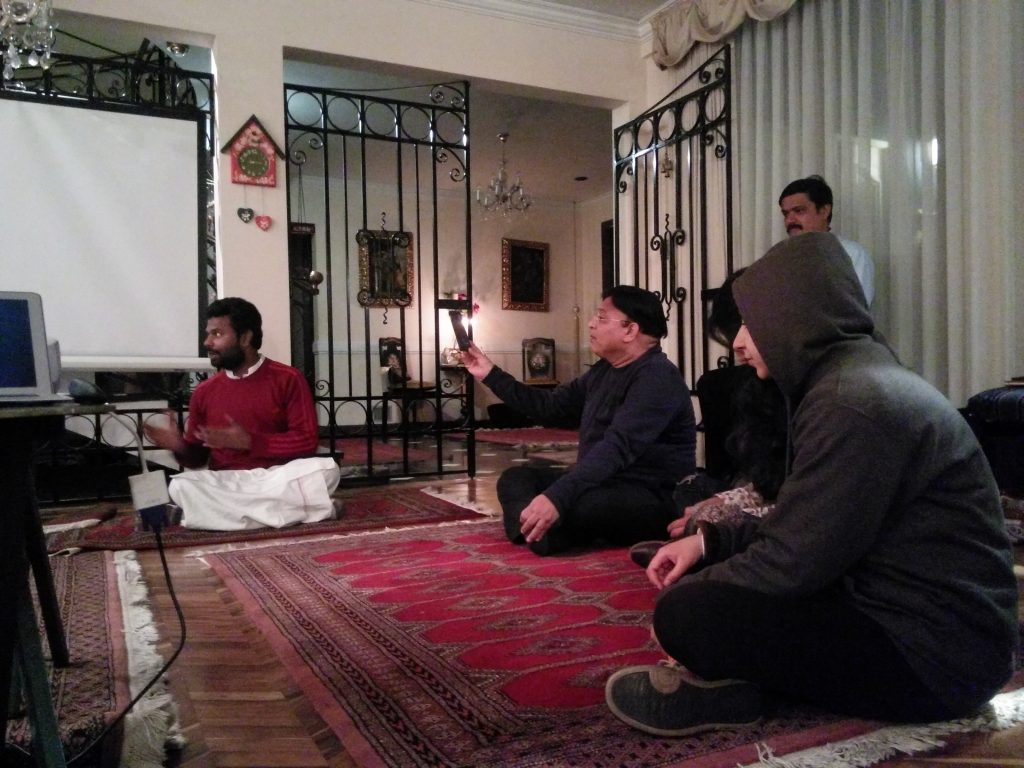
Awards and certificates were presented and the Symposium was closed.
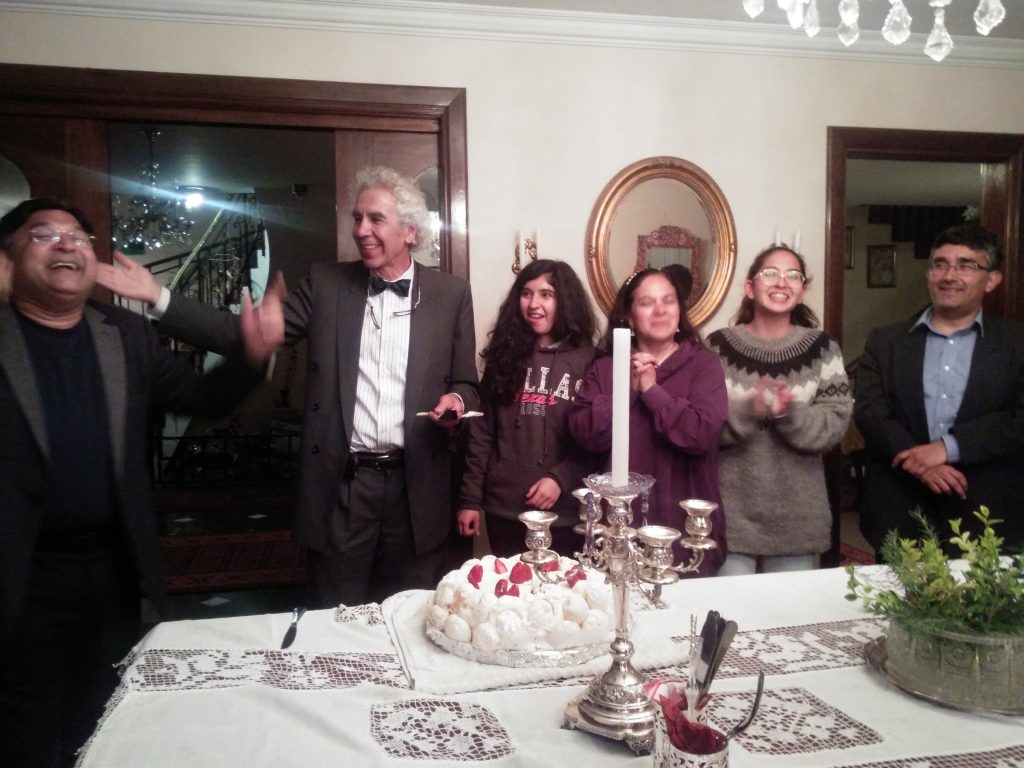
The colleagues and friends from India, joined us in a trip to visit the incredible Salt Lake, Potosi and Sucre. Life at high altitude flourishes everywhere!
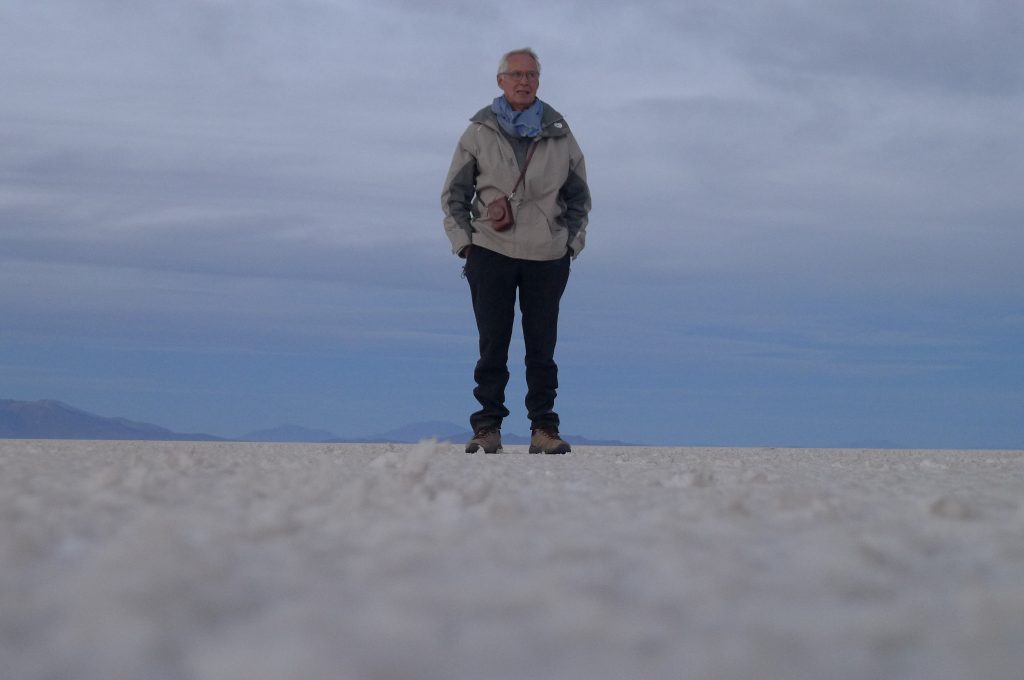
See you in the VII Chronic Hypoxia Symposium in two years!!
written by Annie Wislowski
Edited by Prof. Dr. Gustavo Zubieta-Calleja
